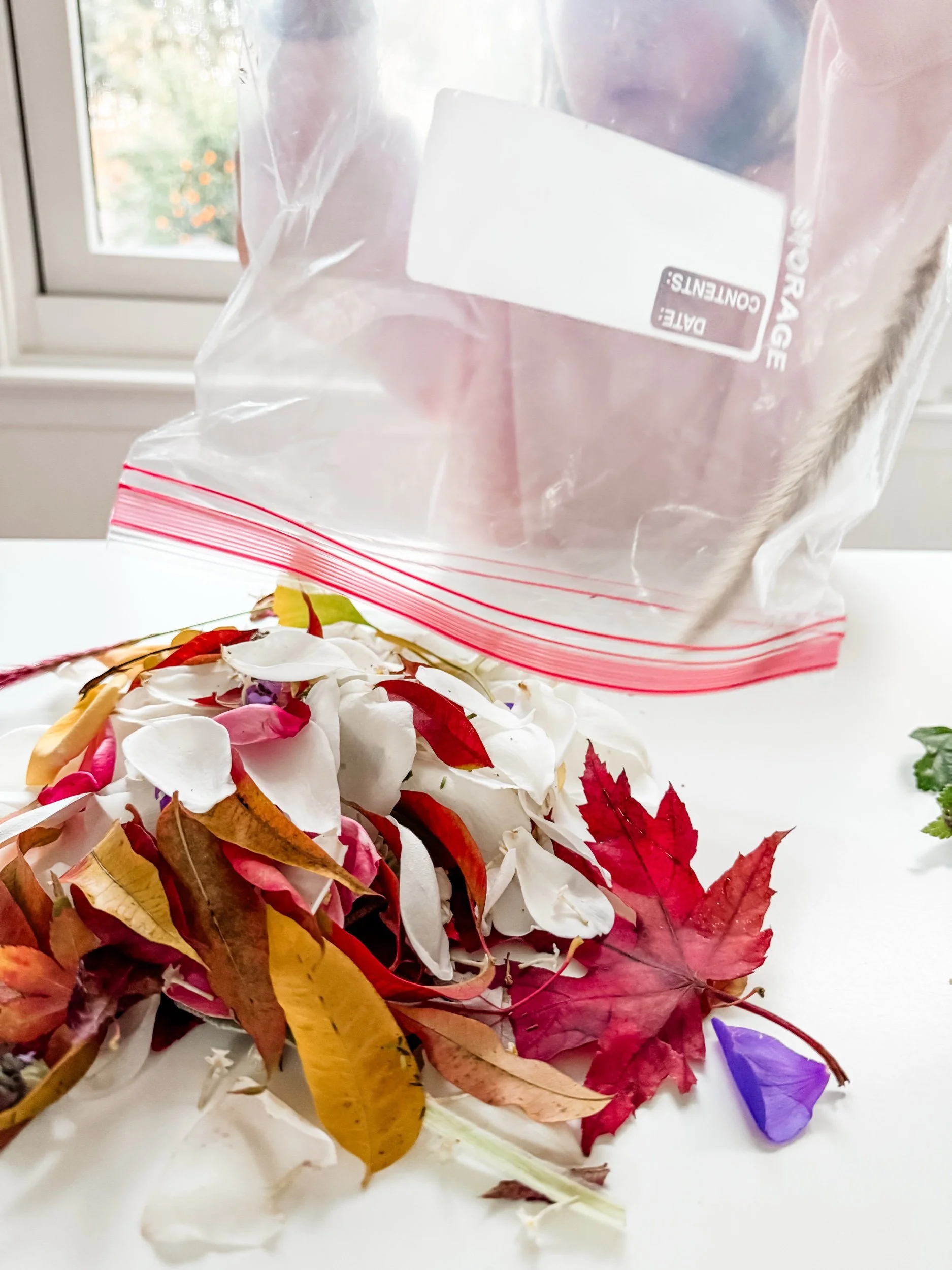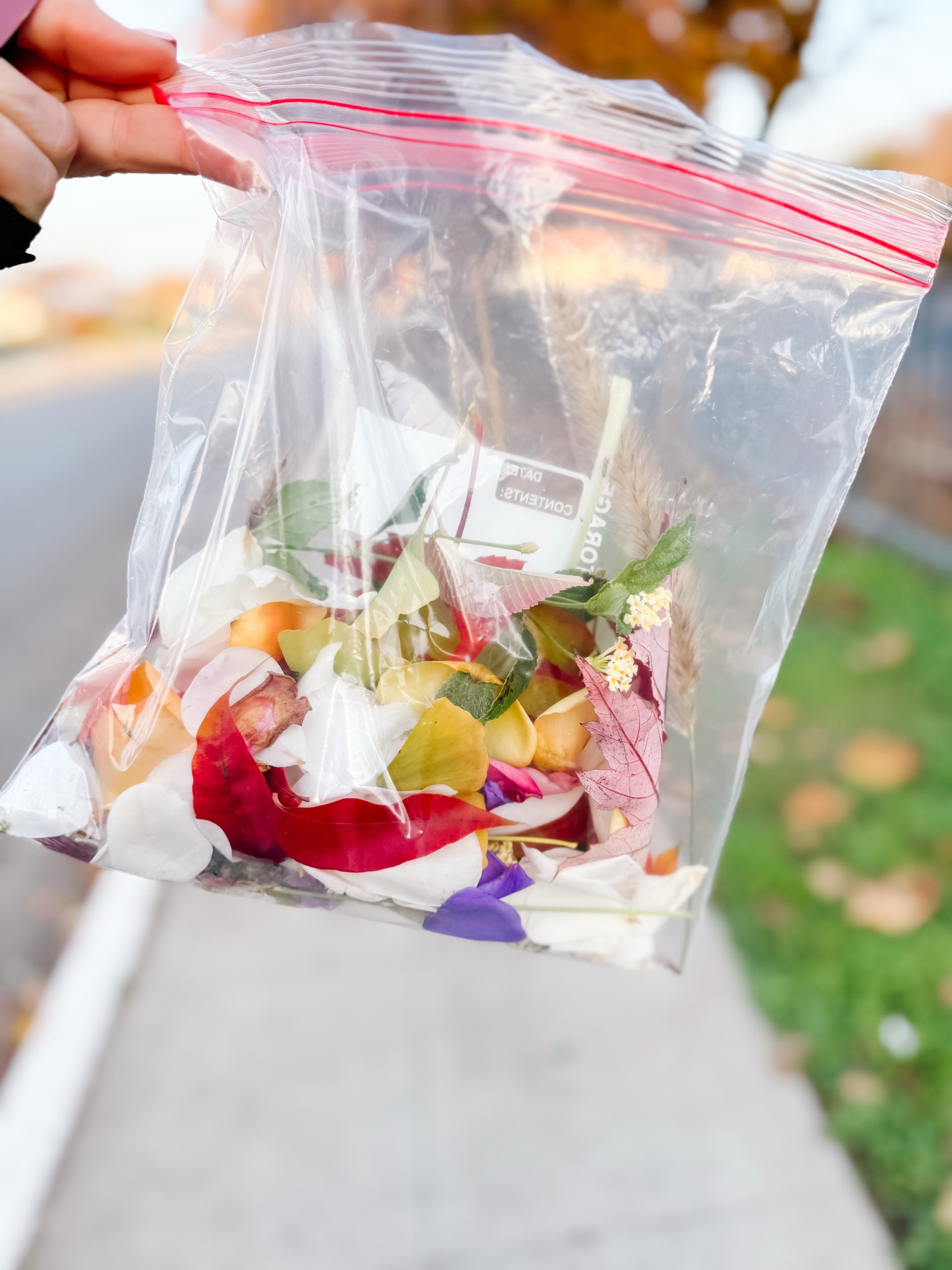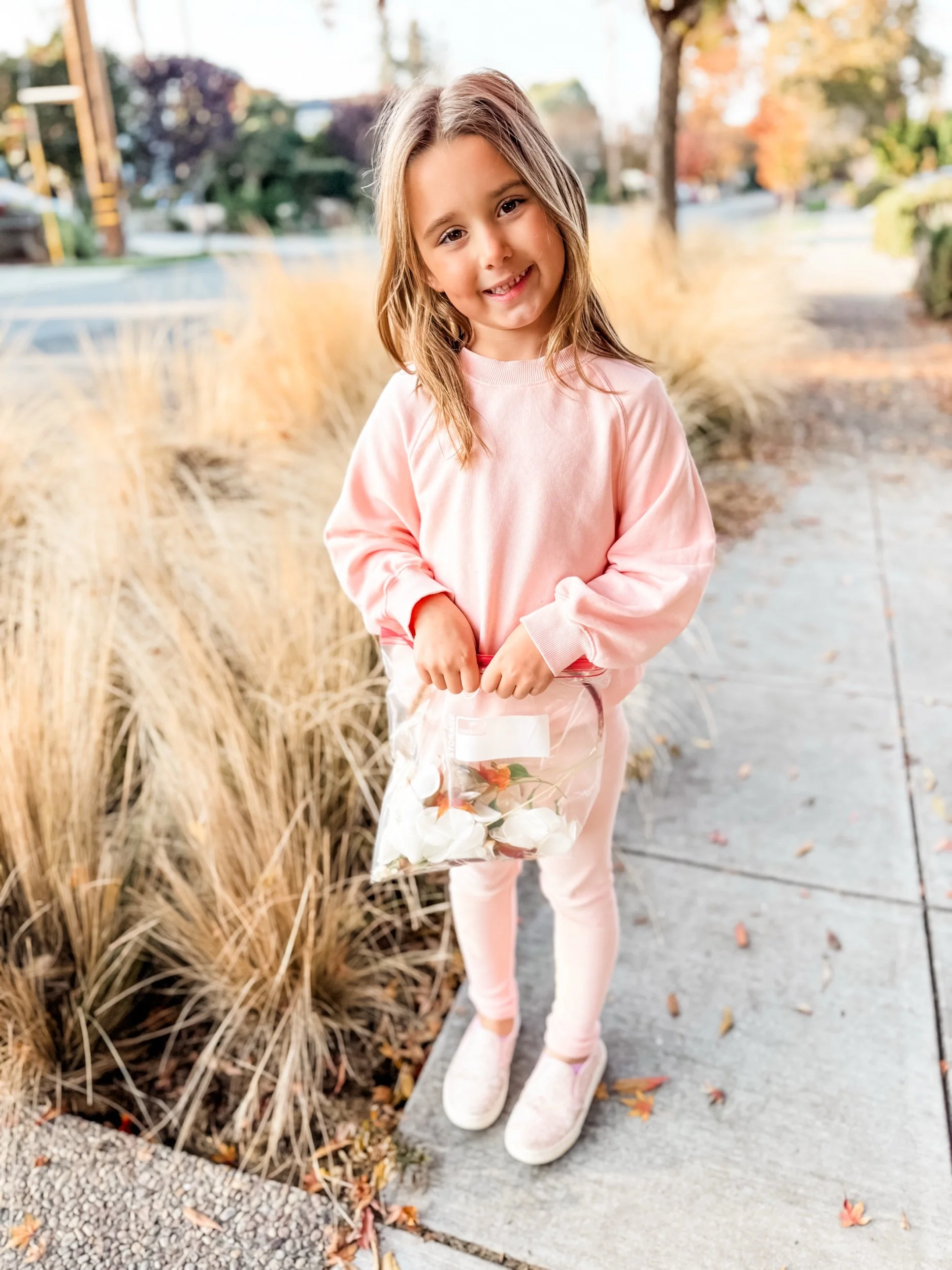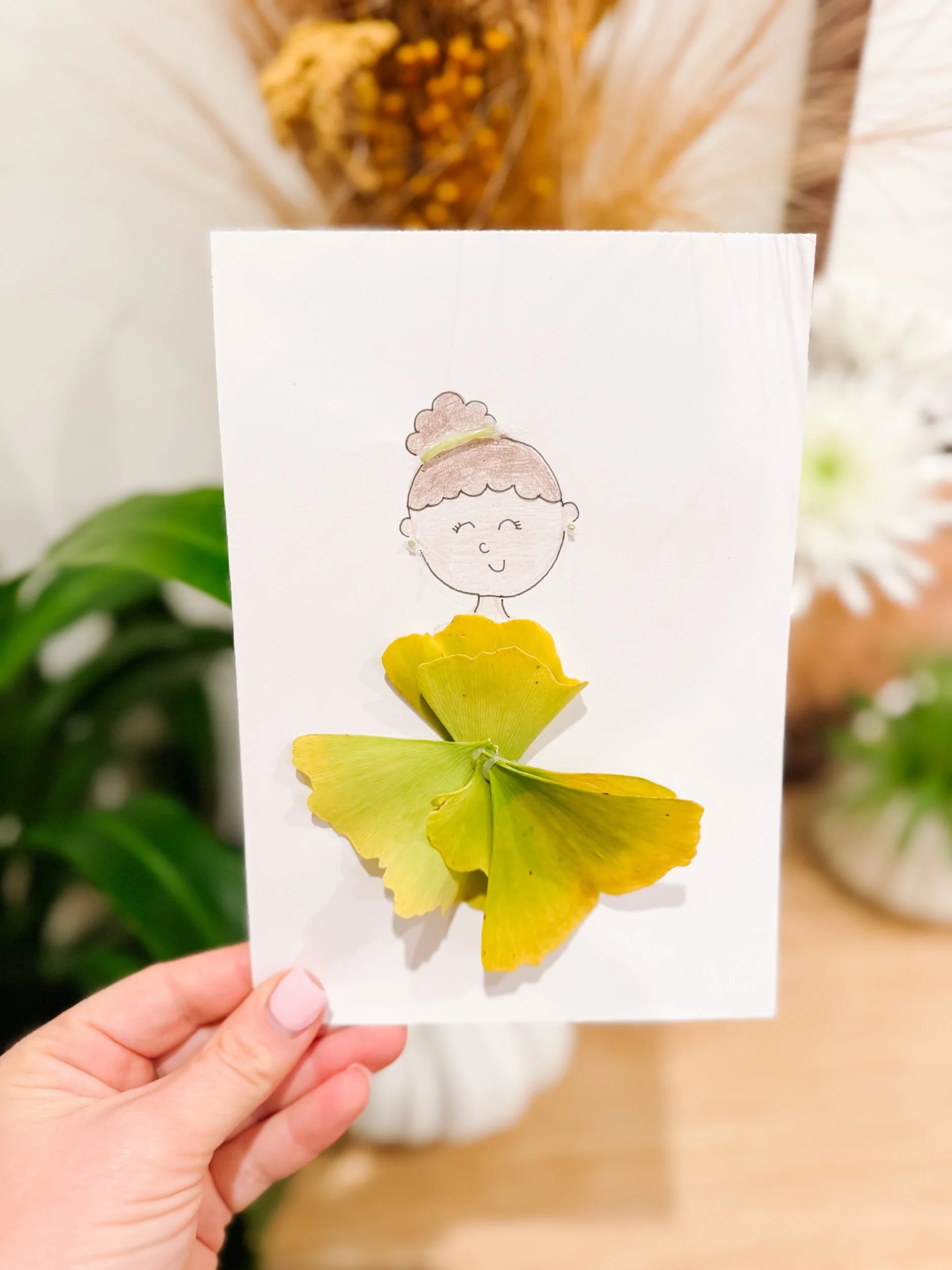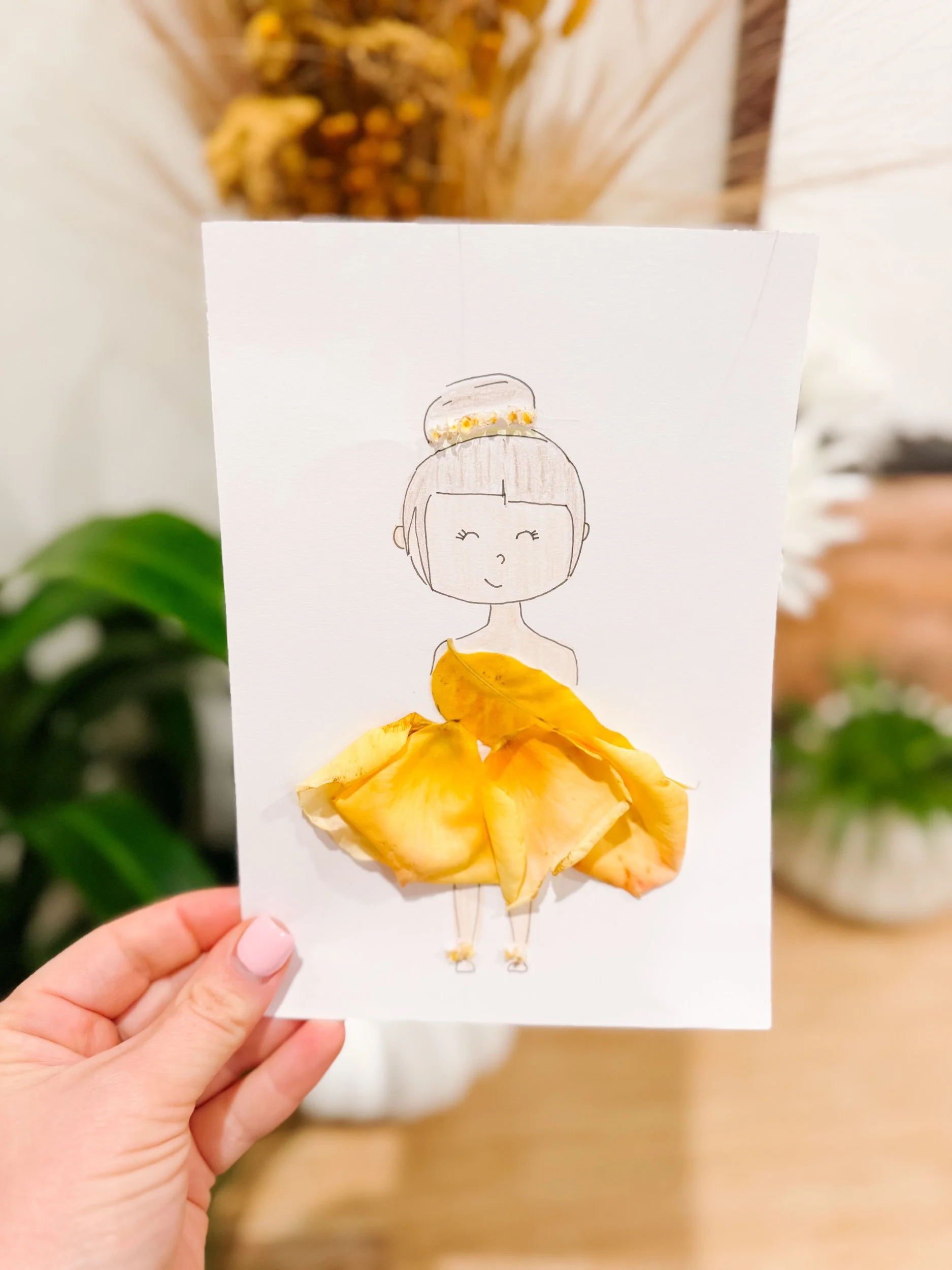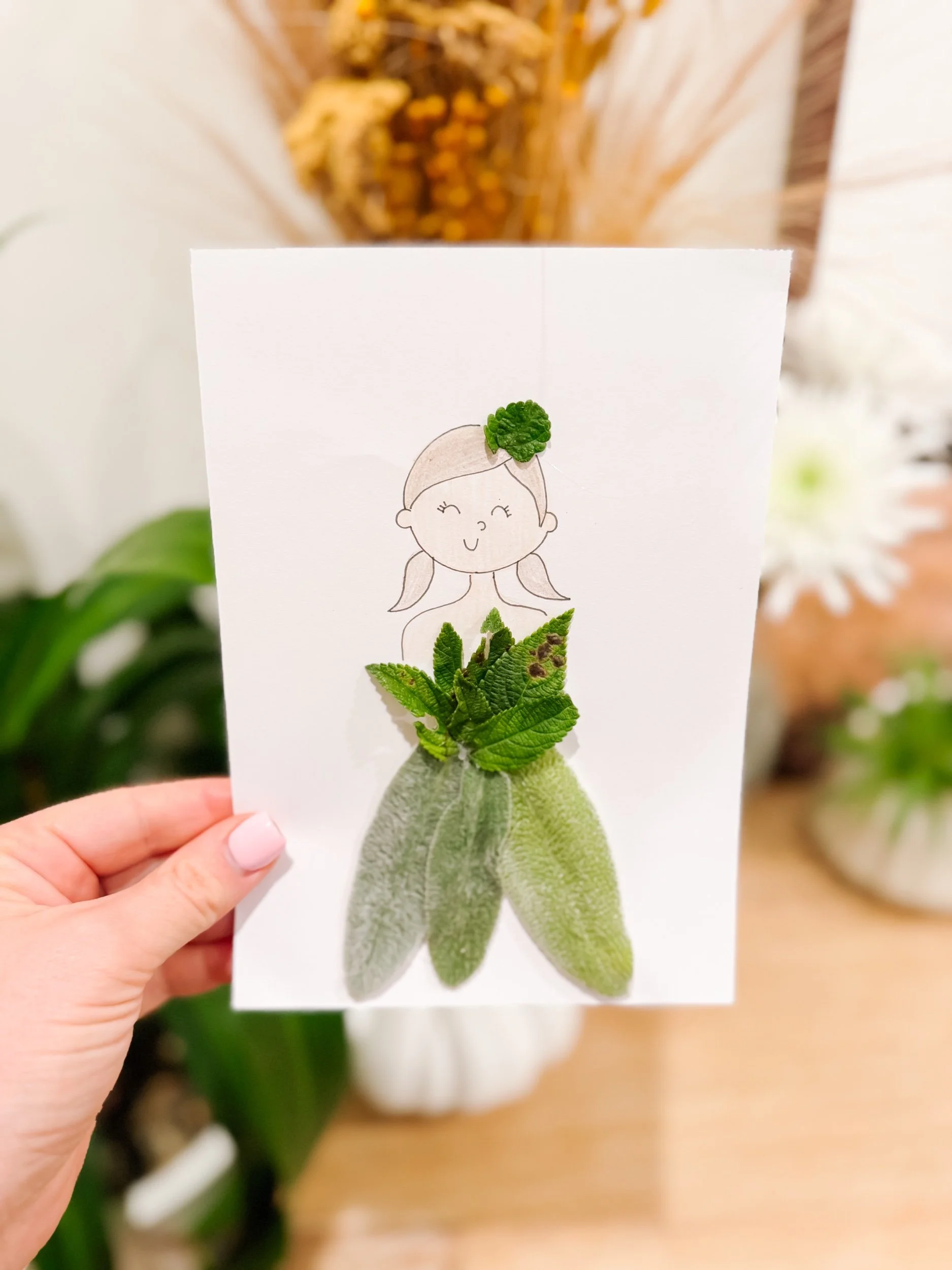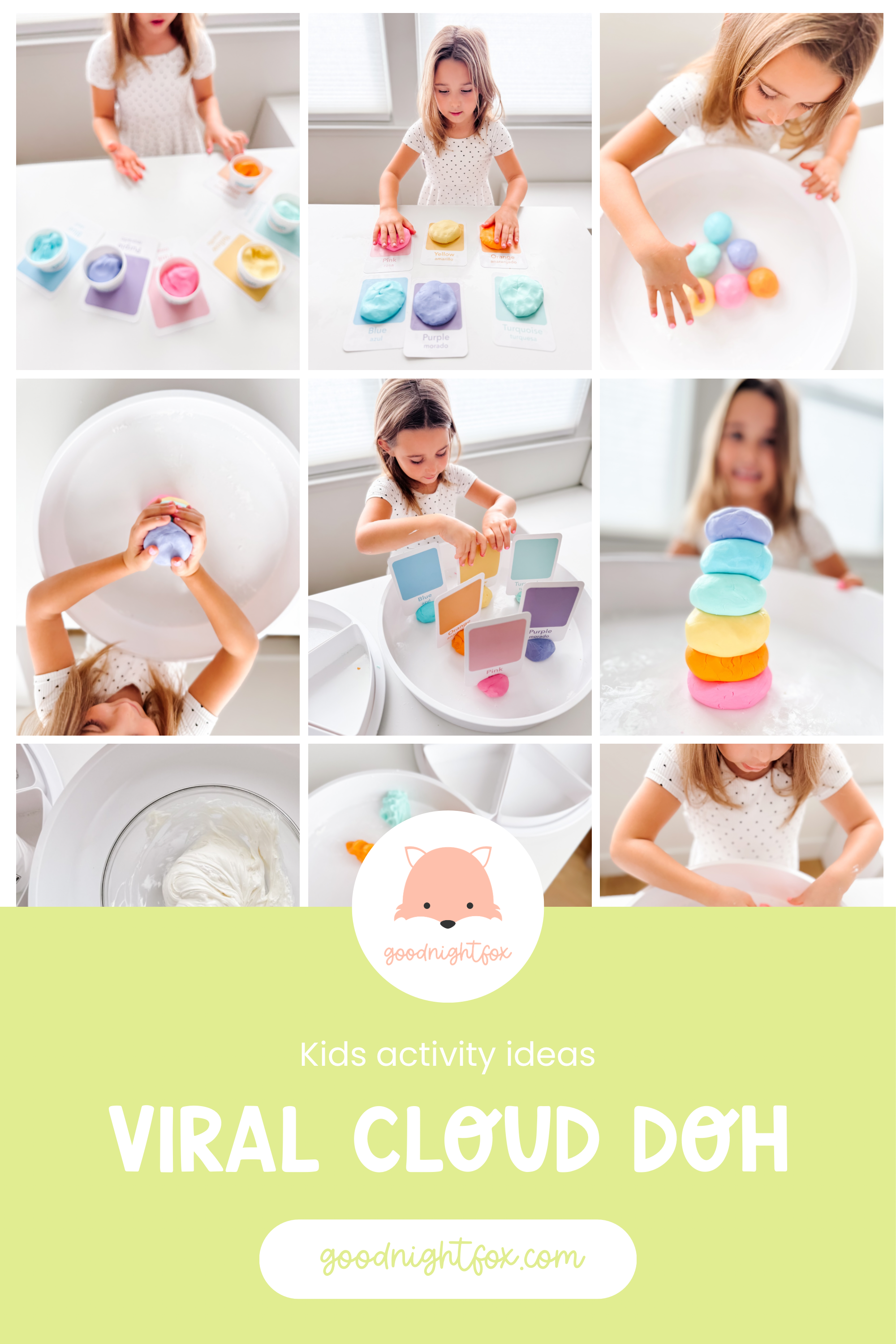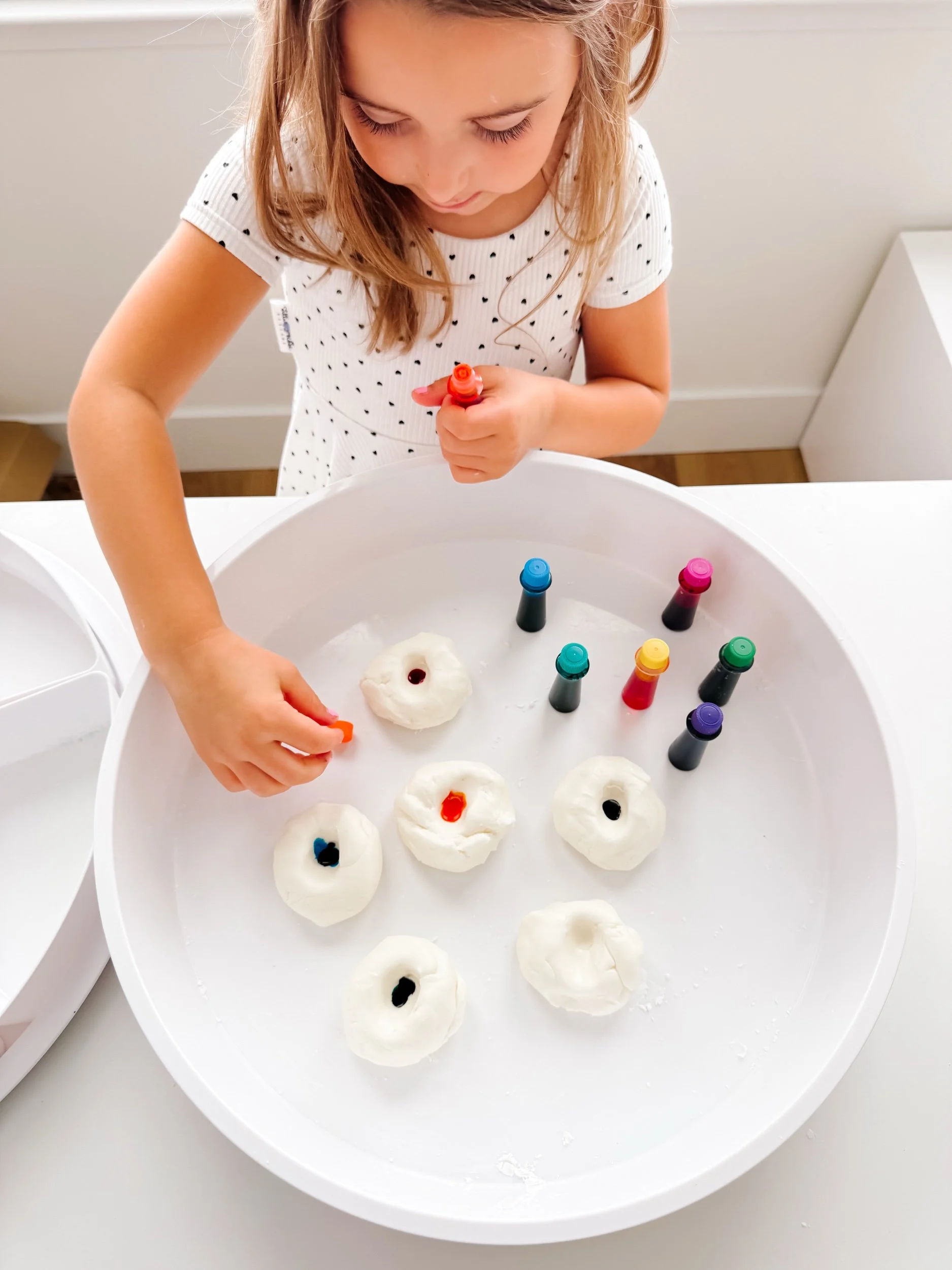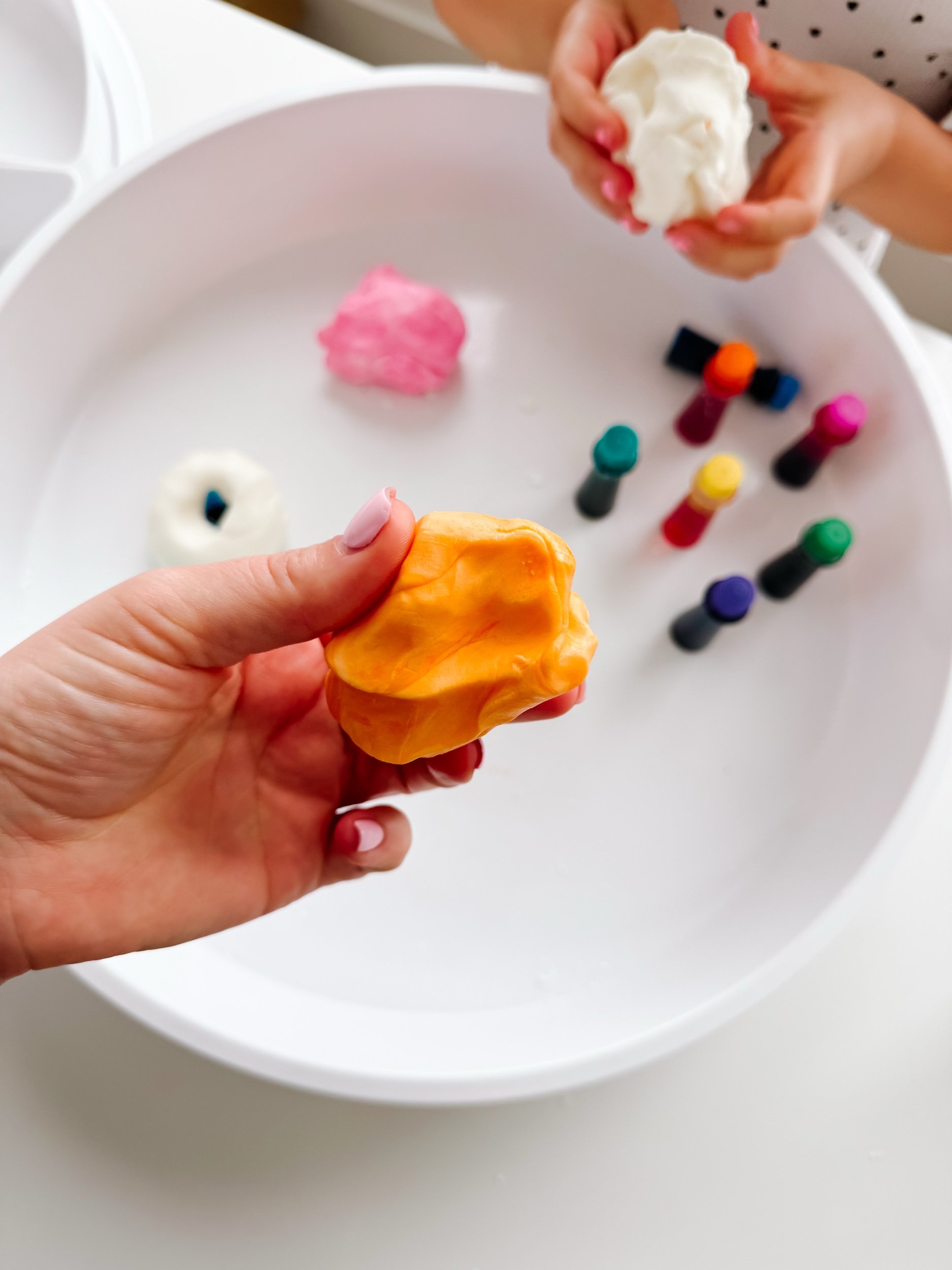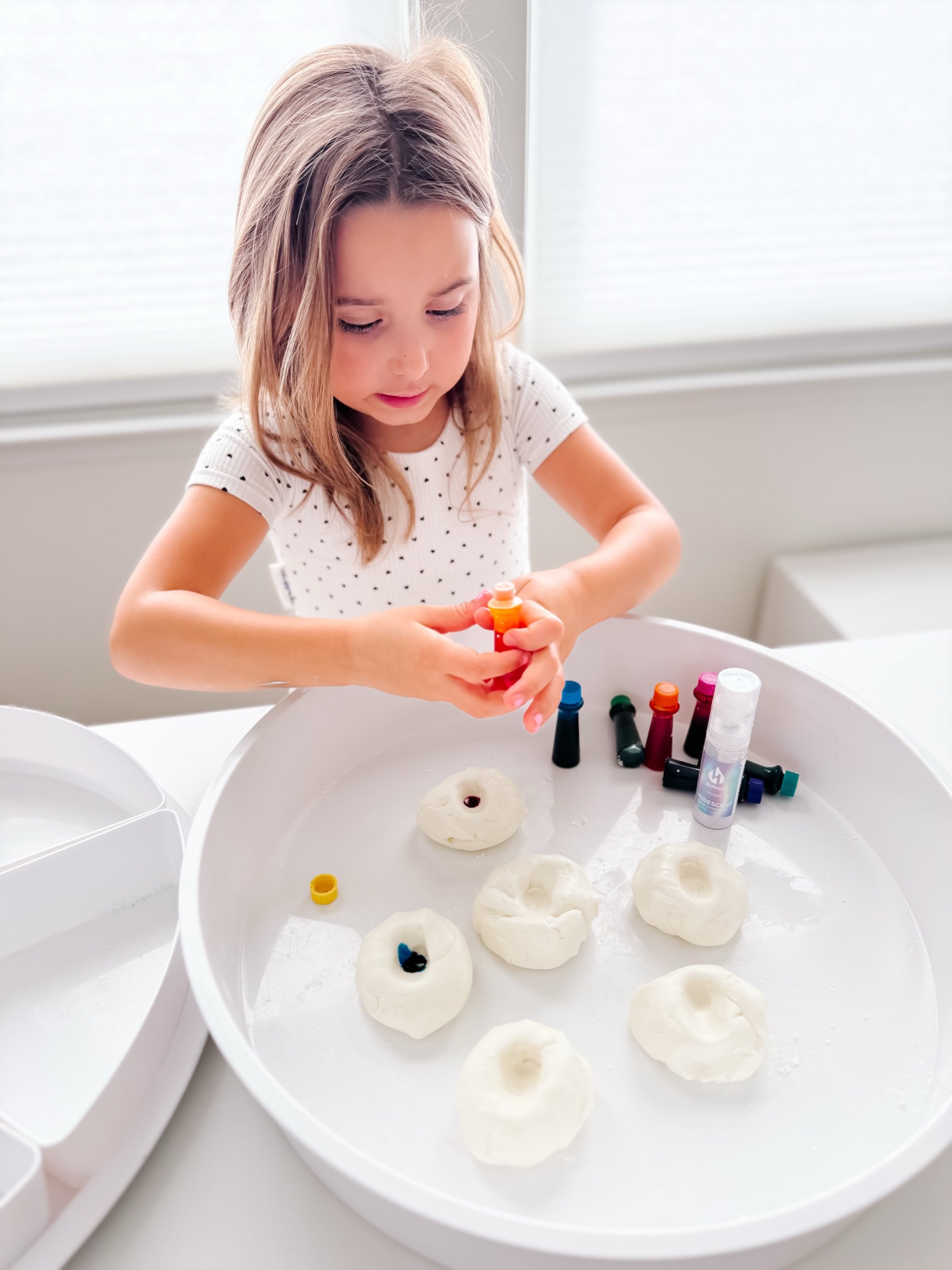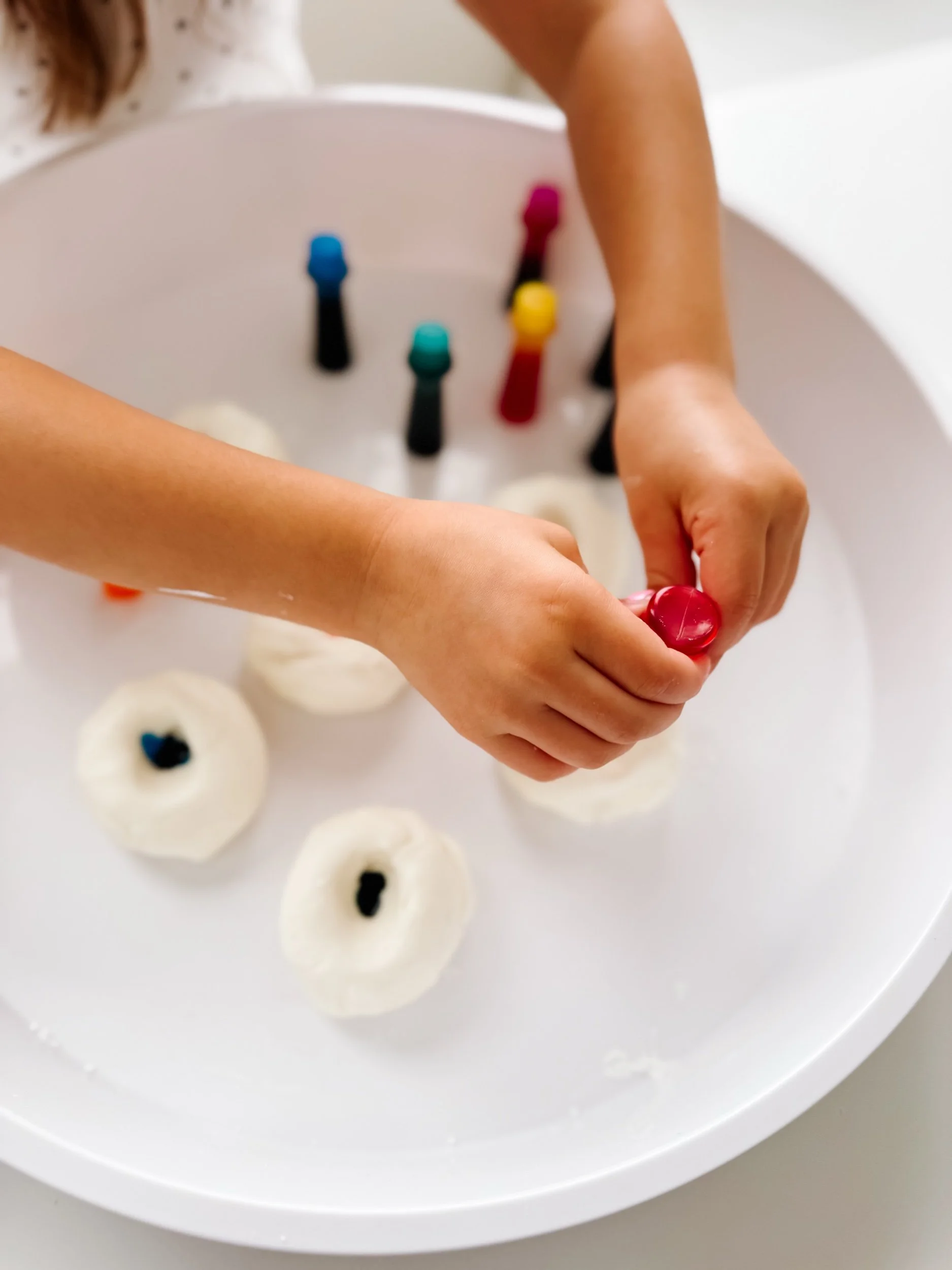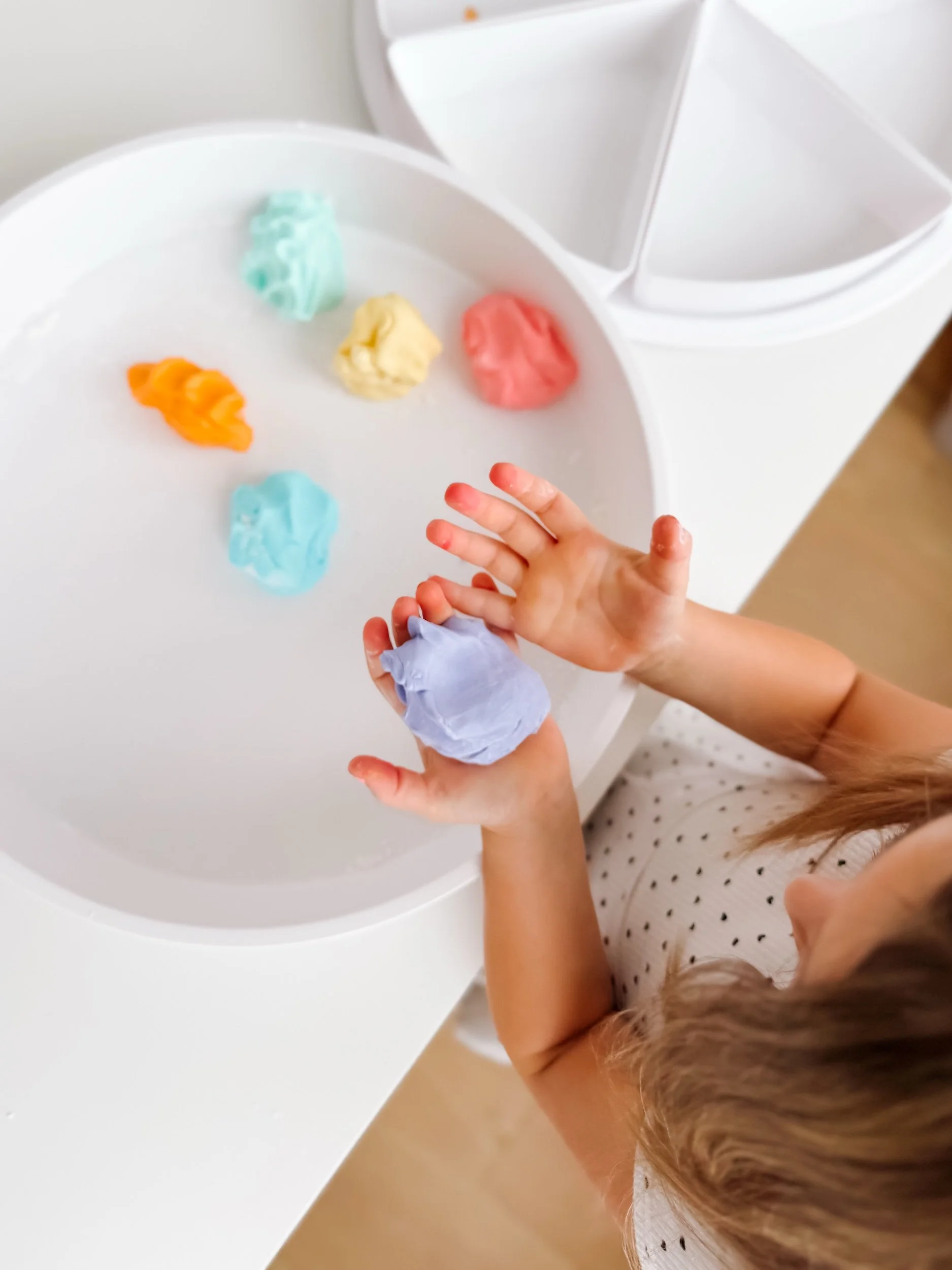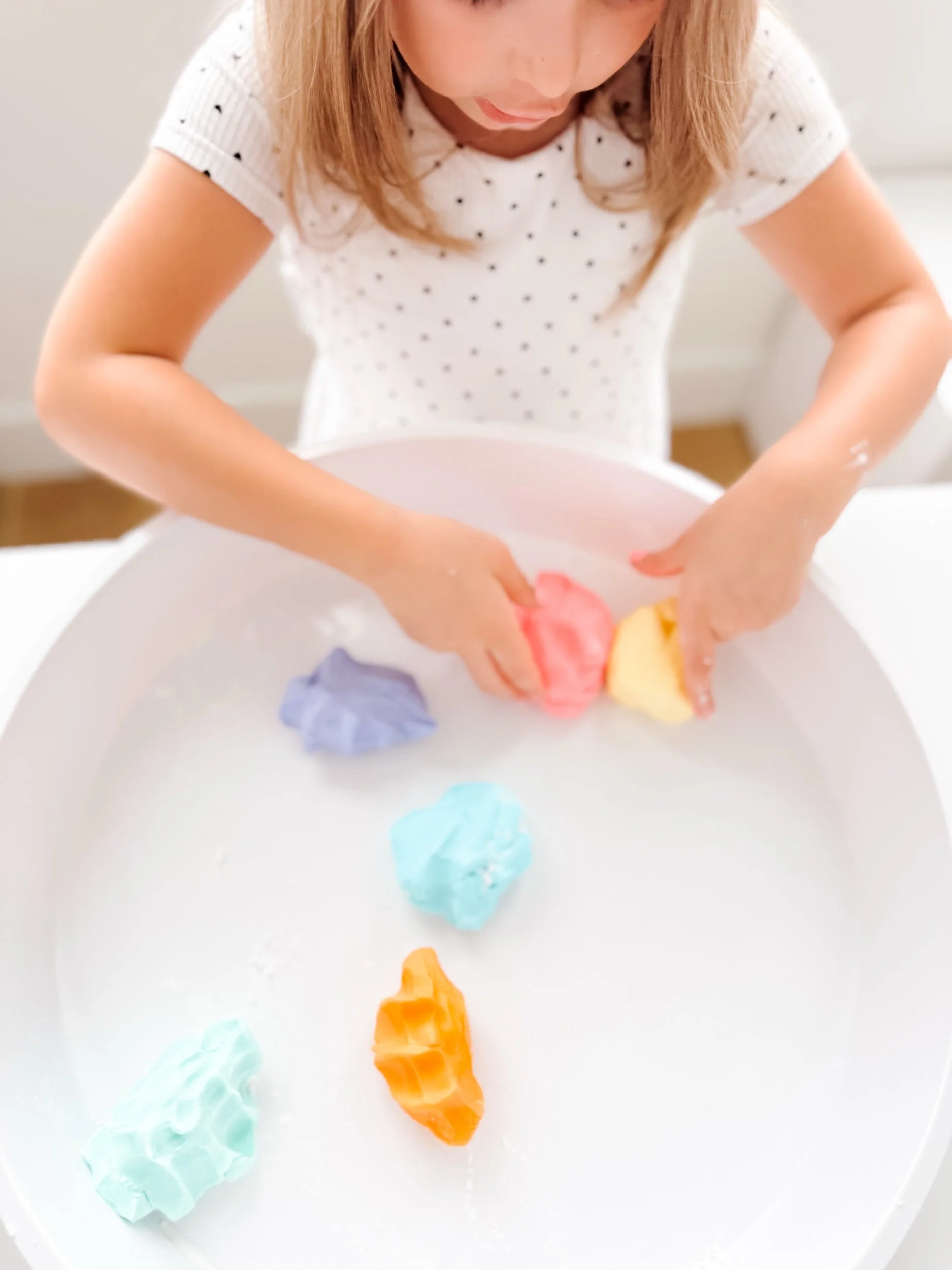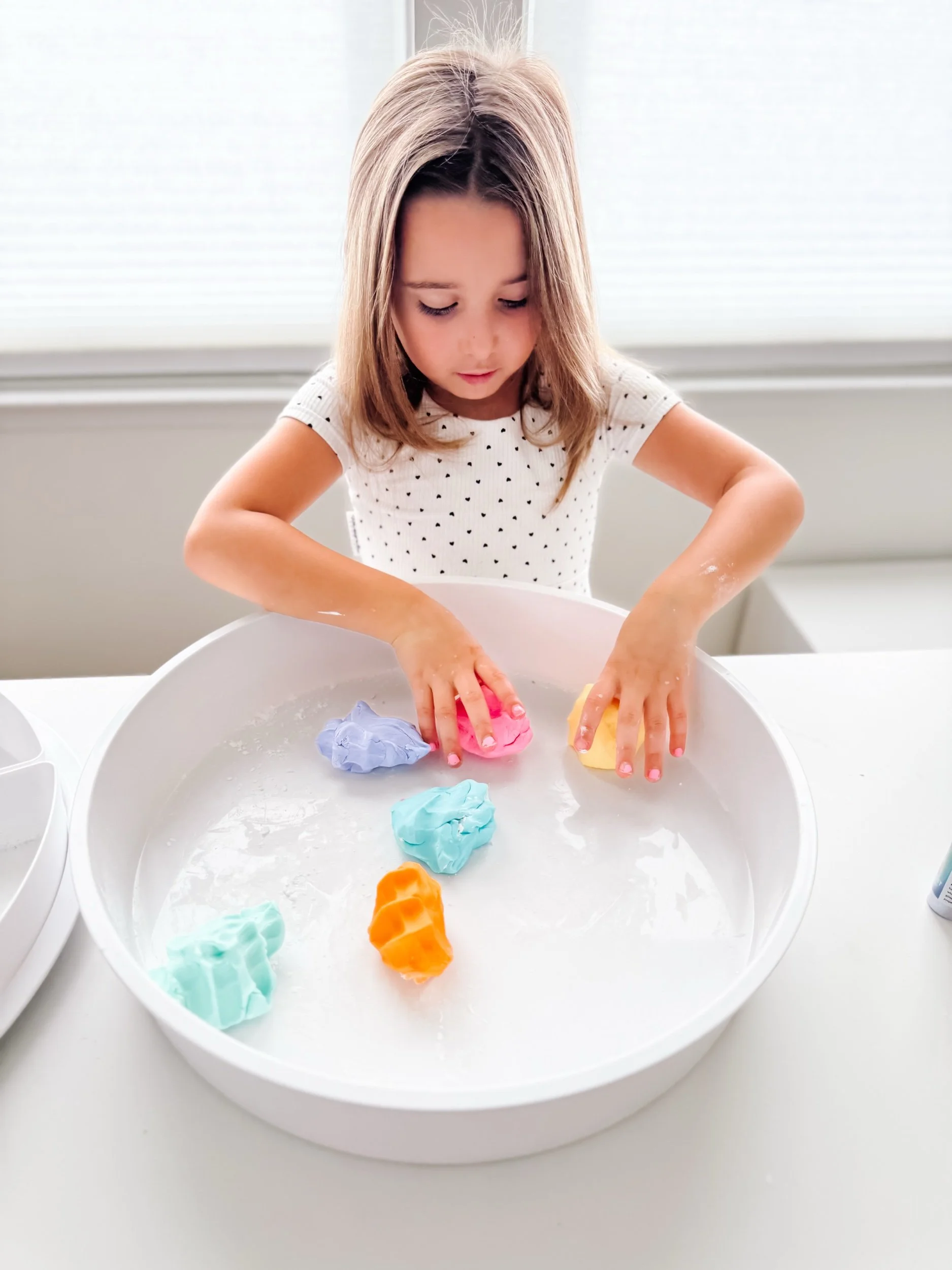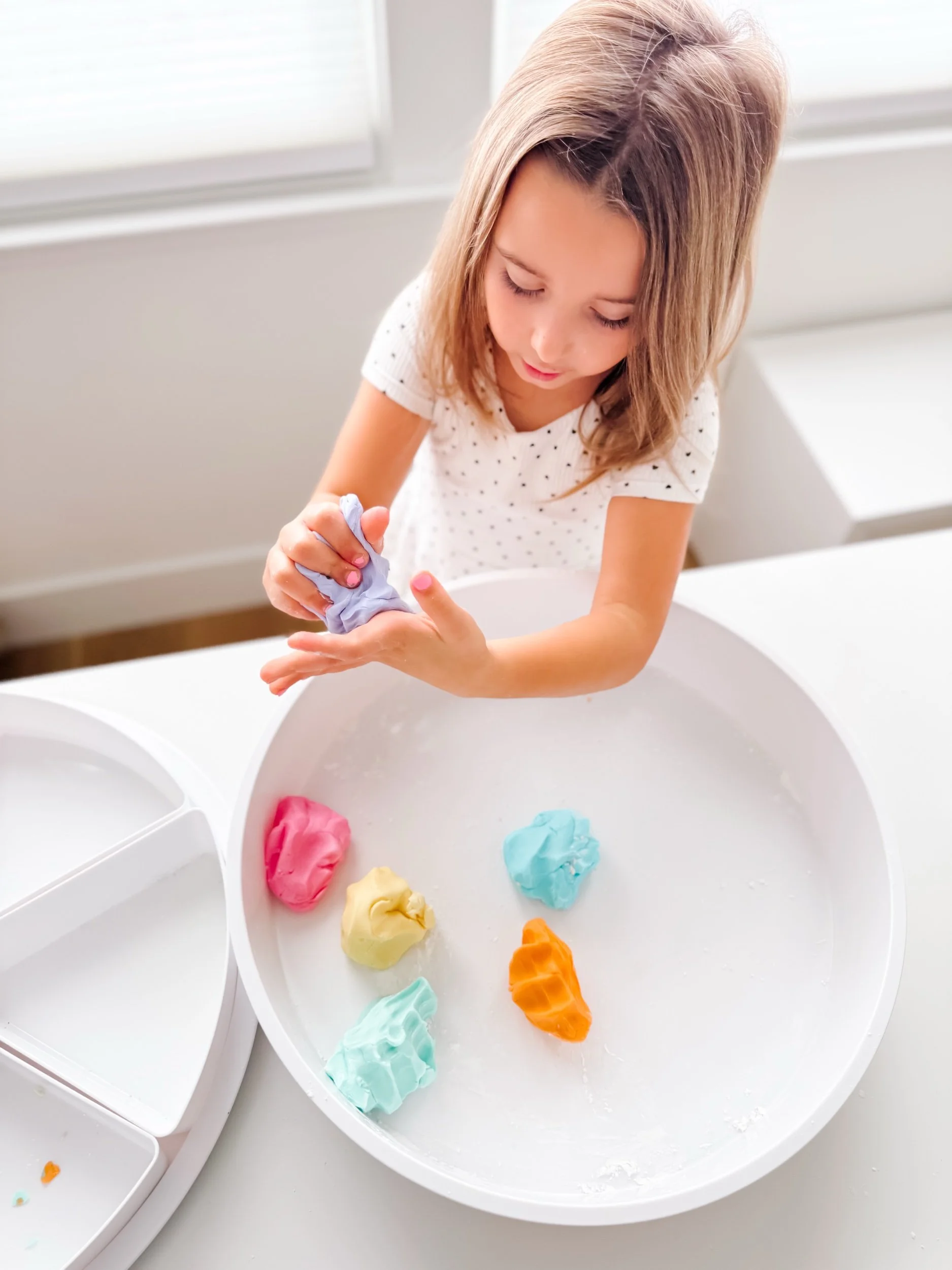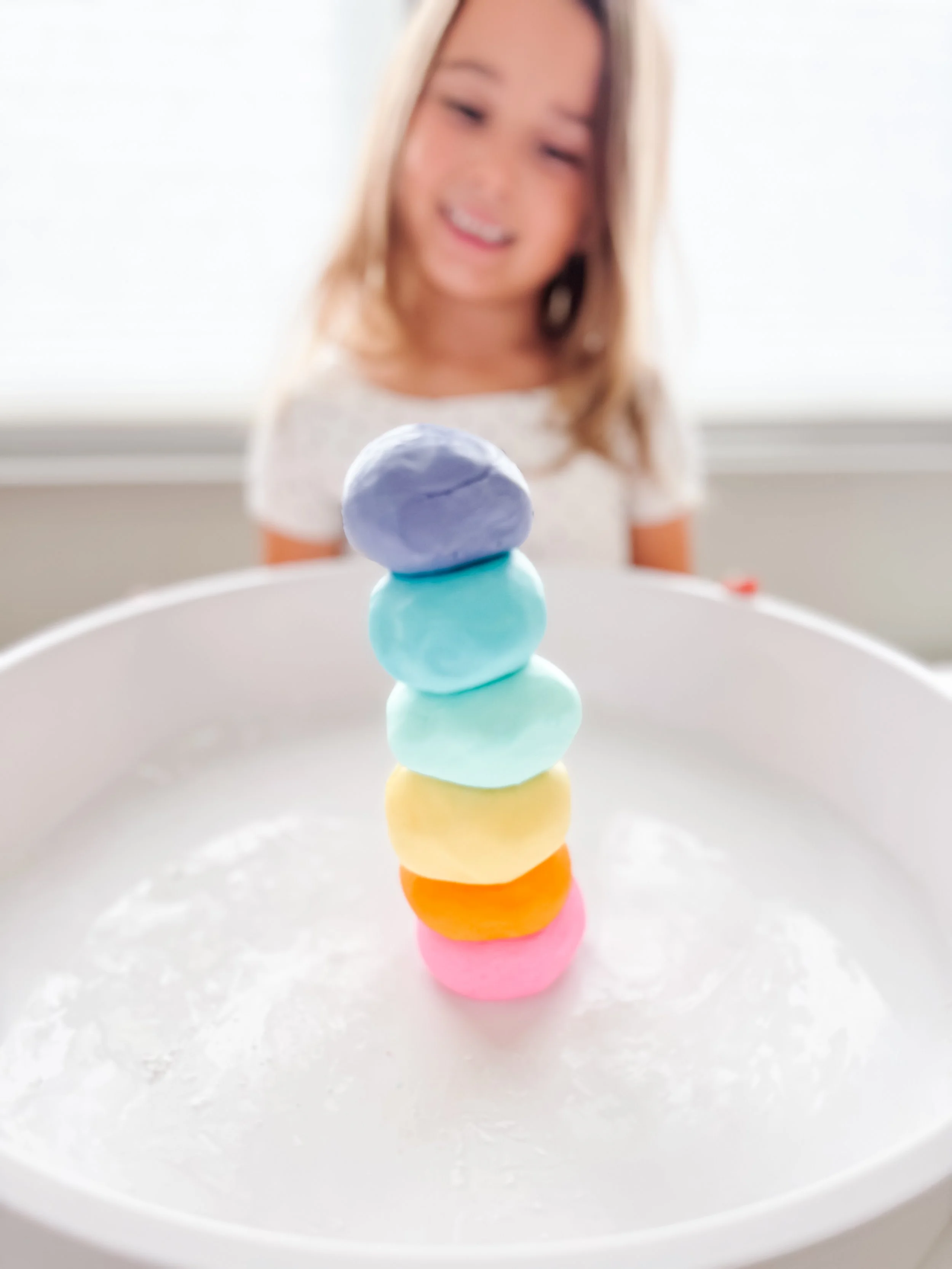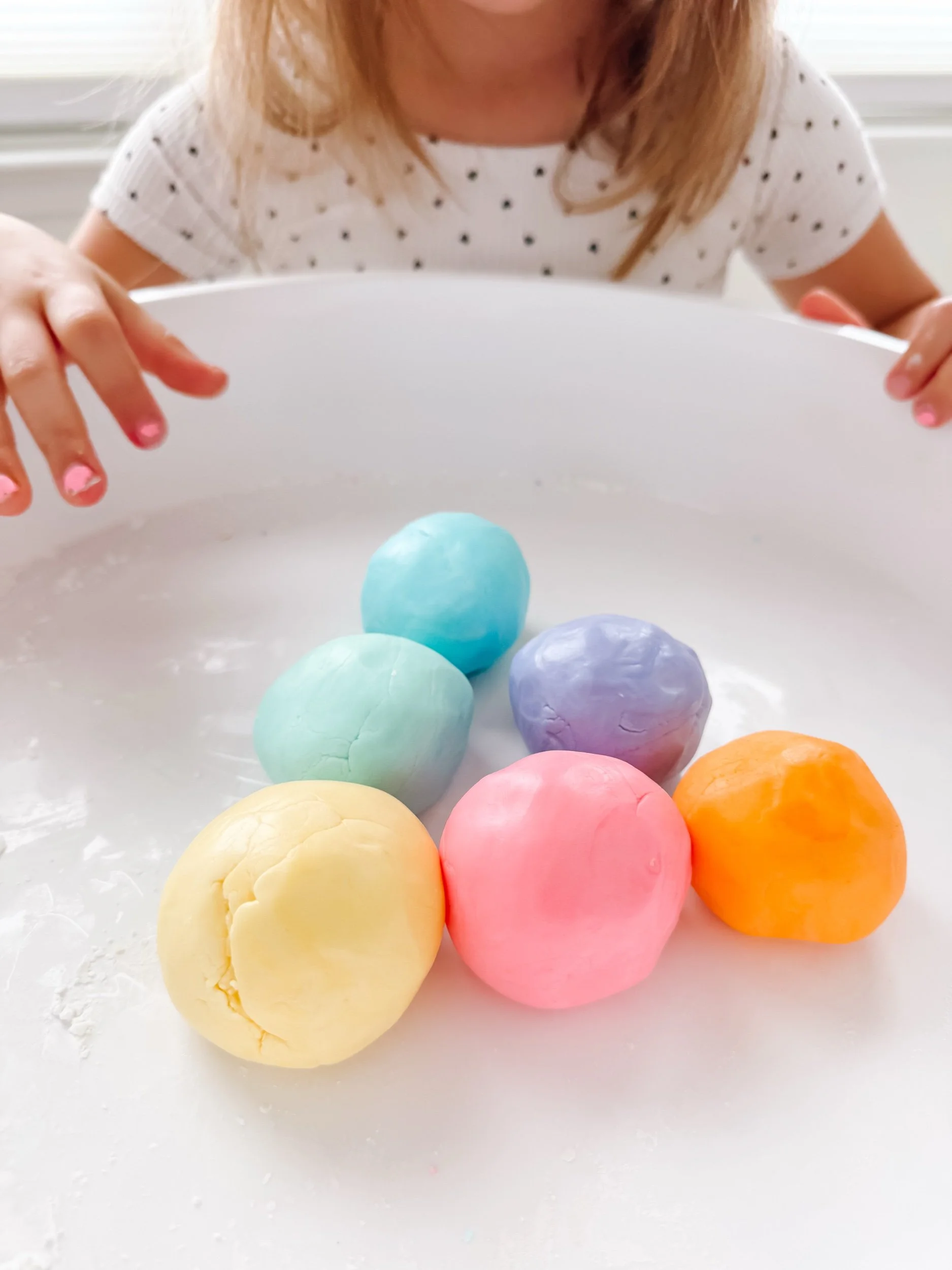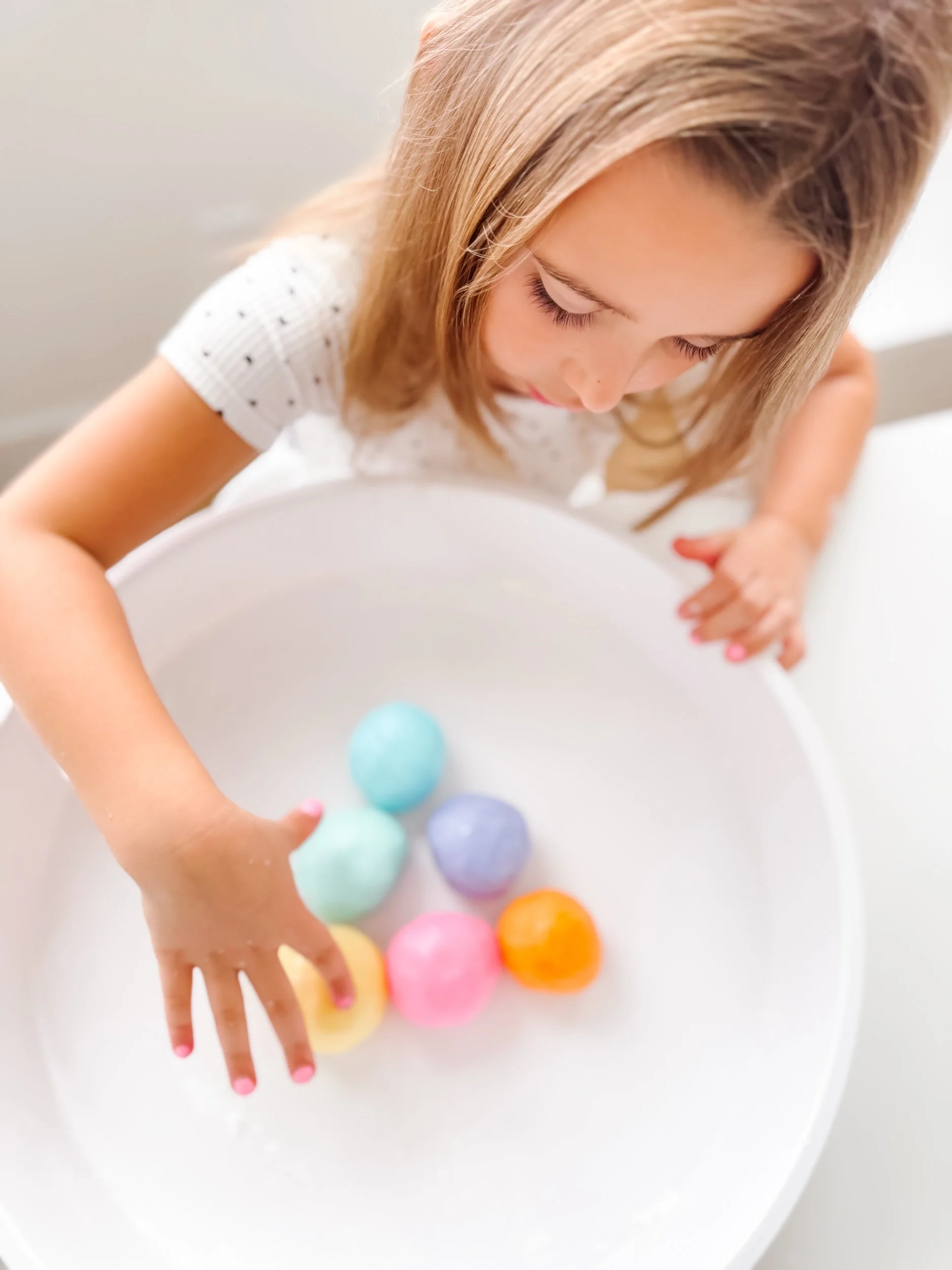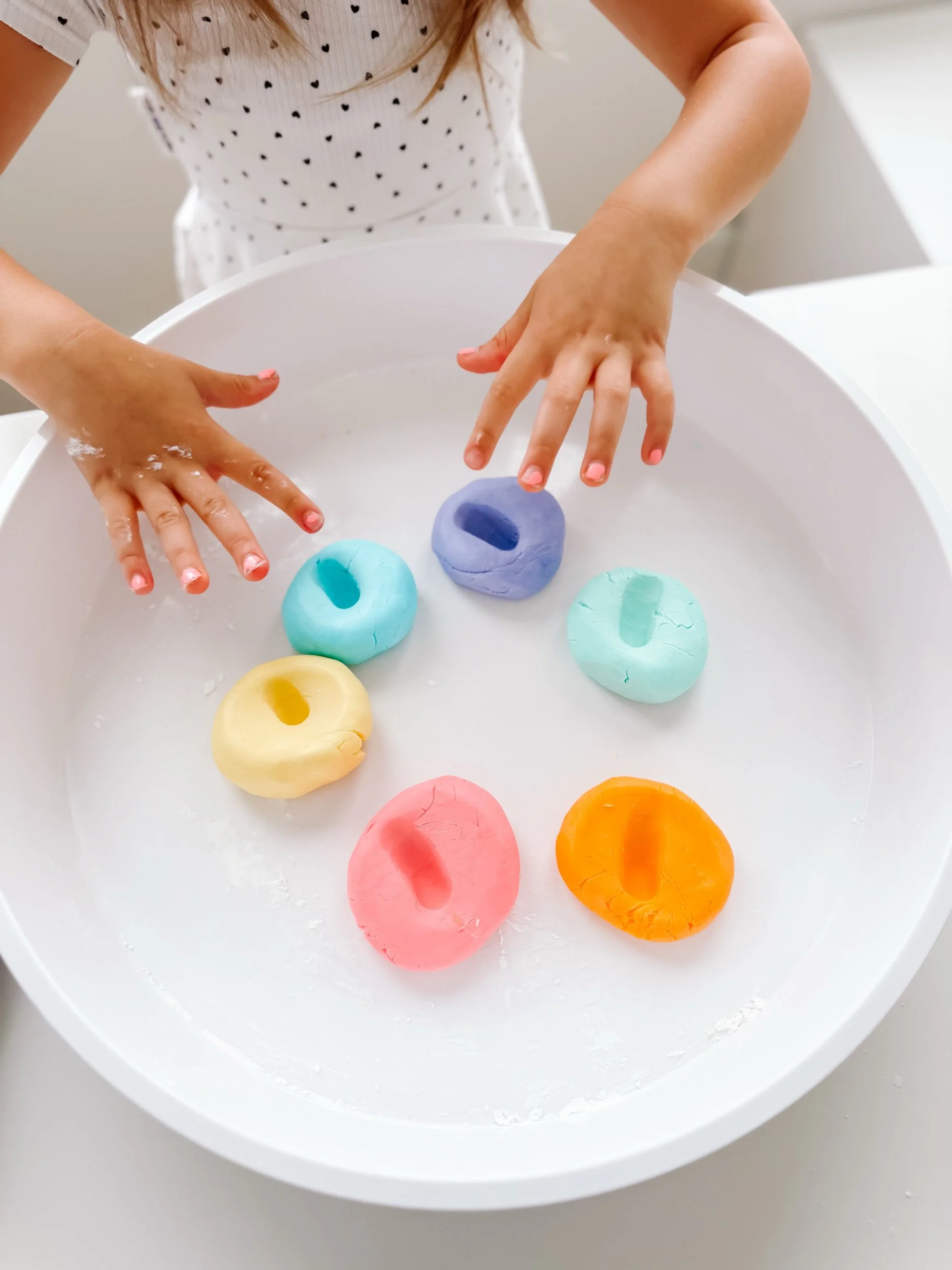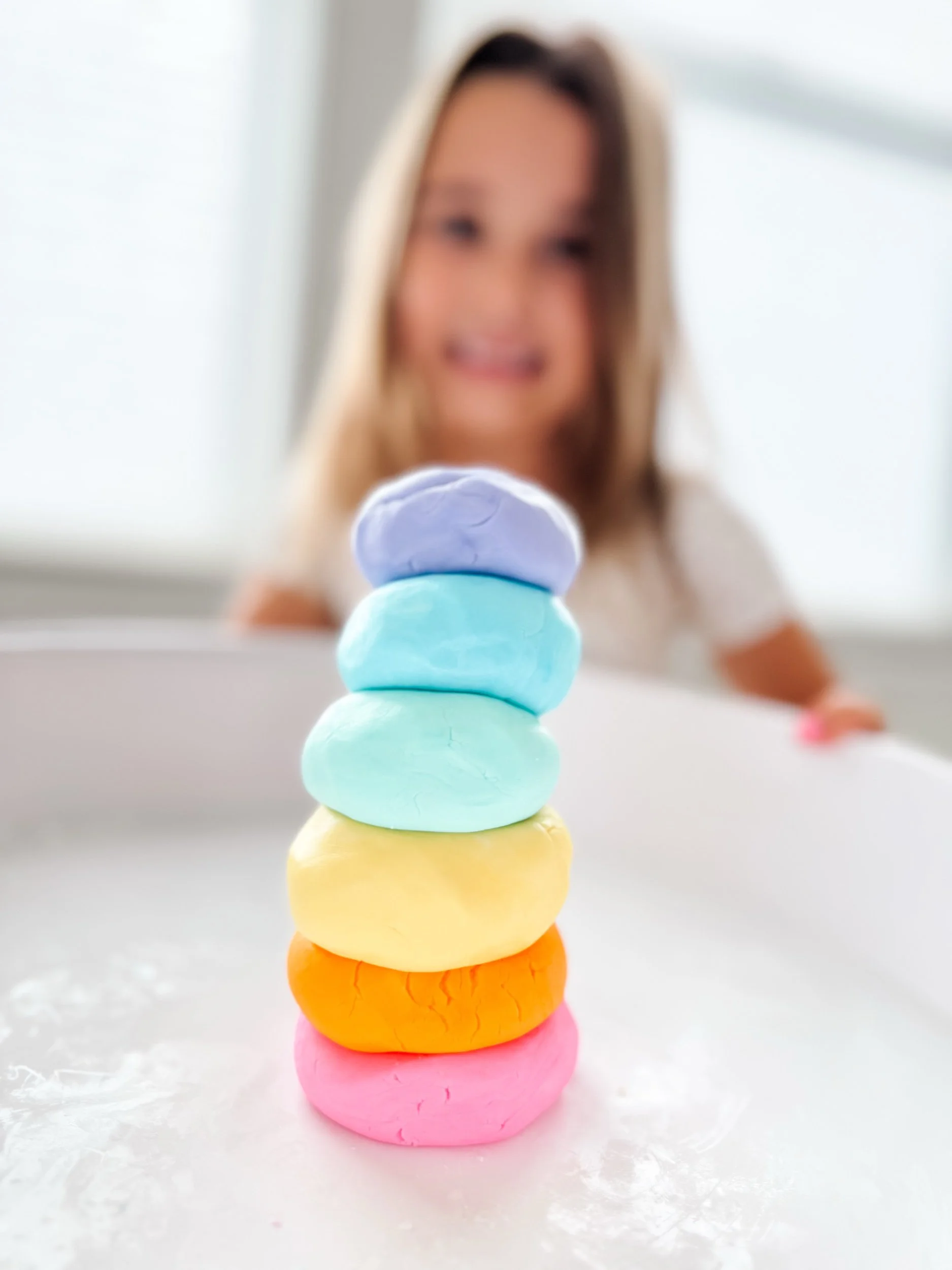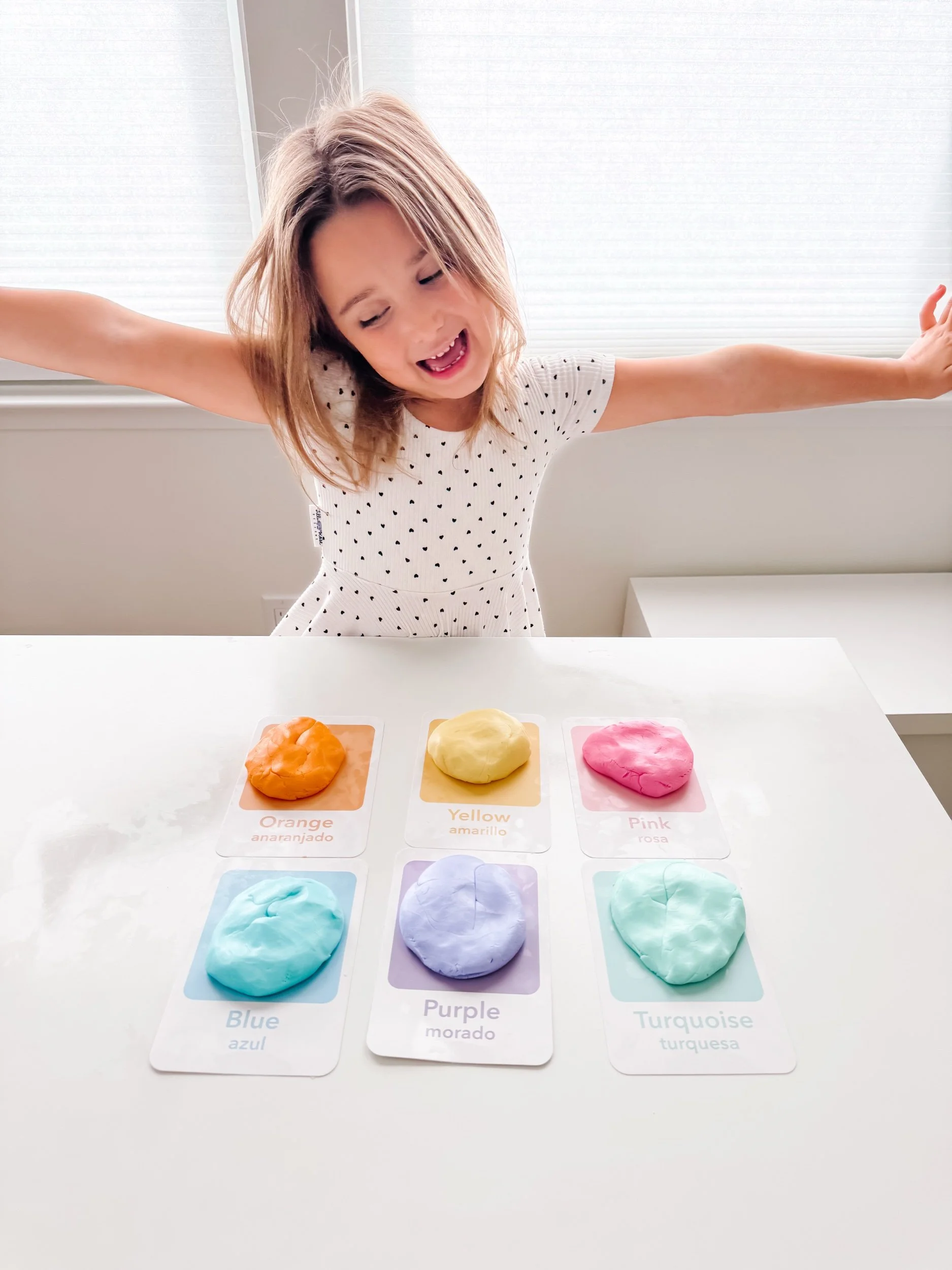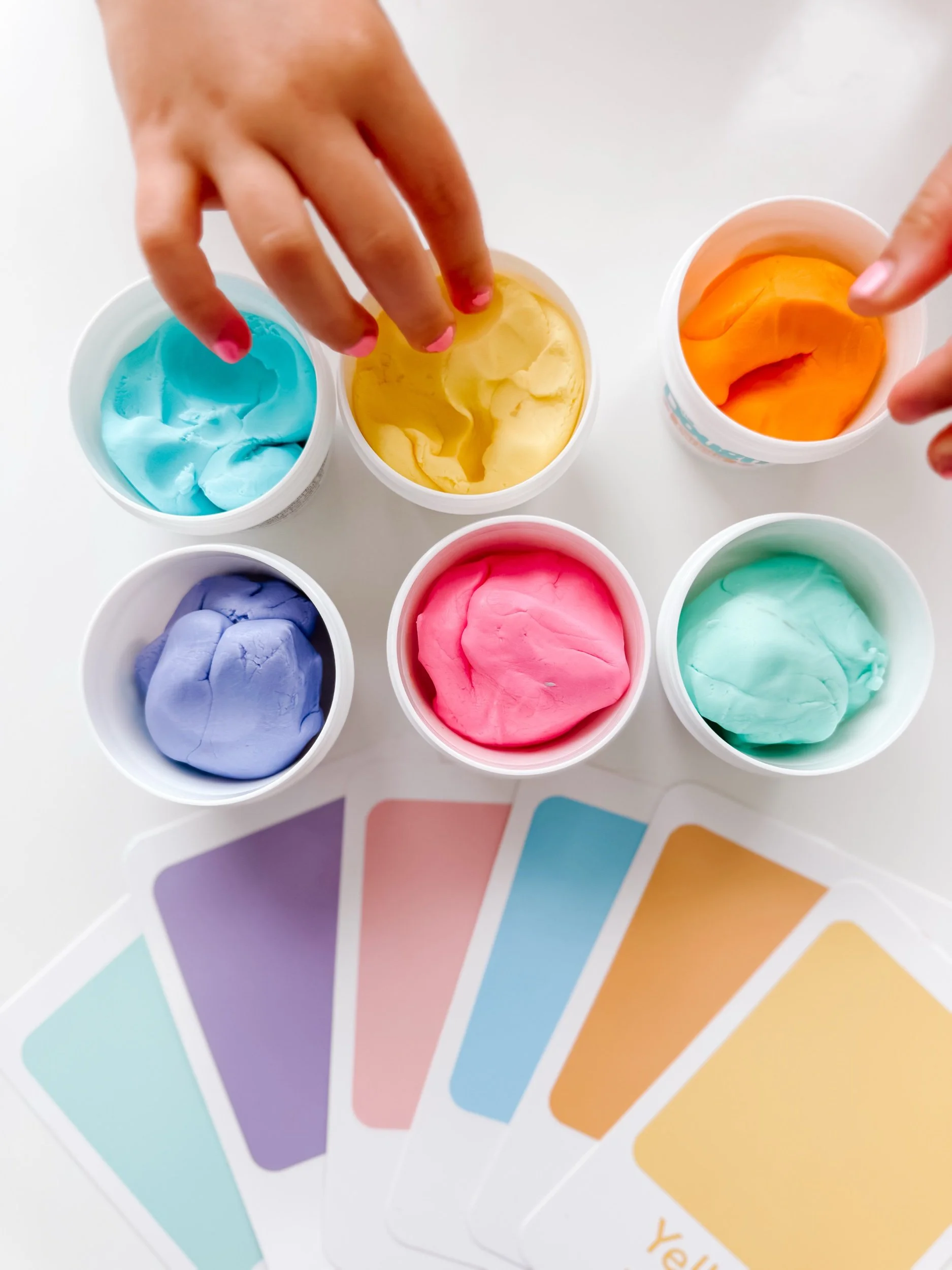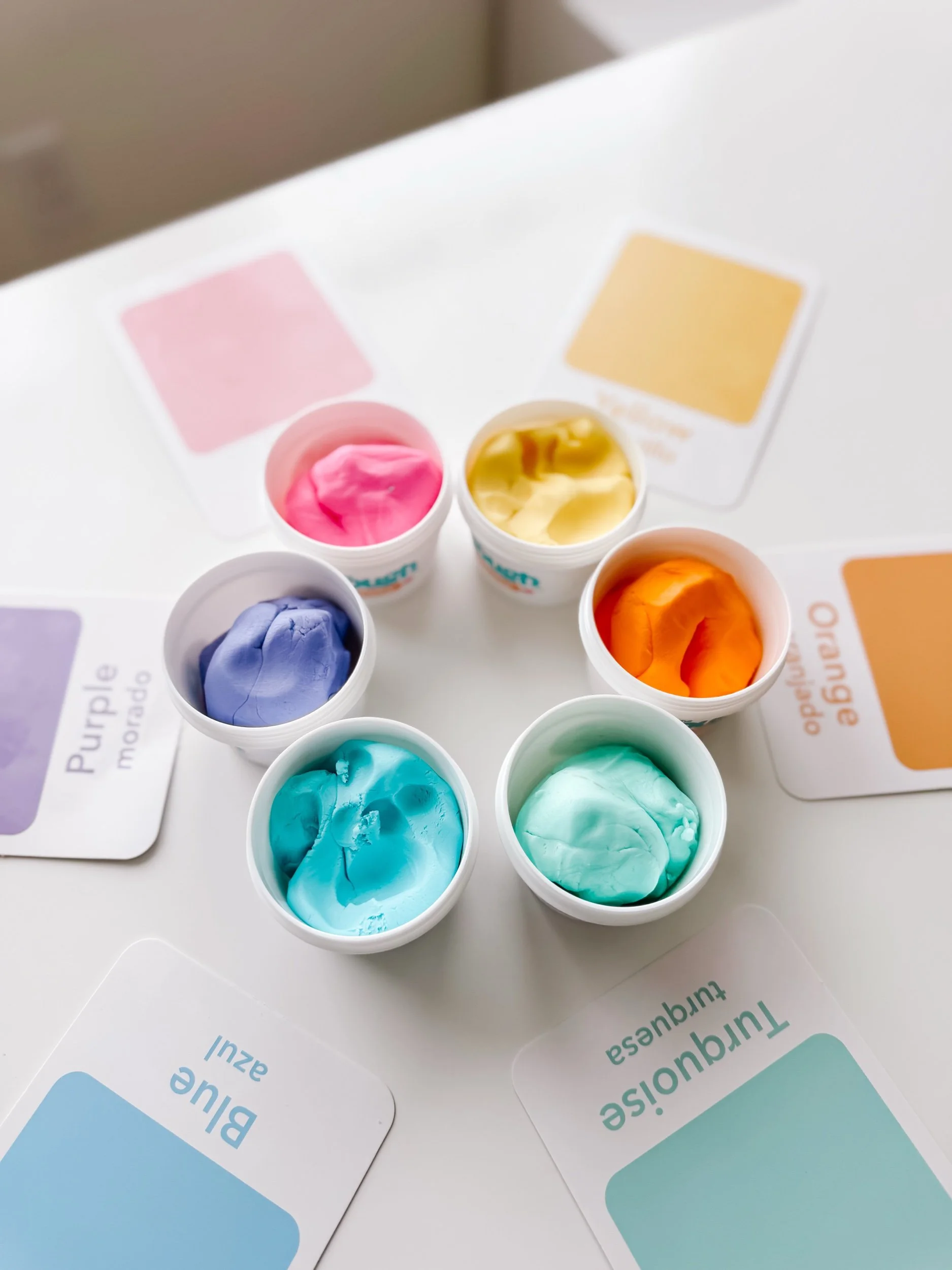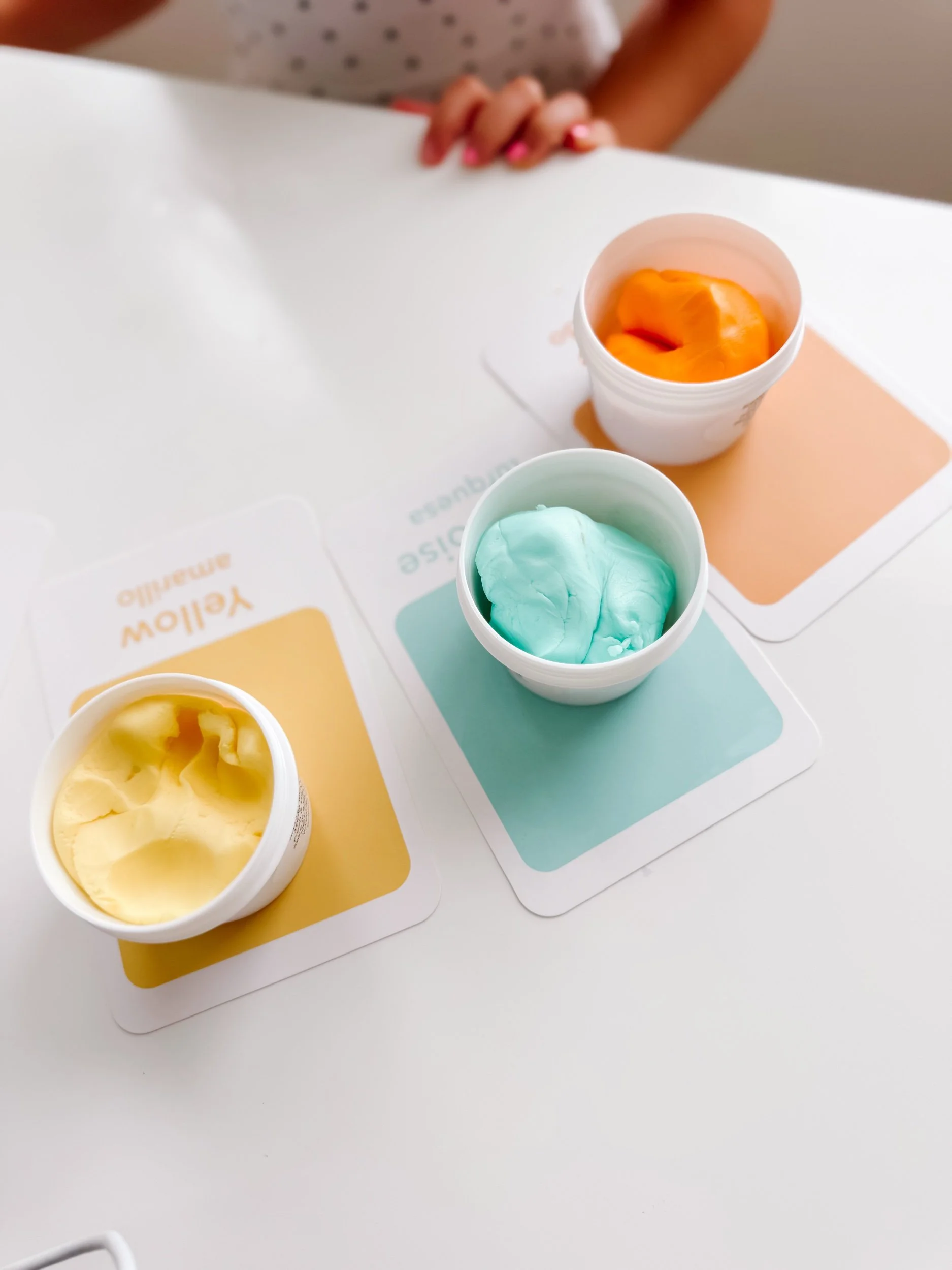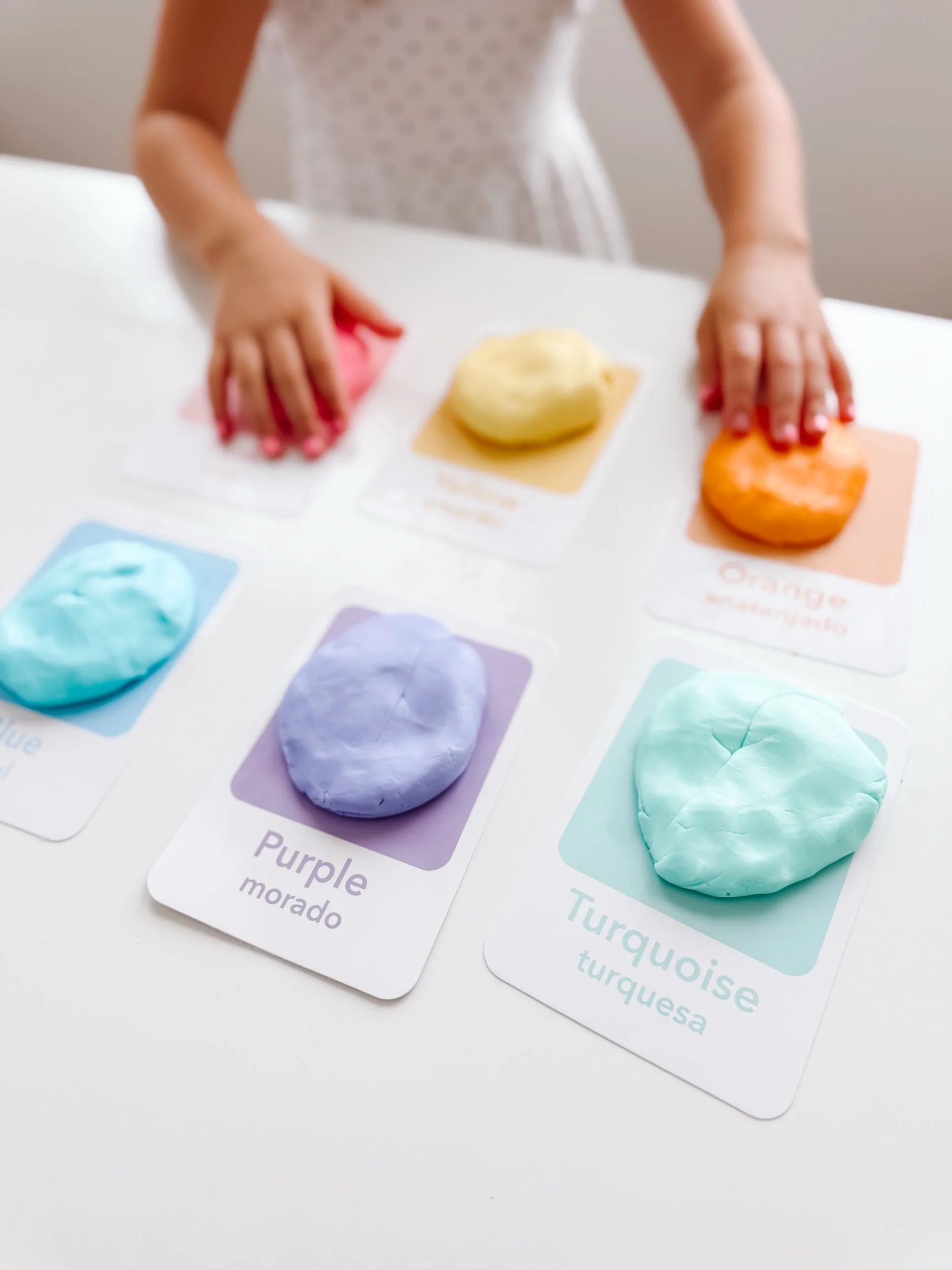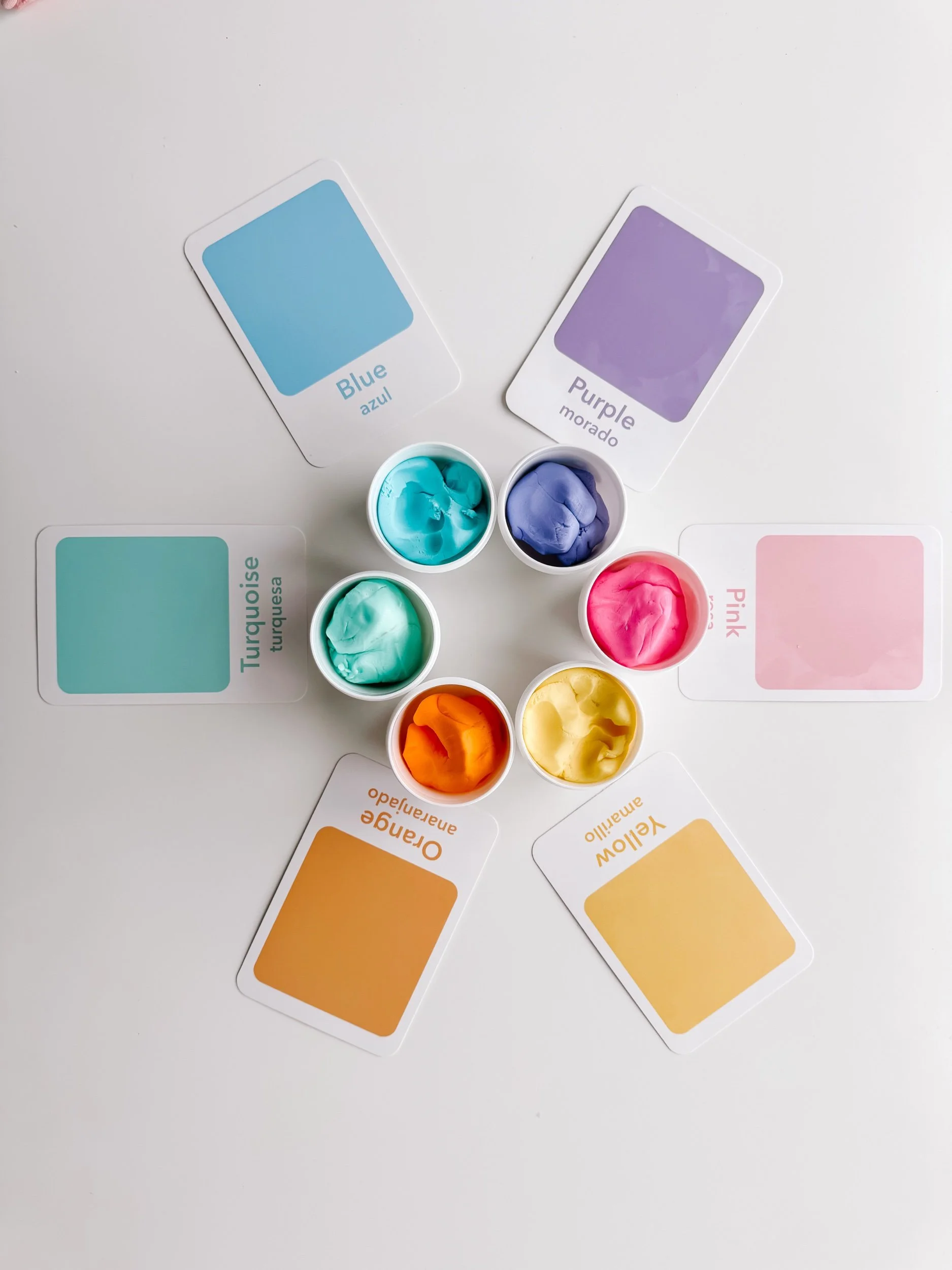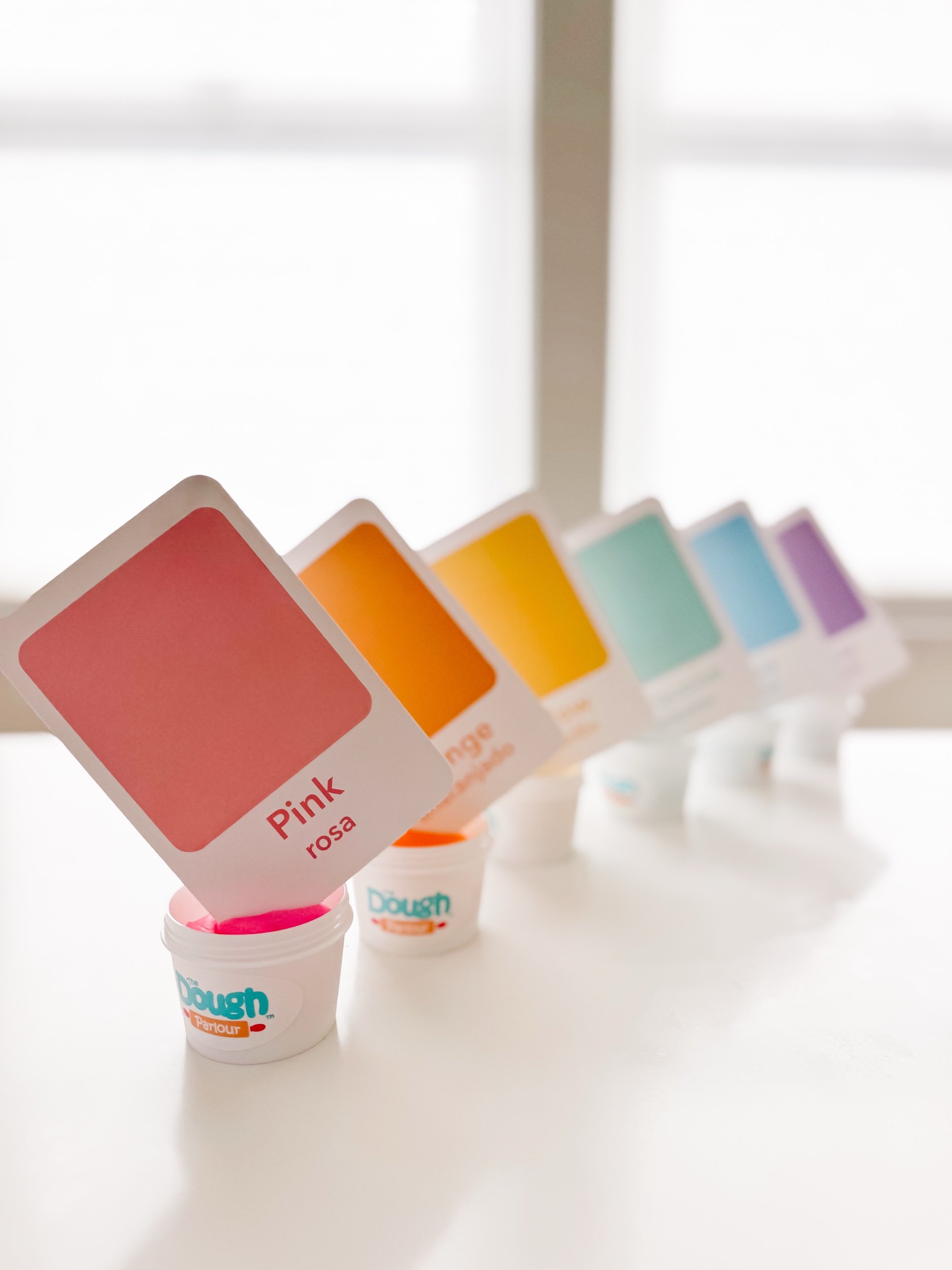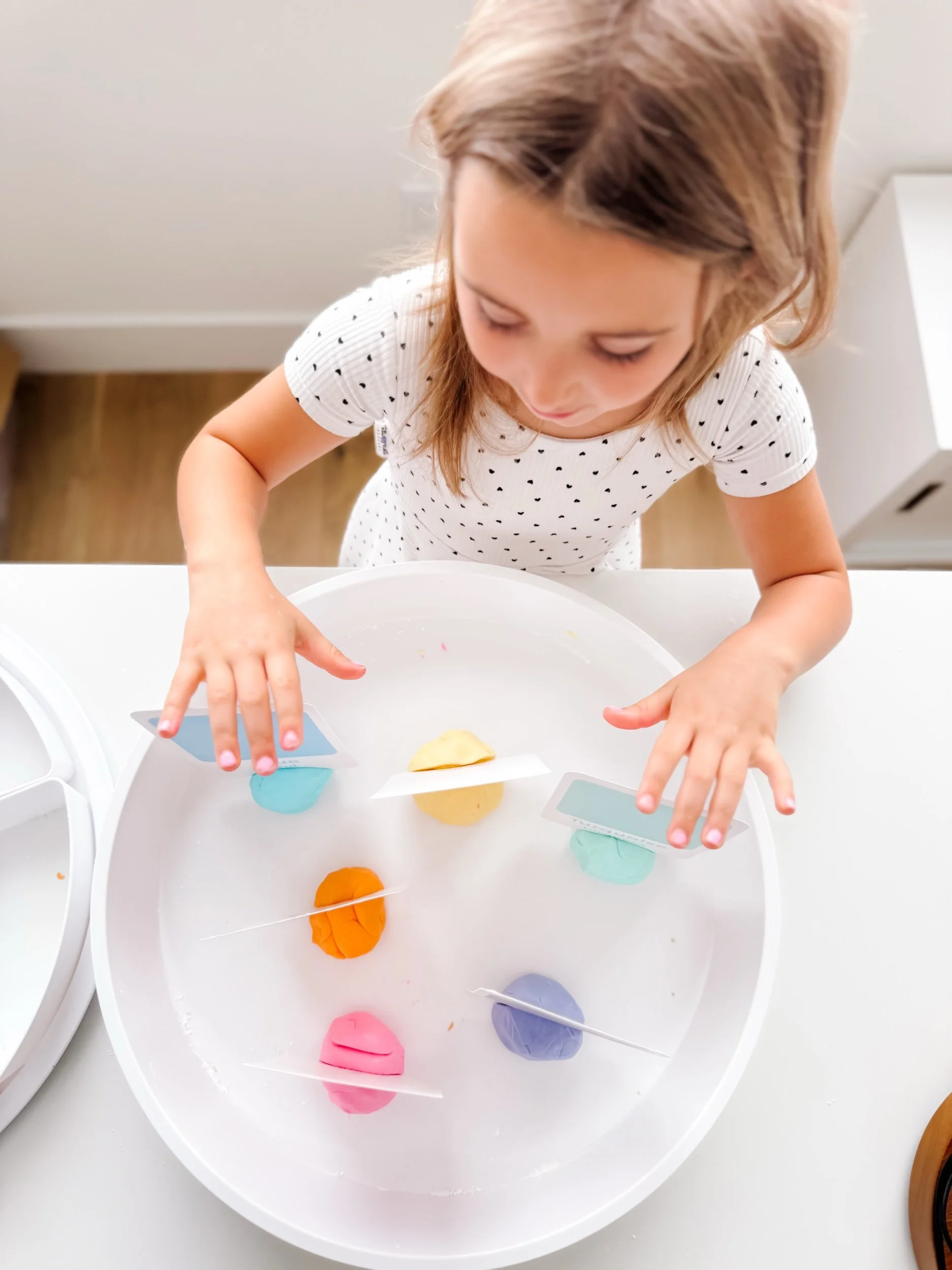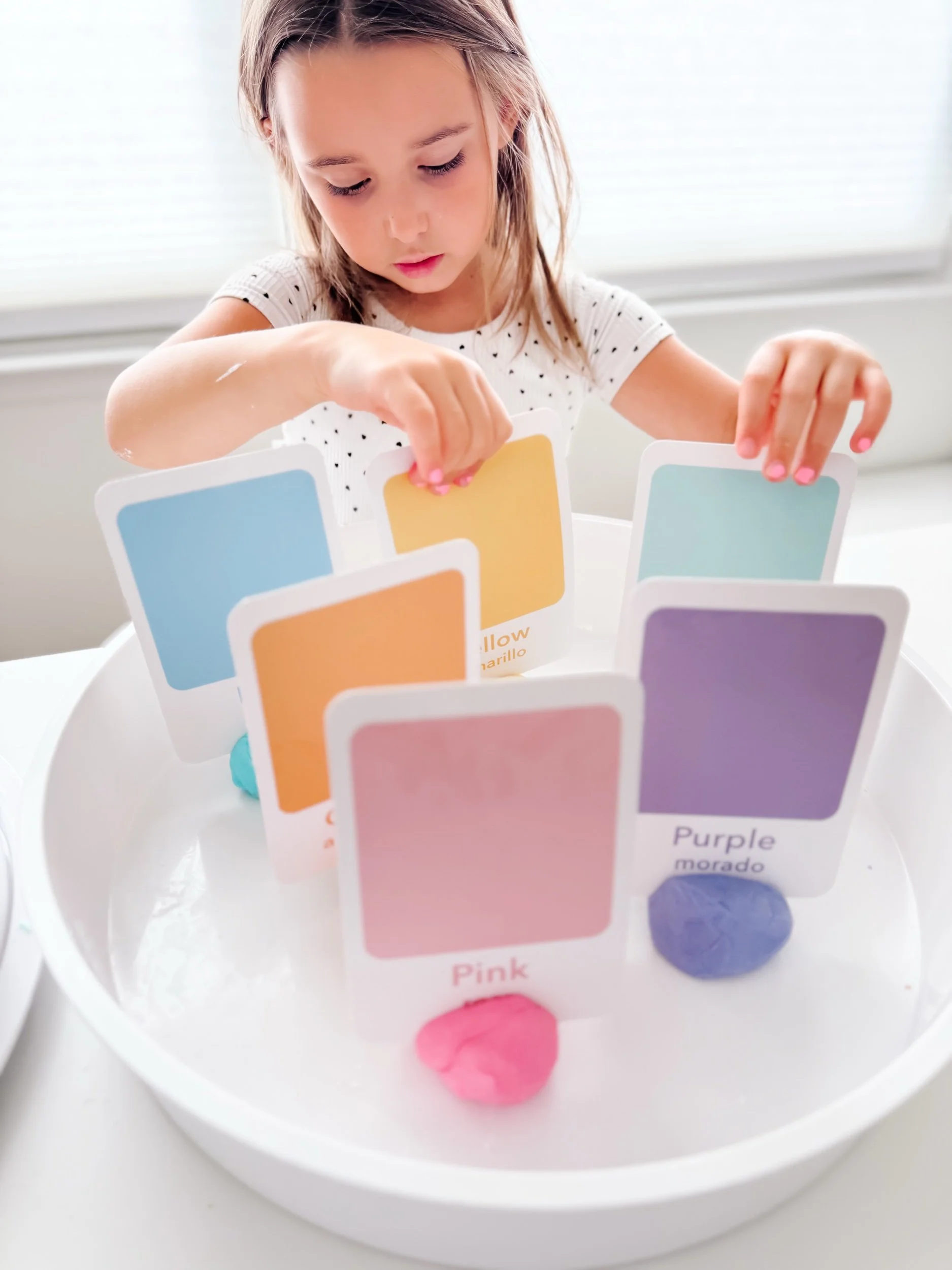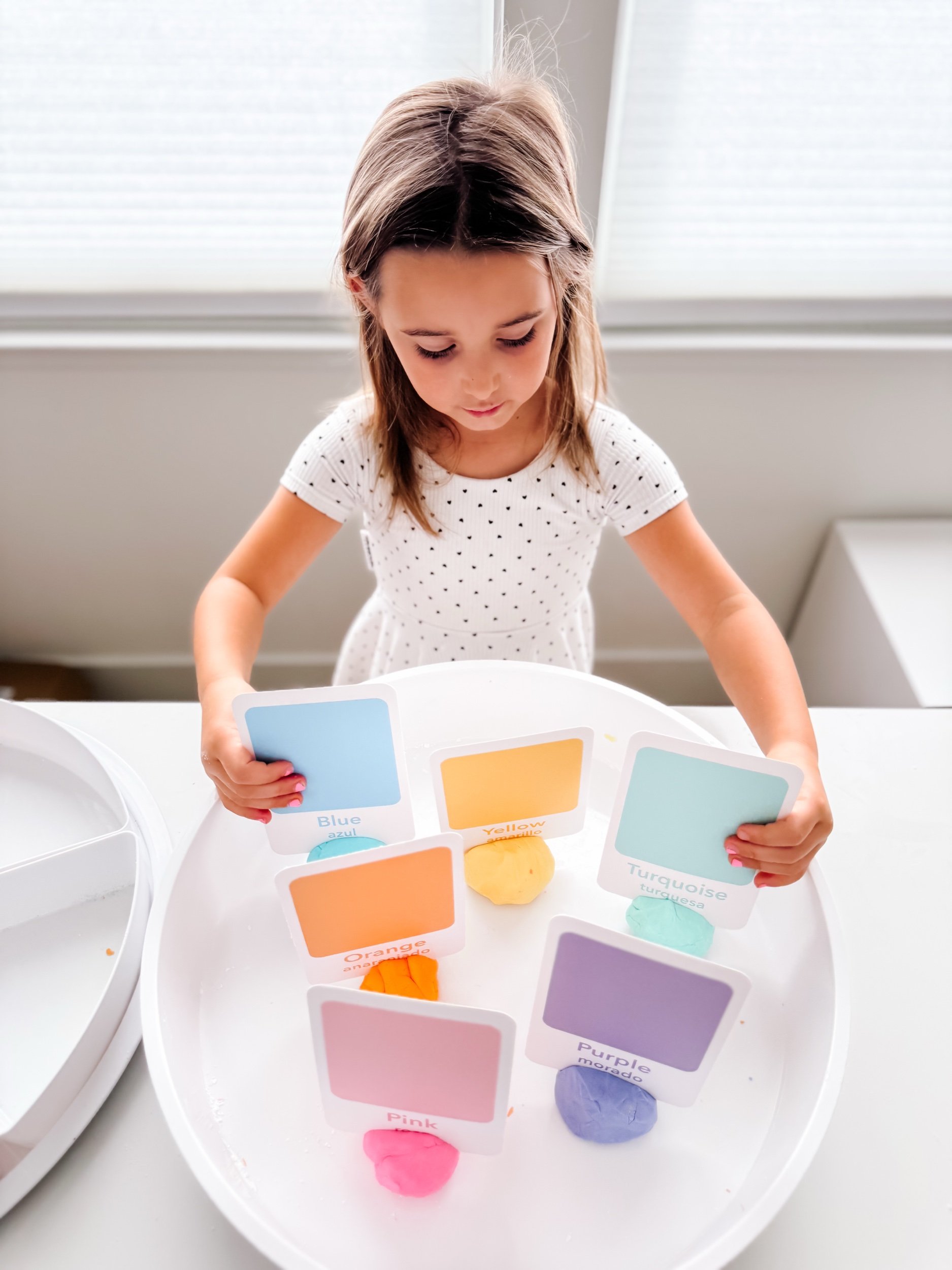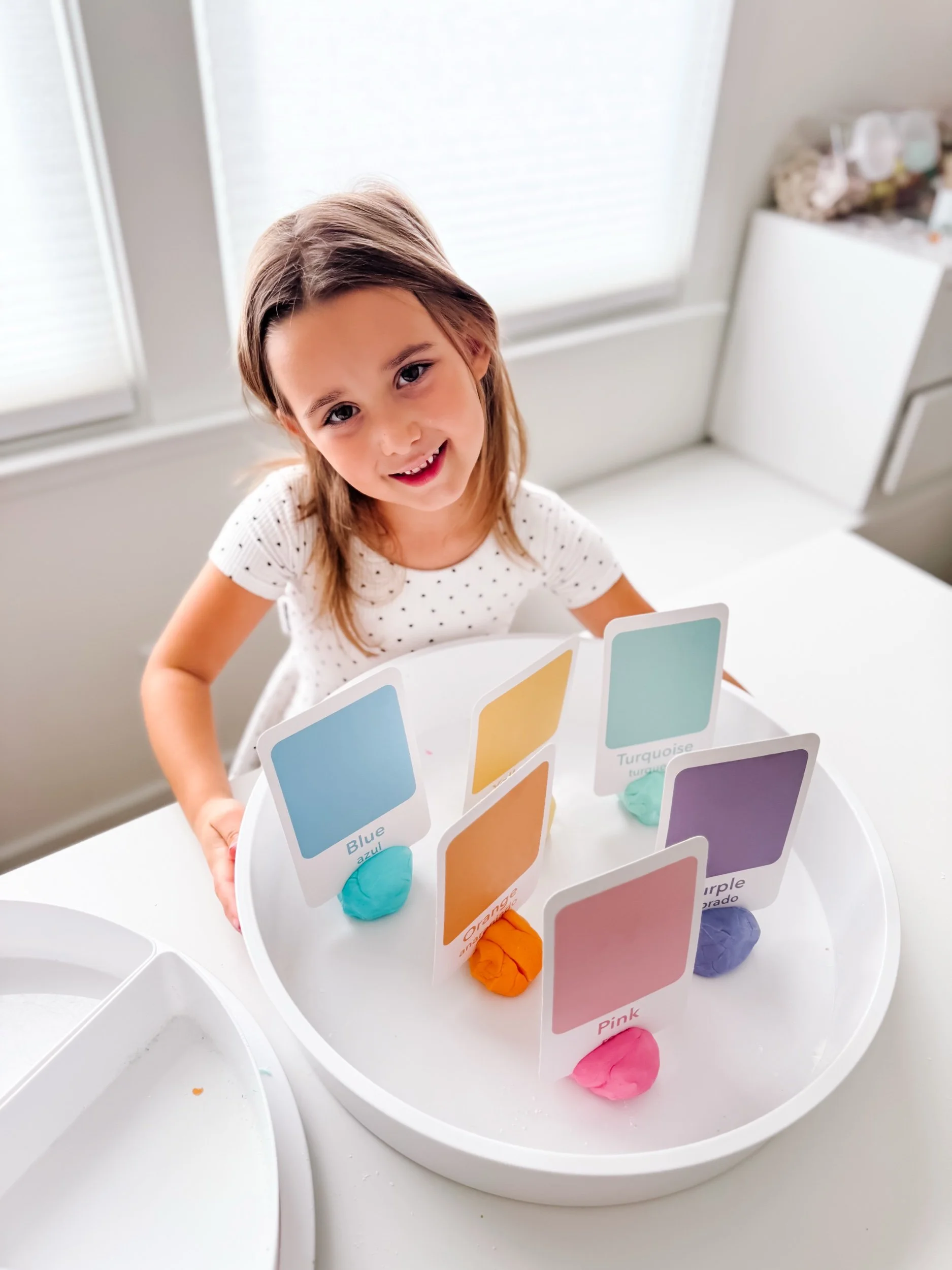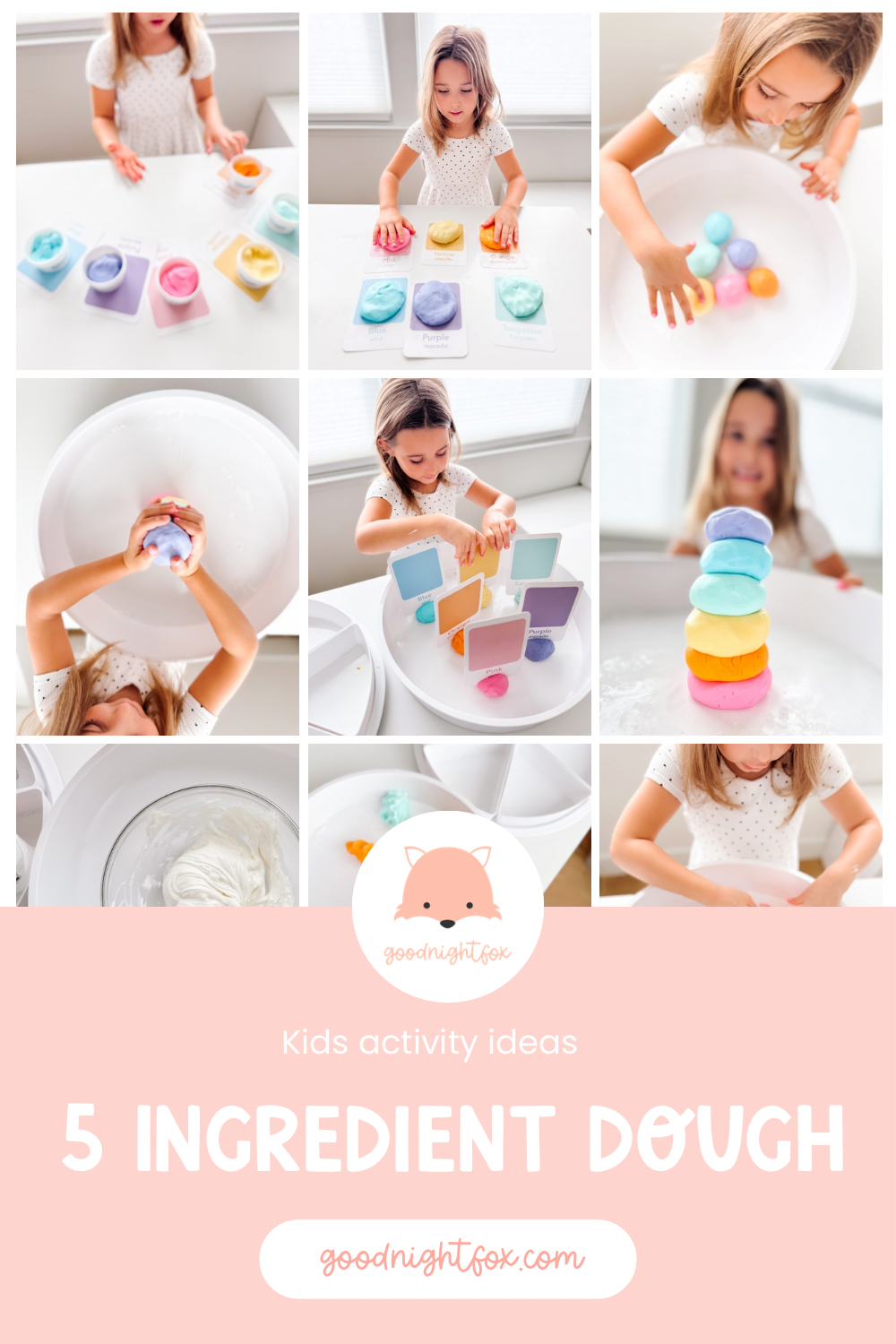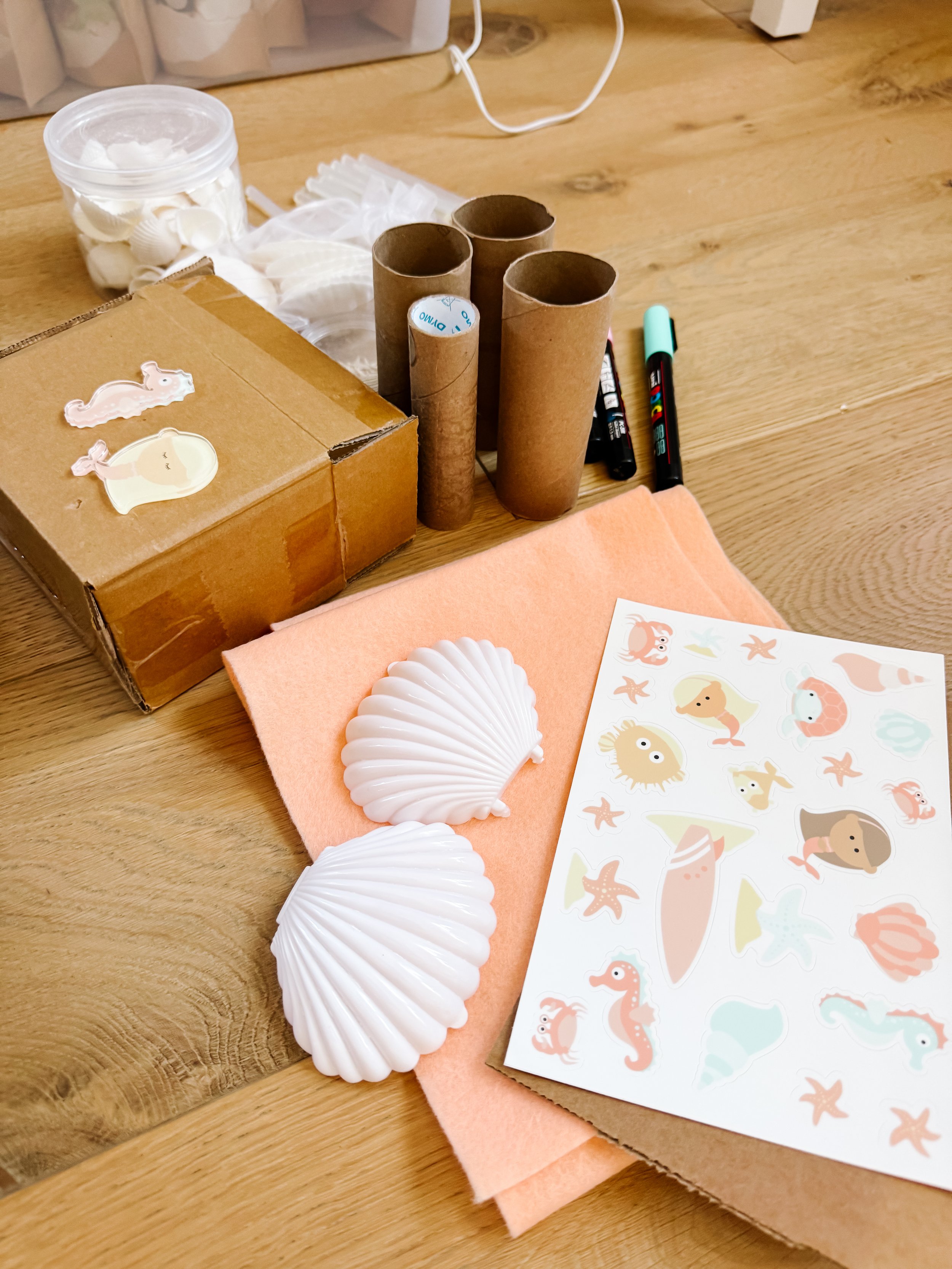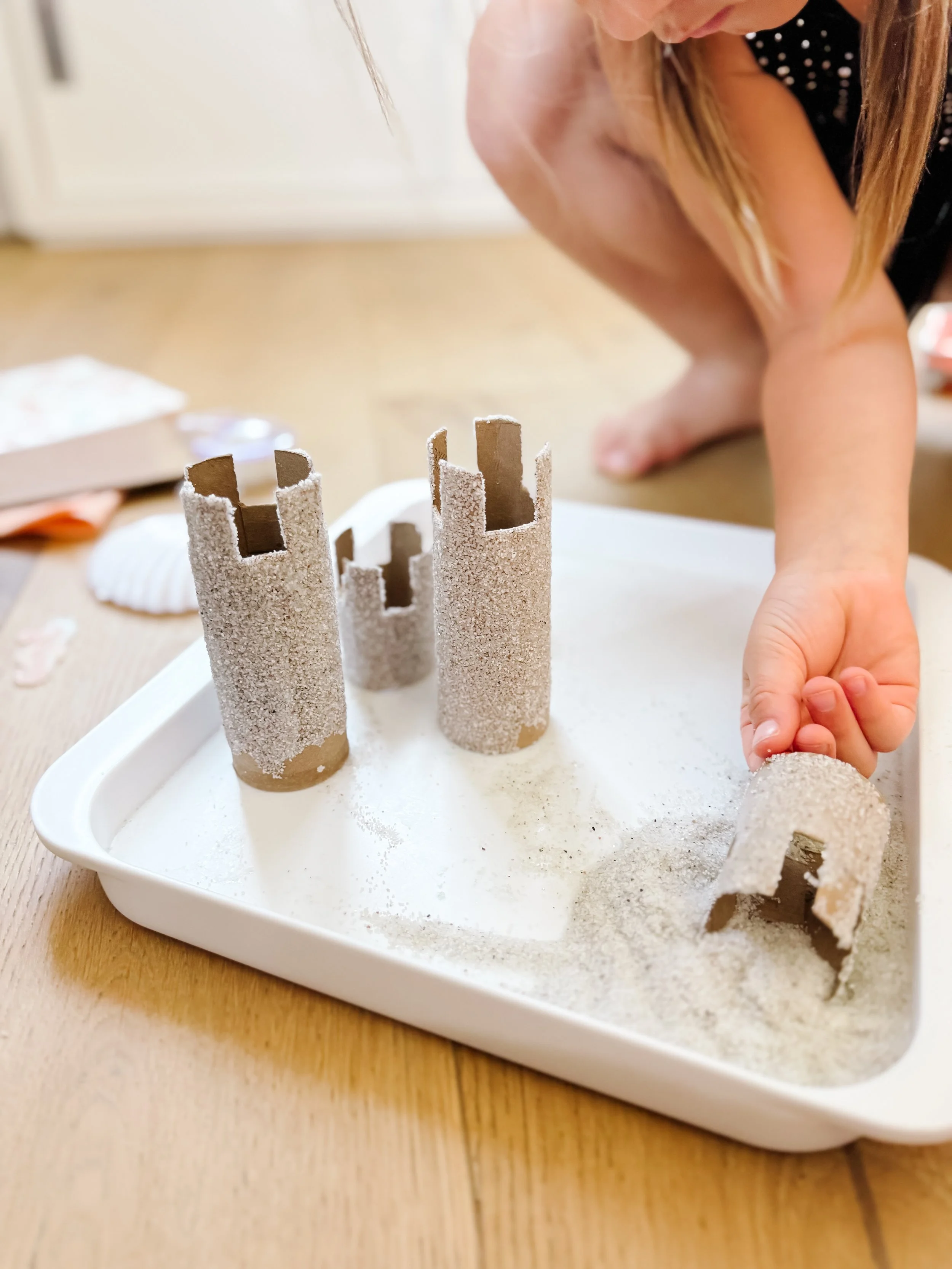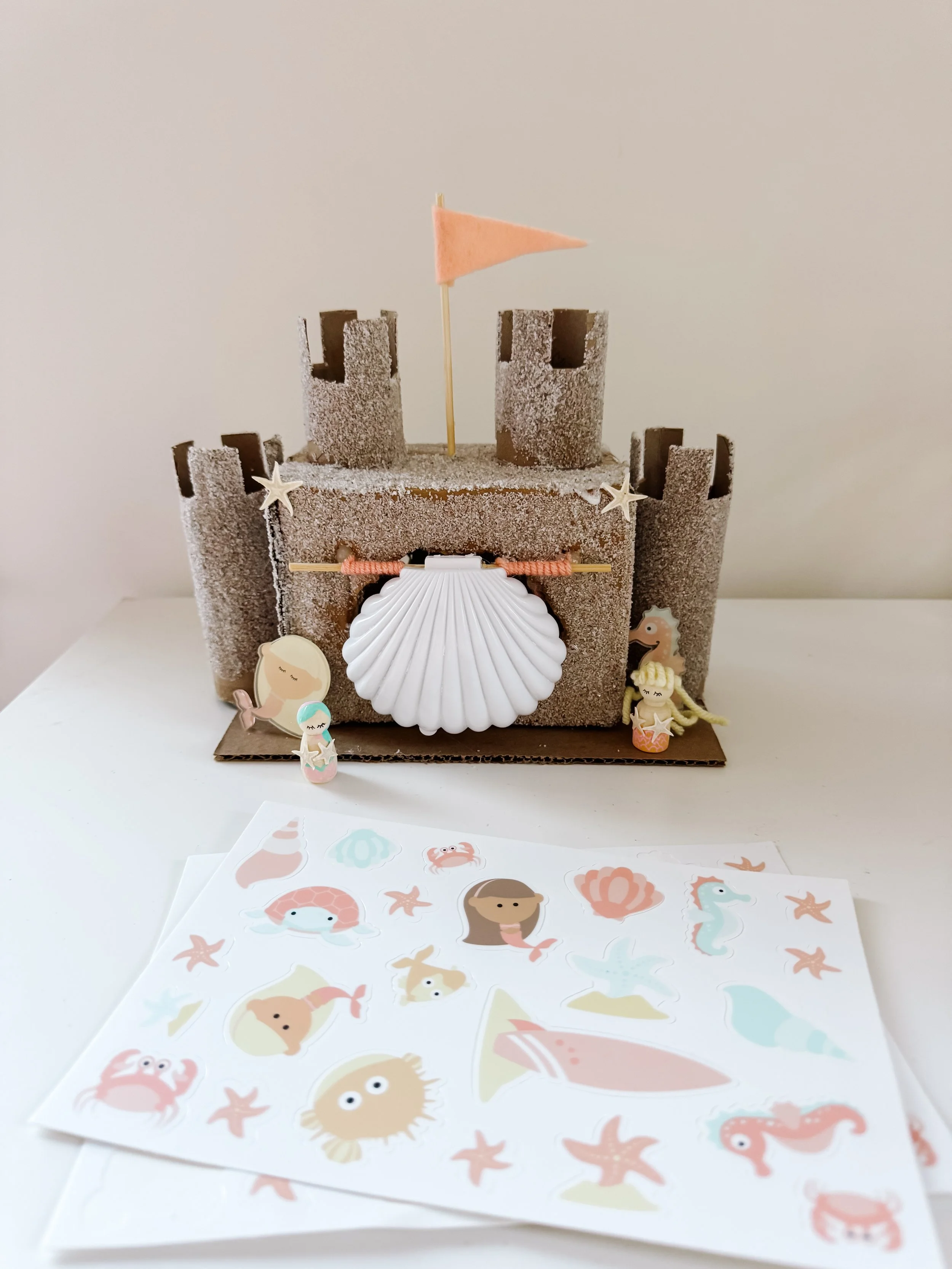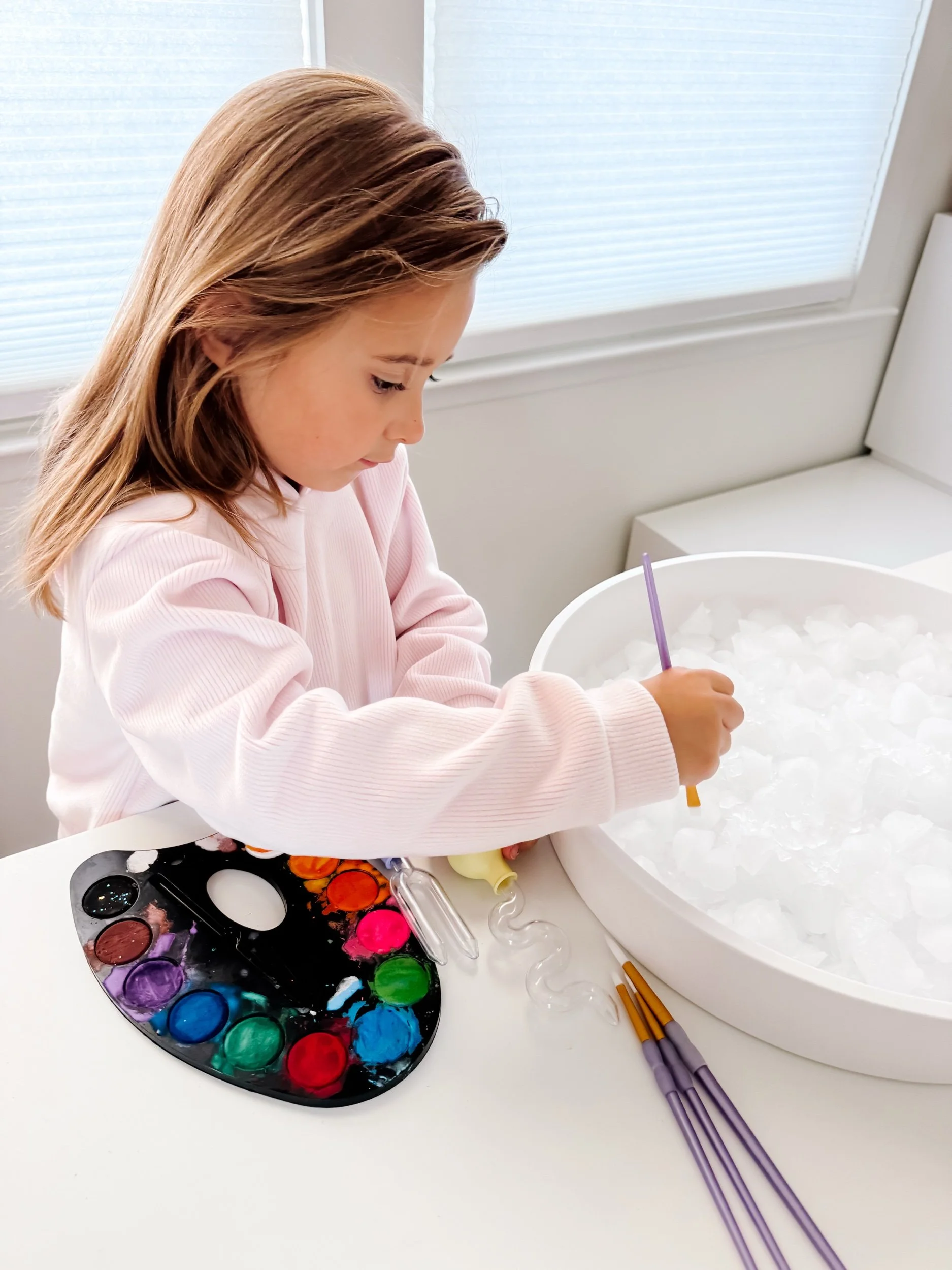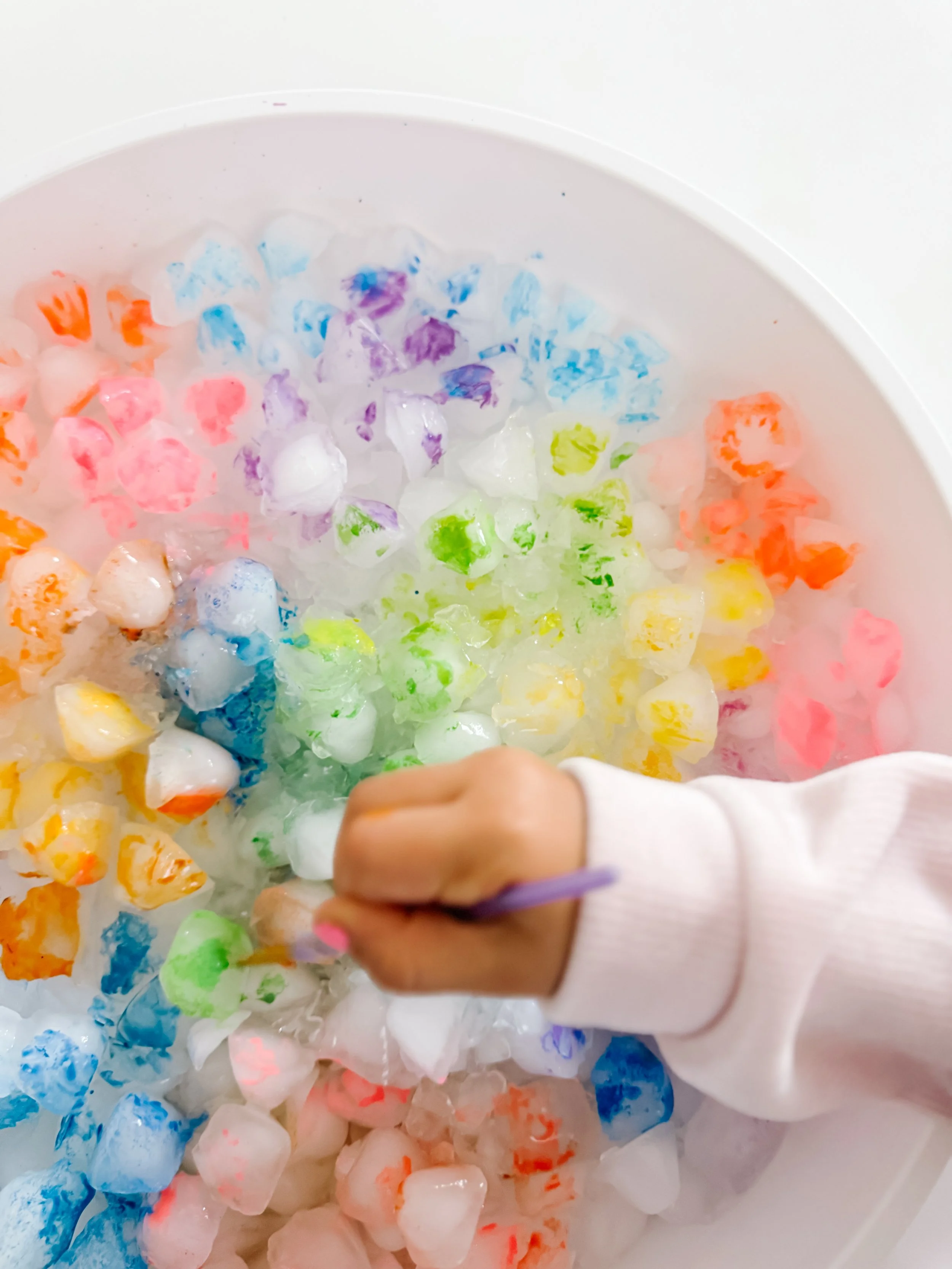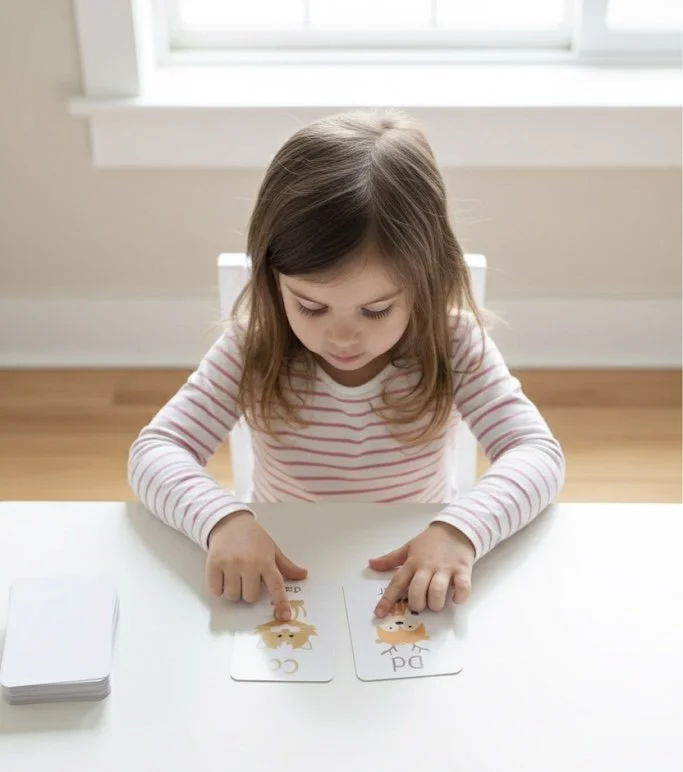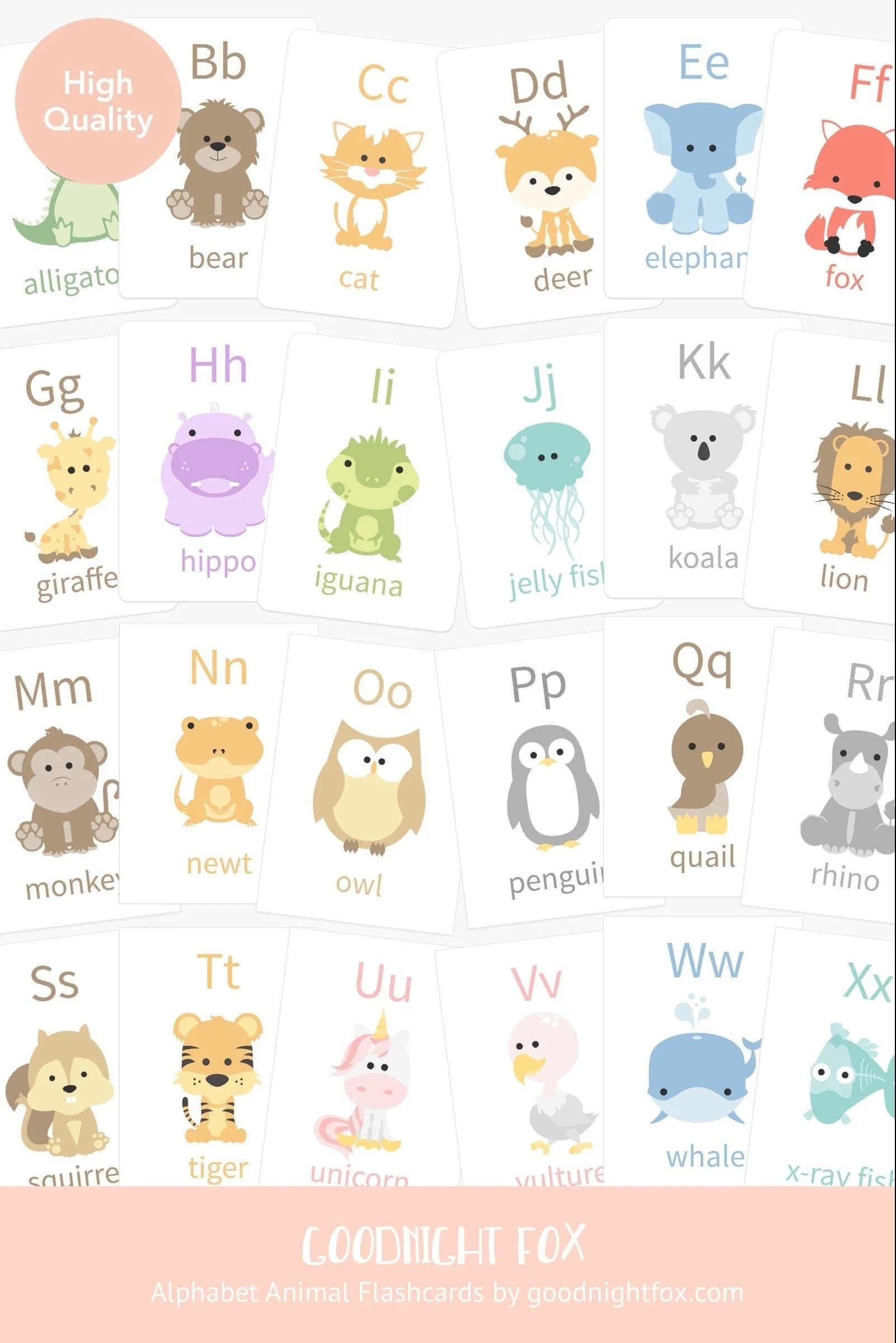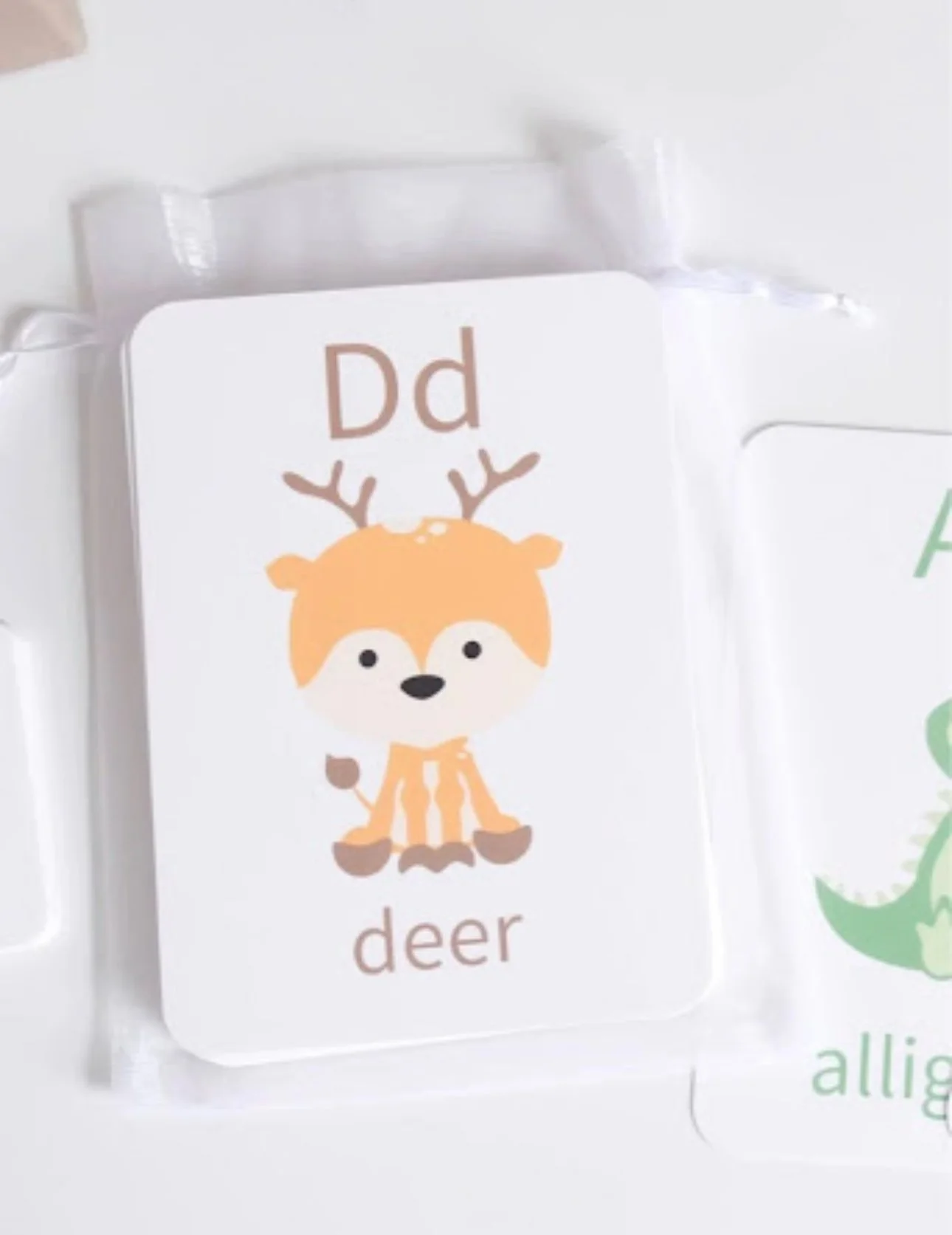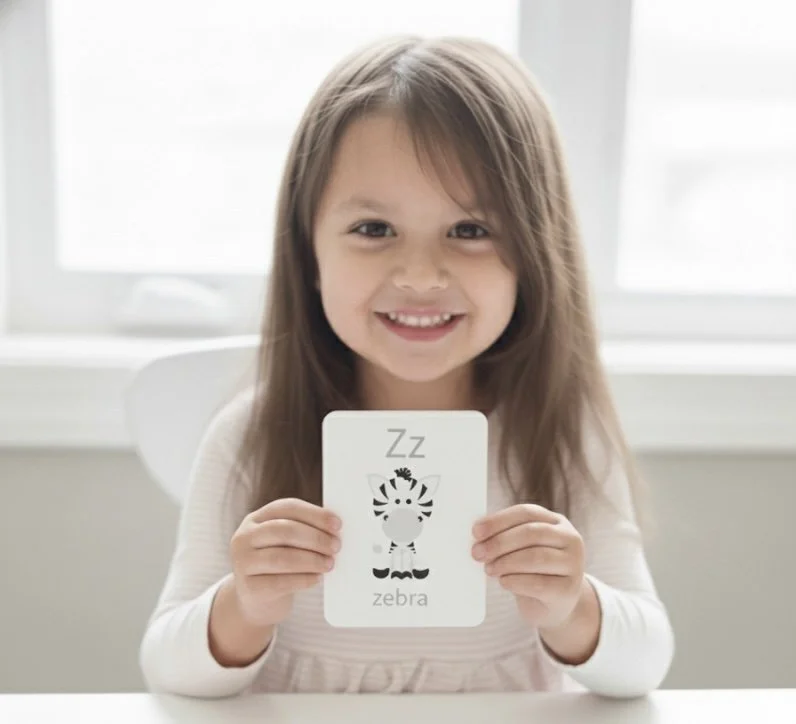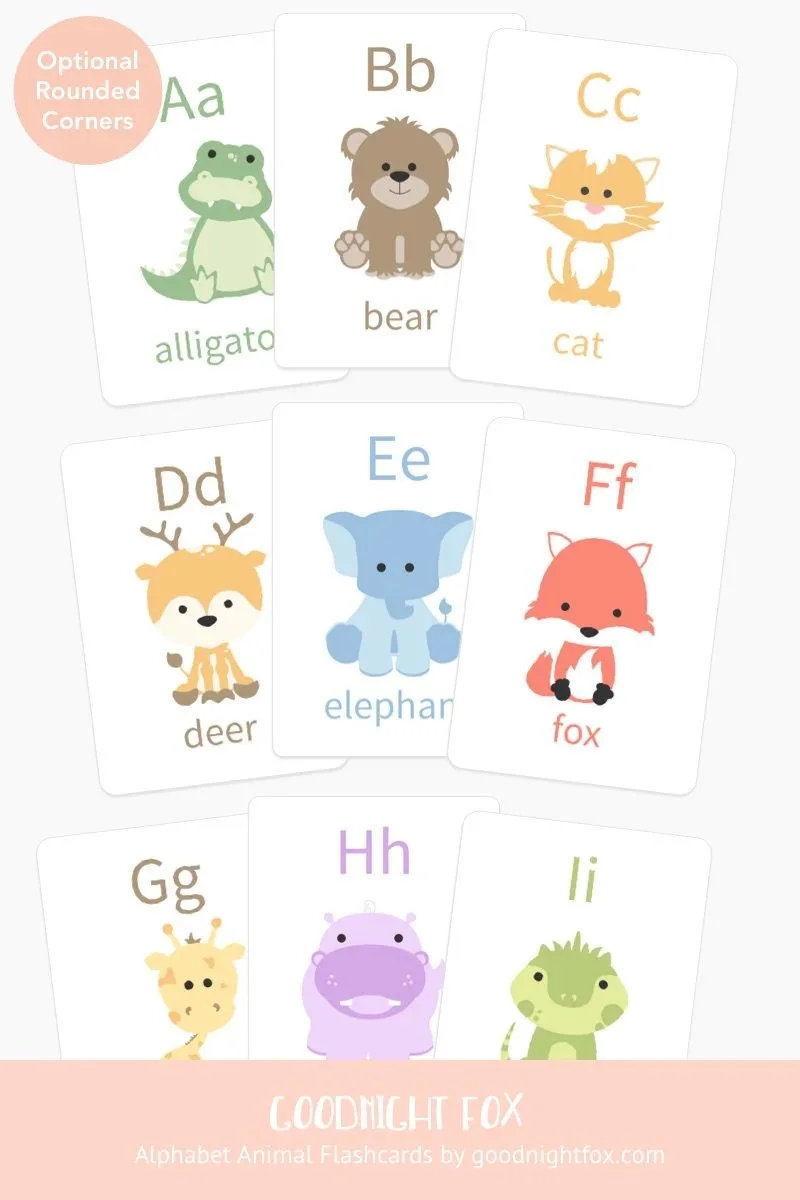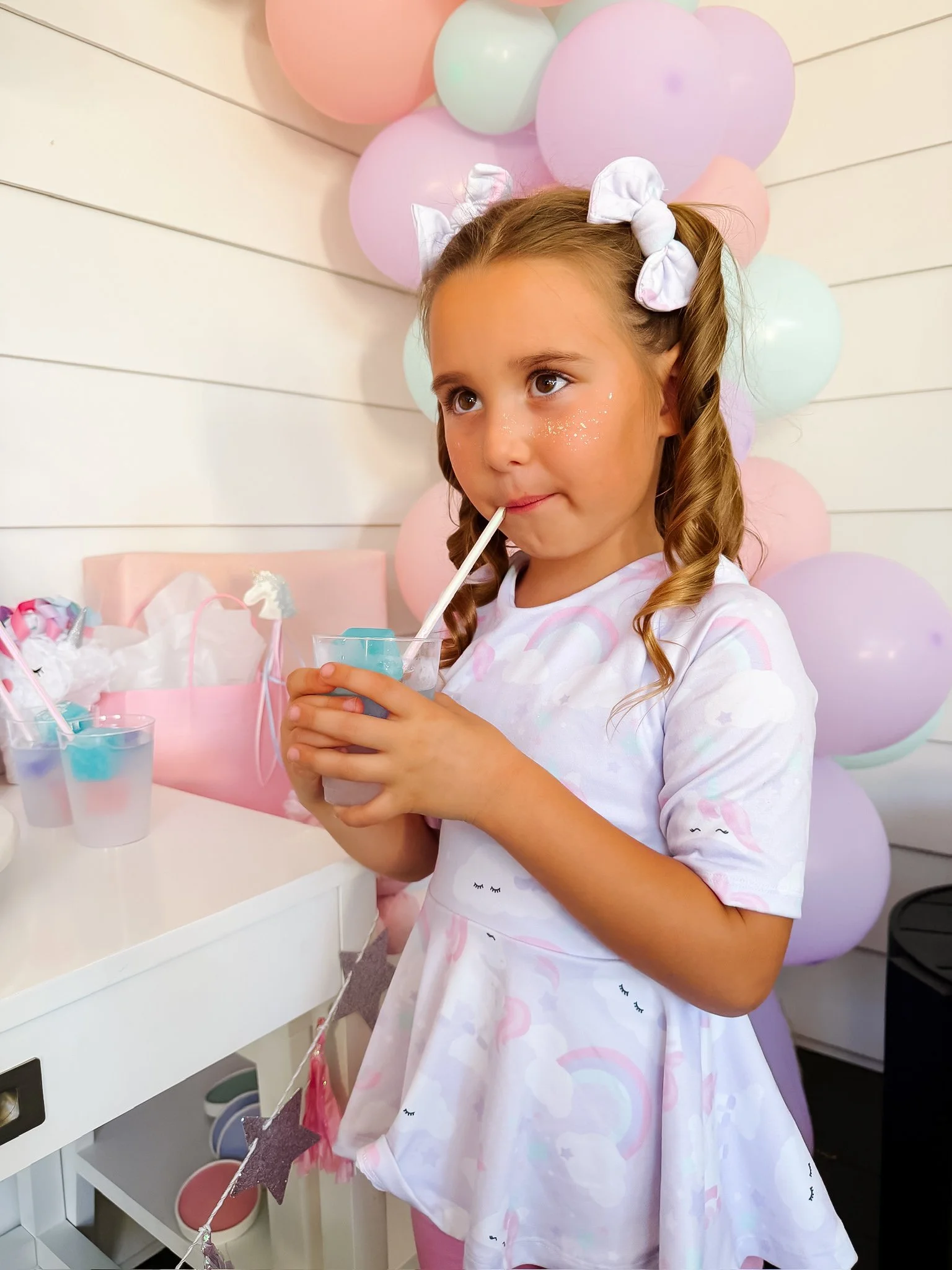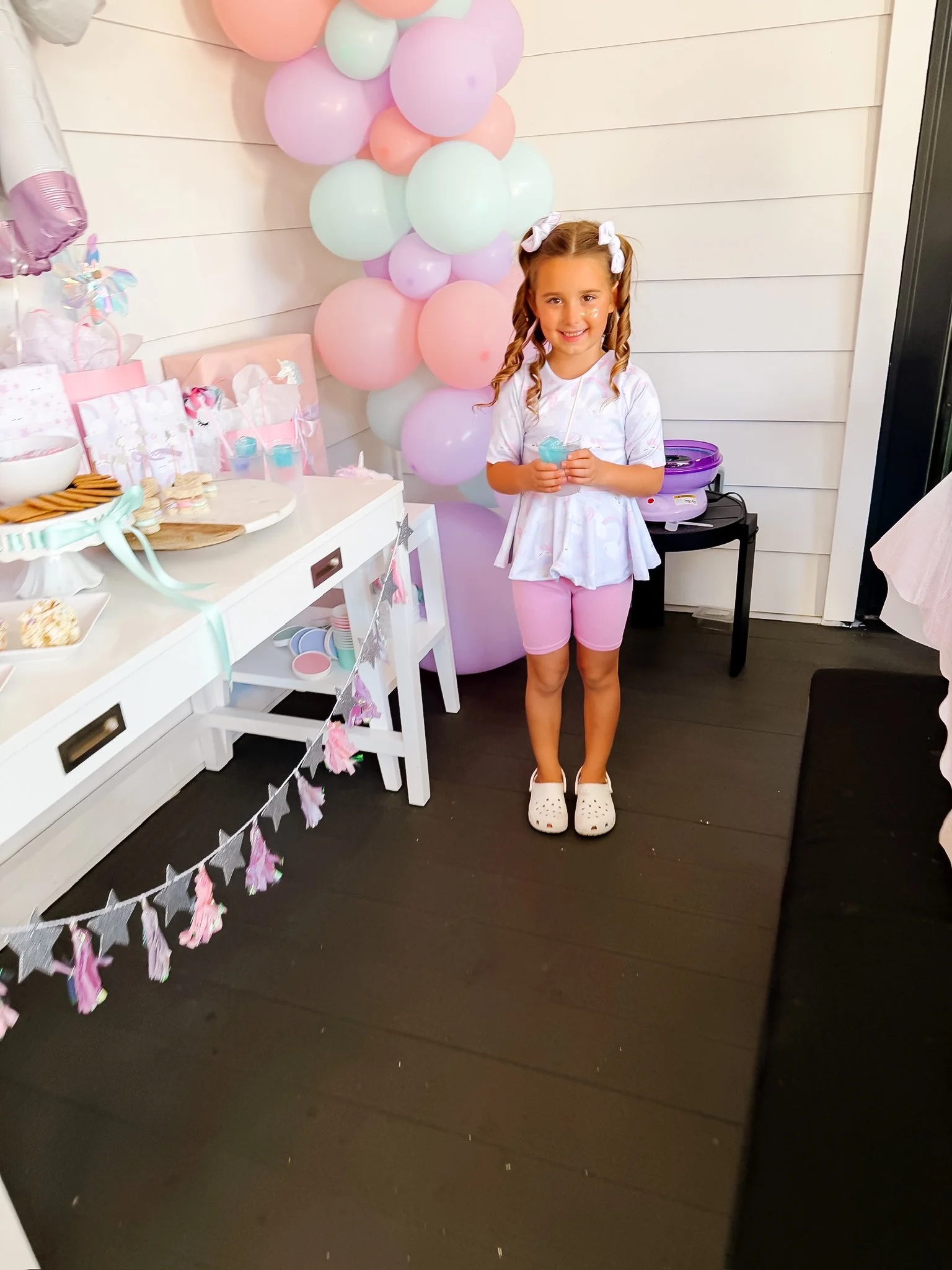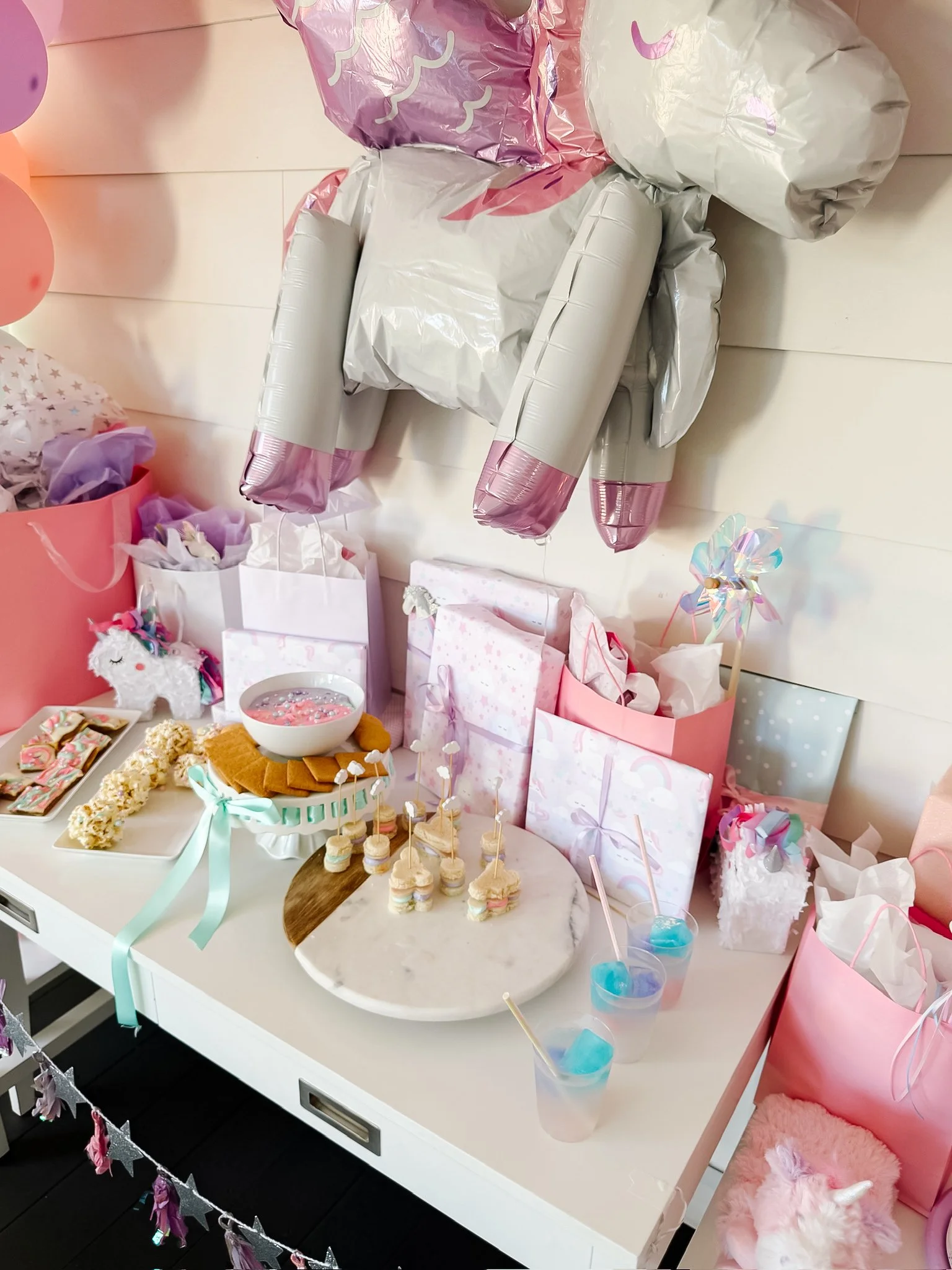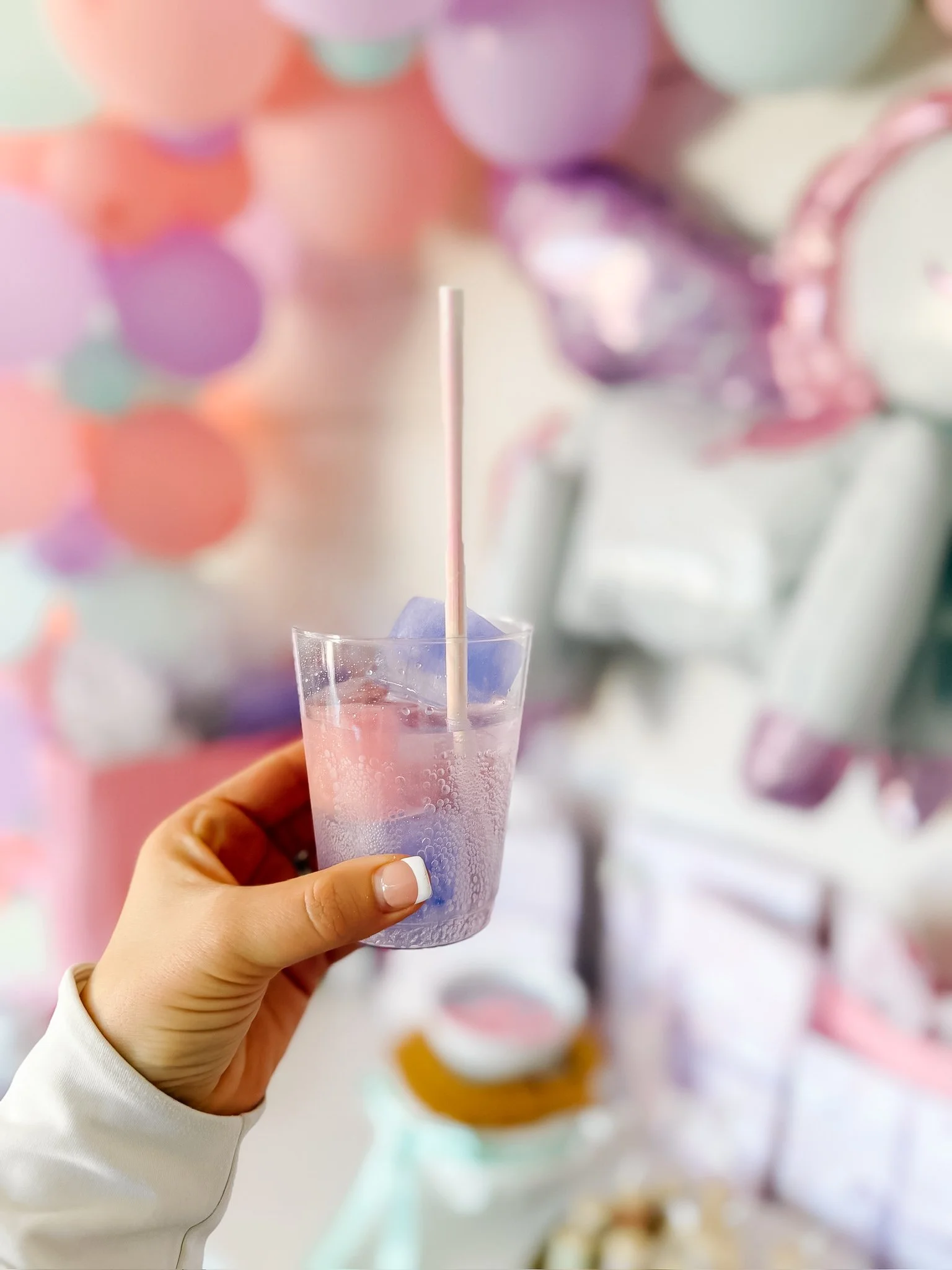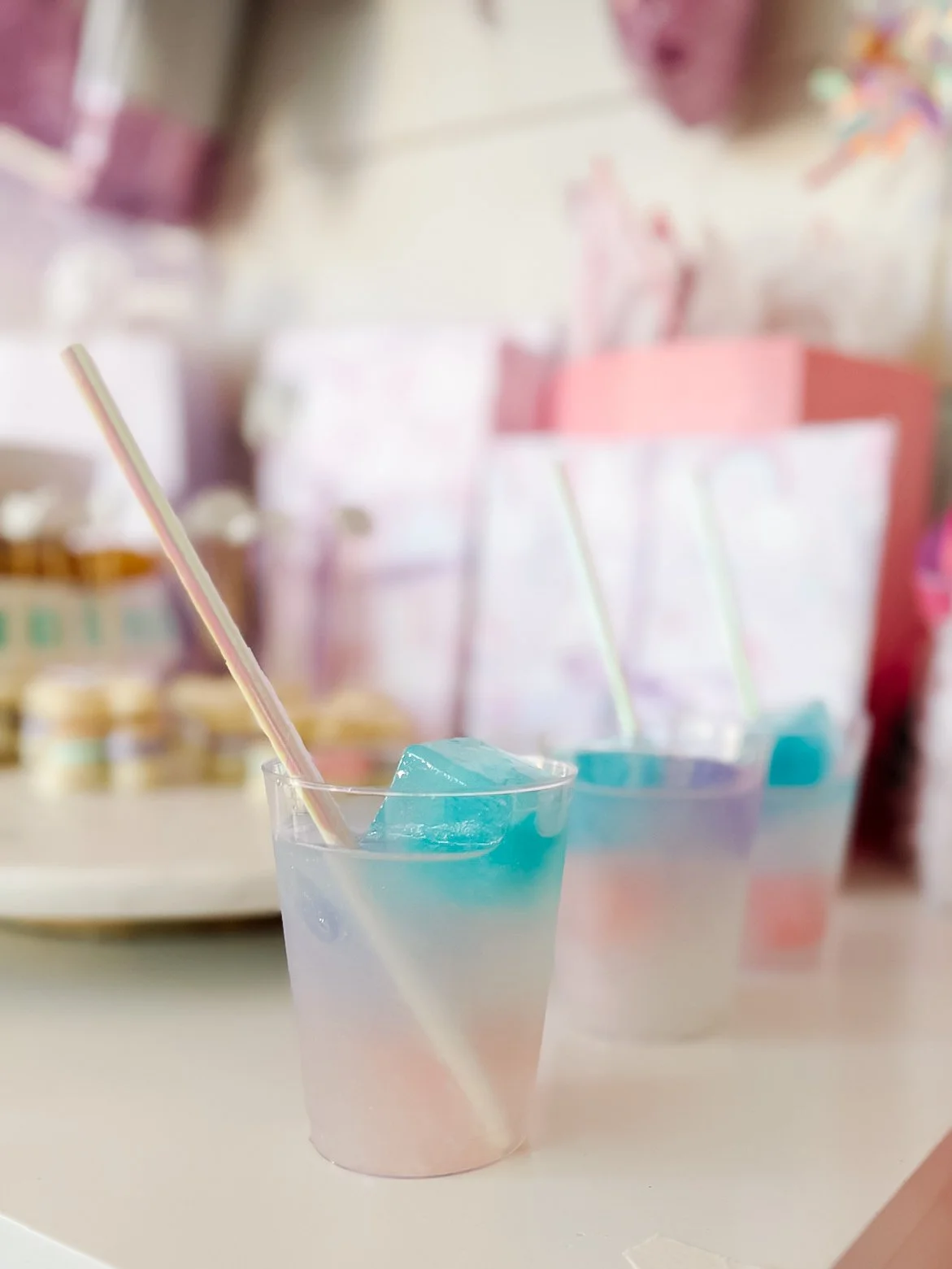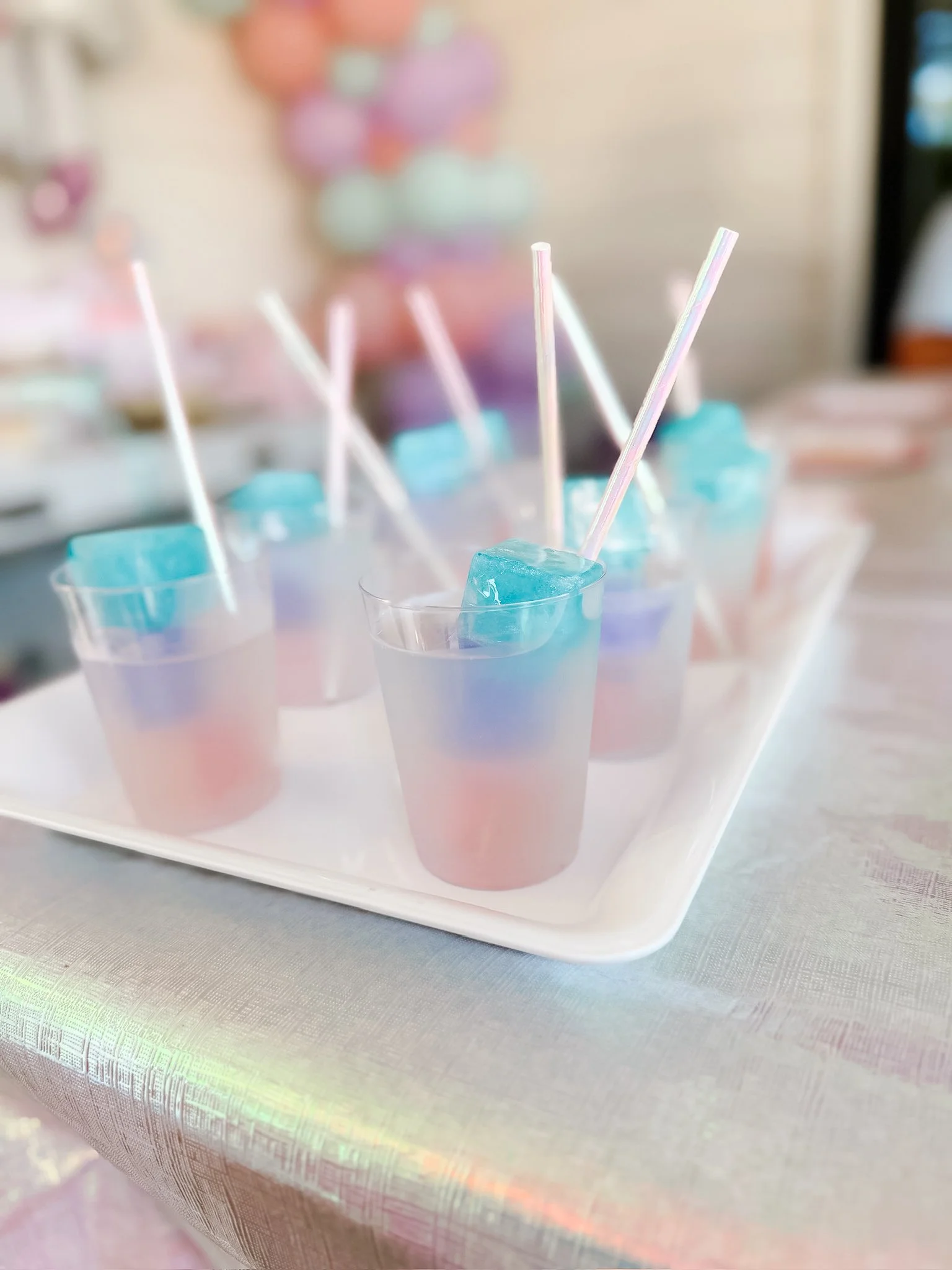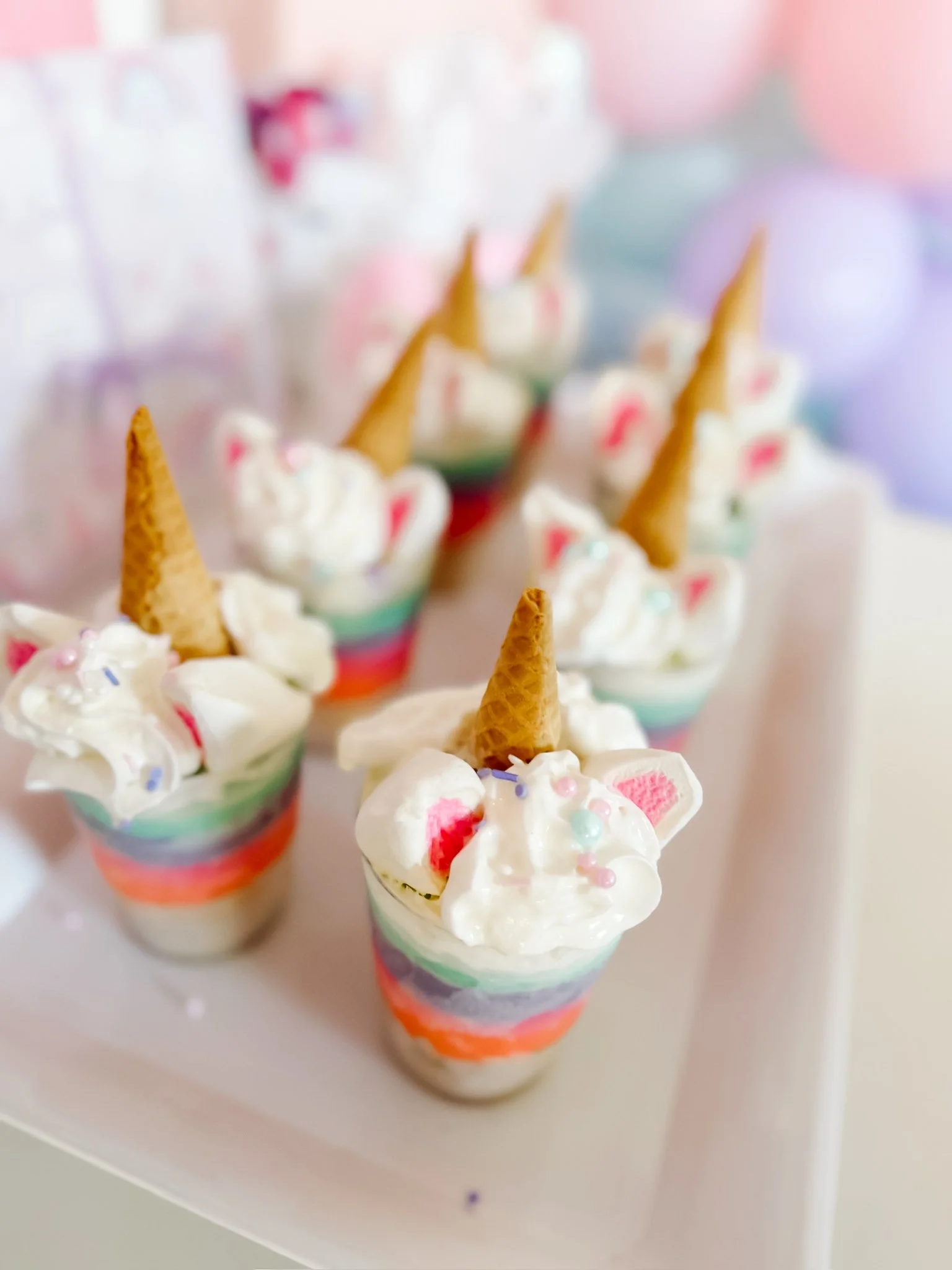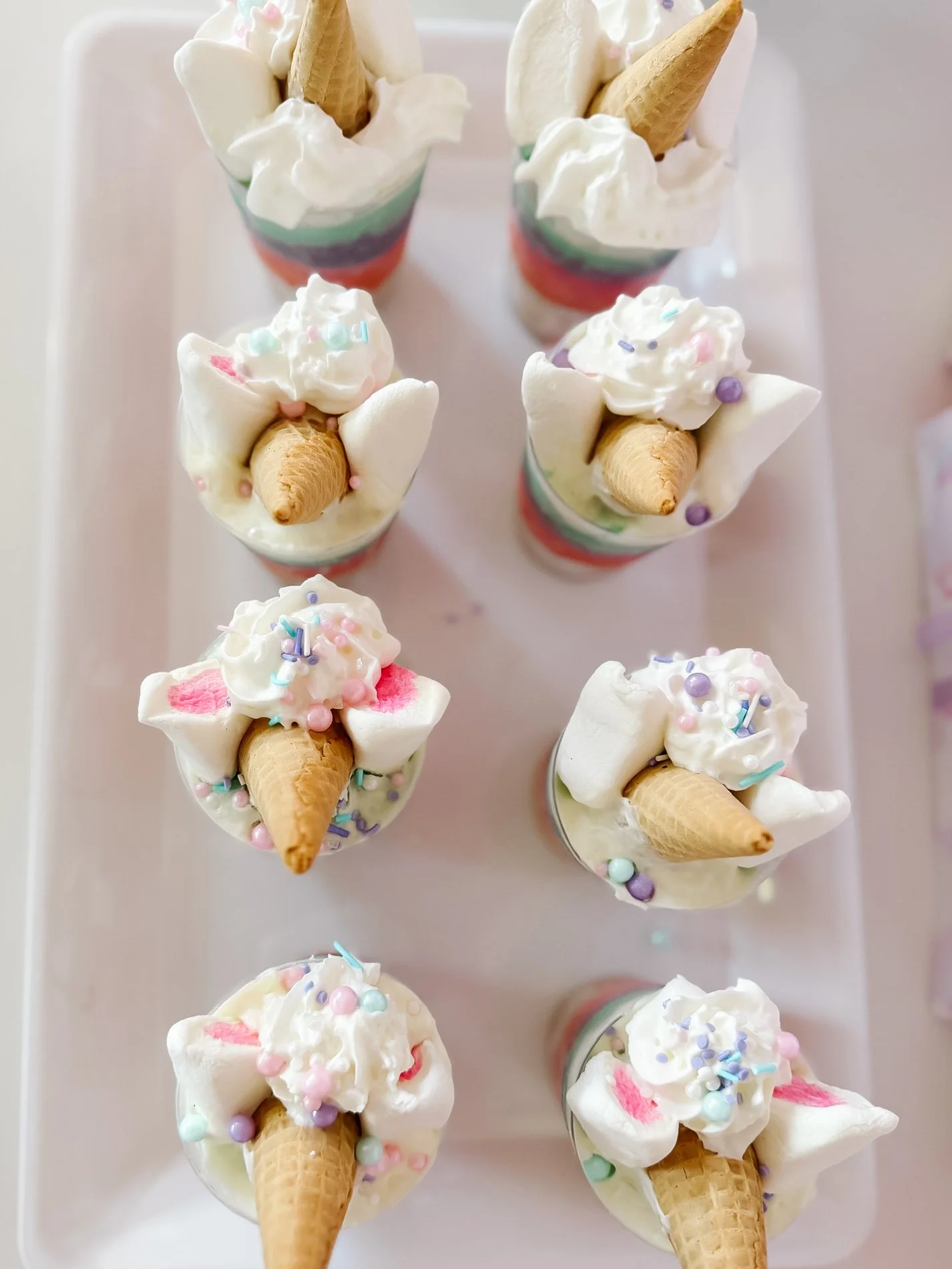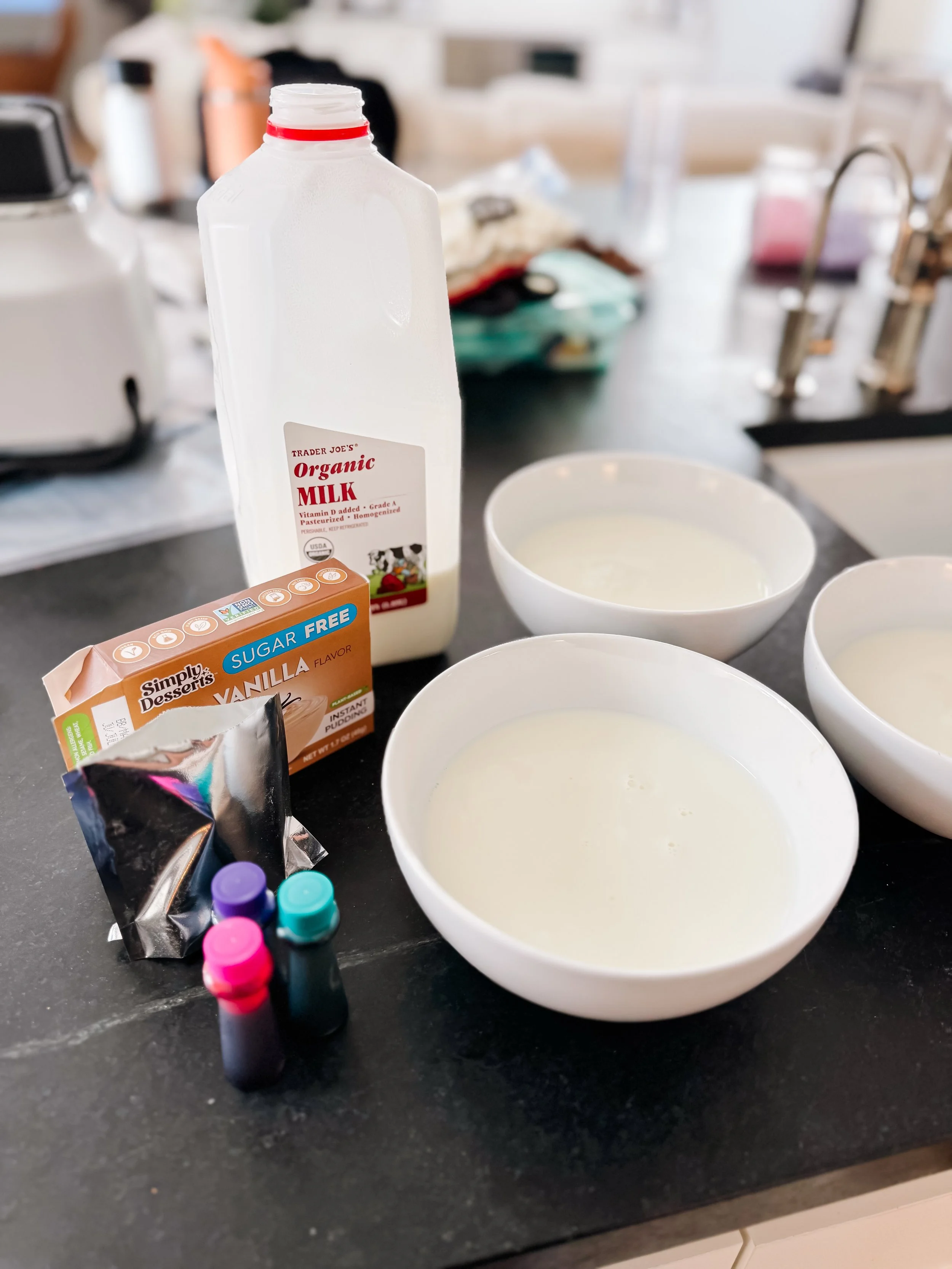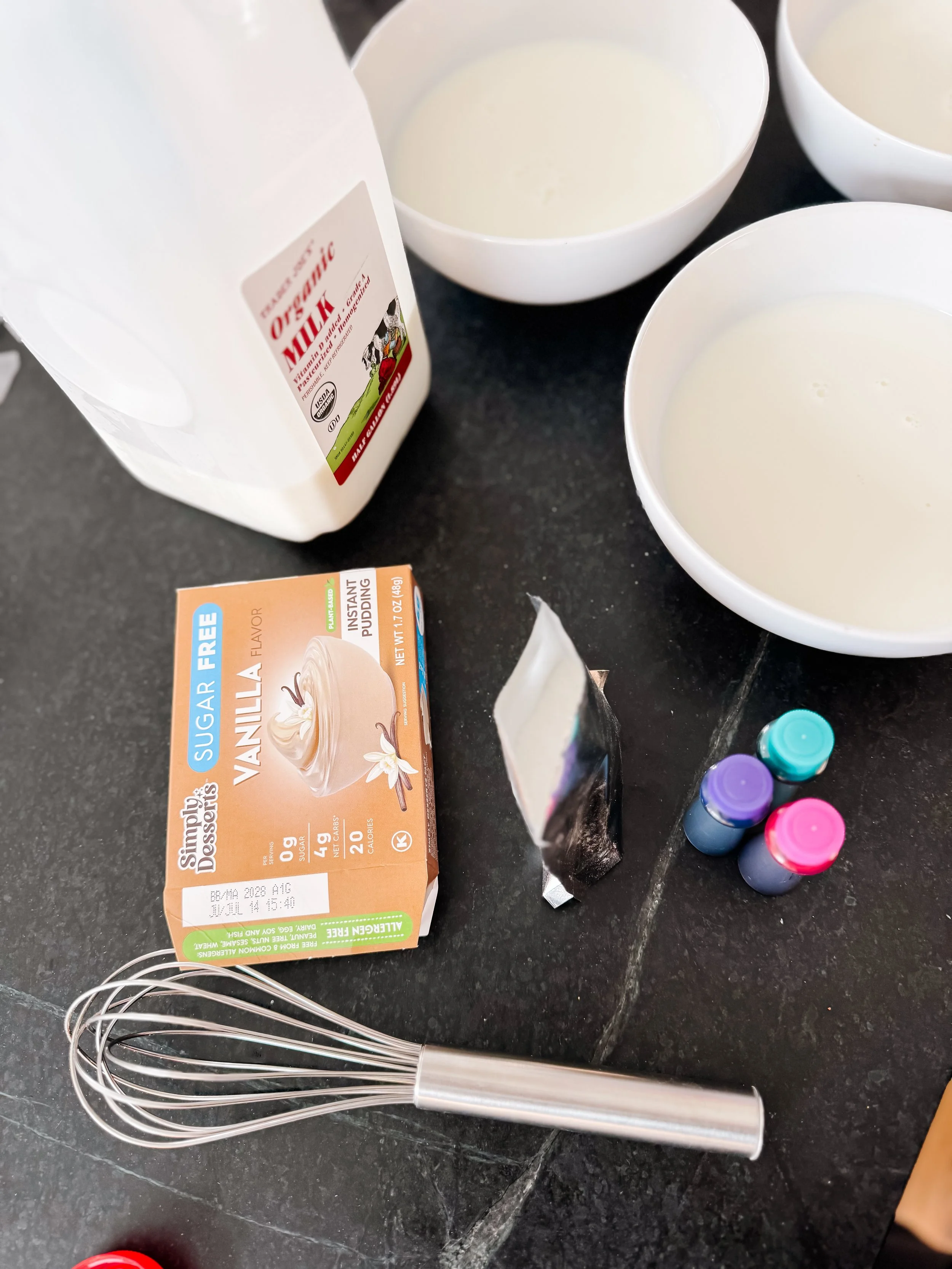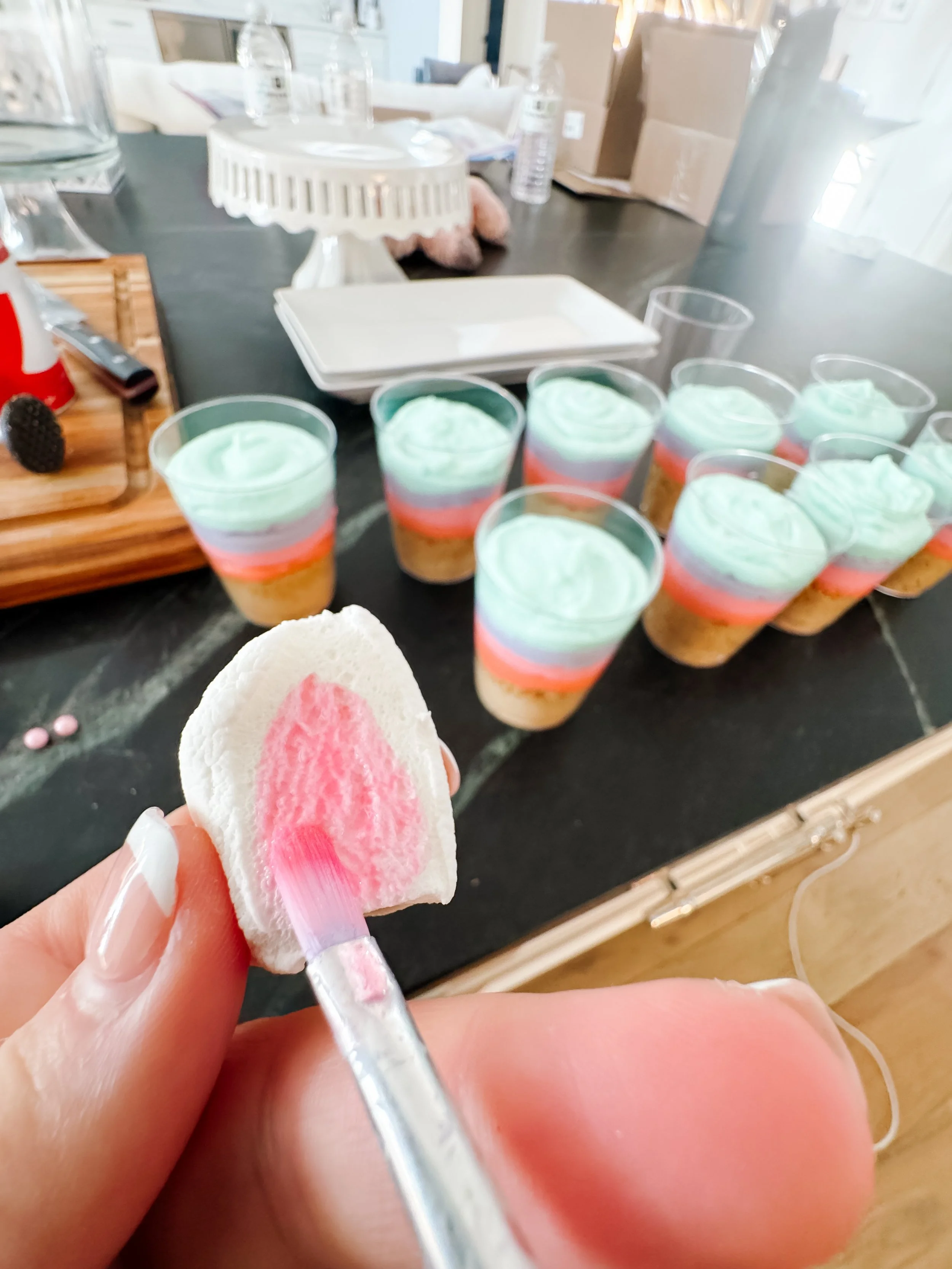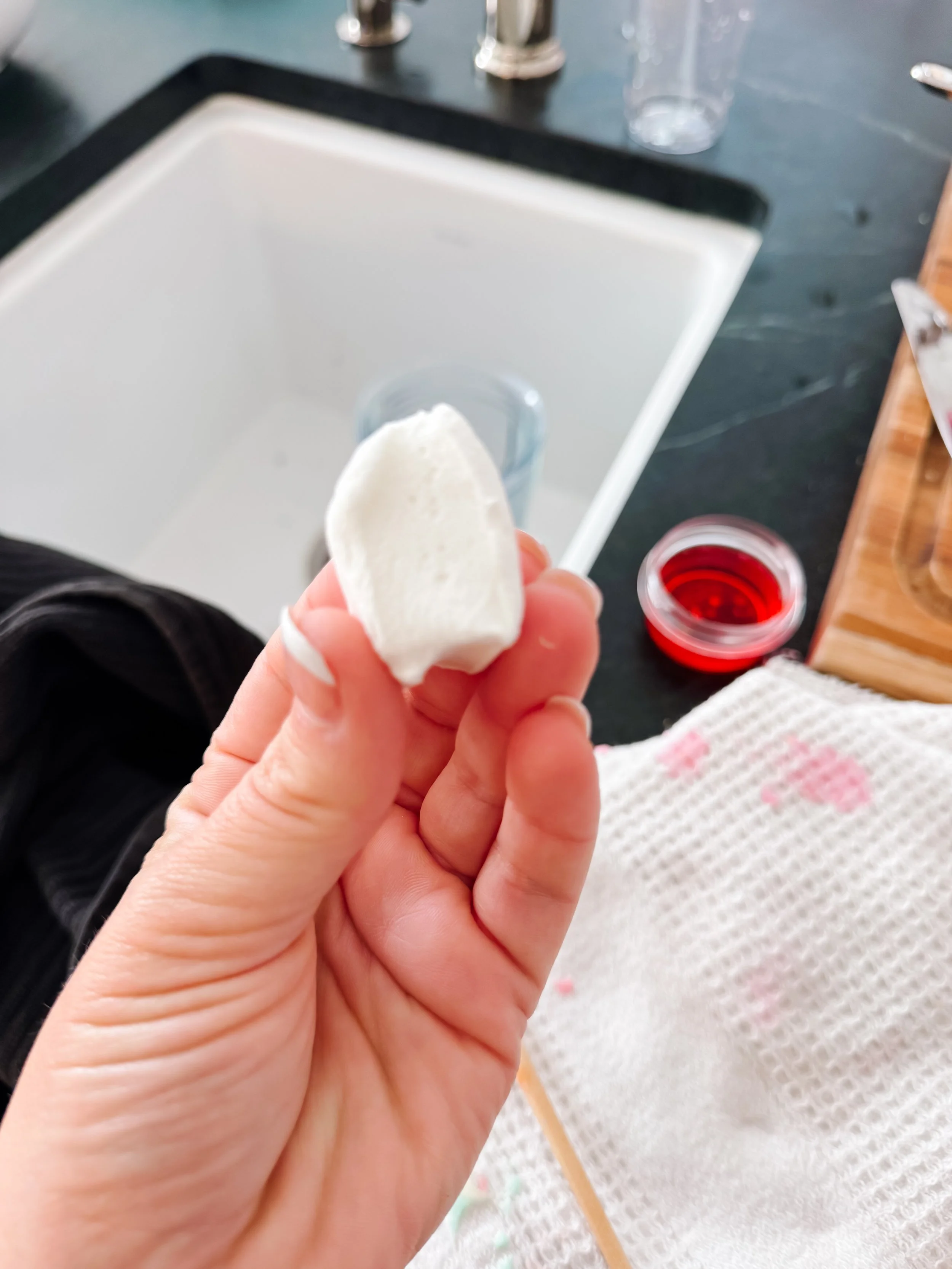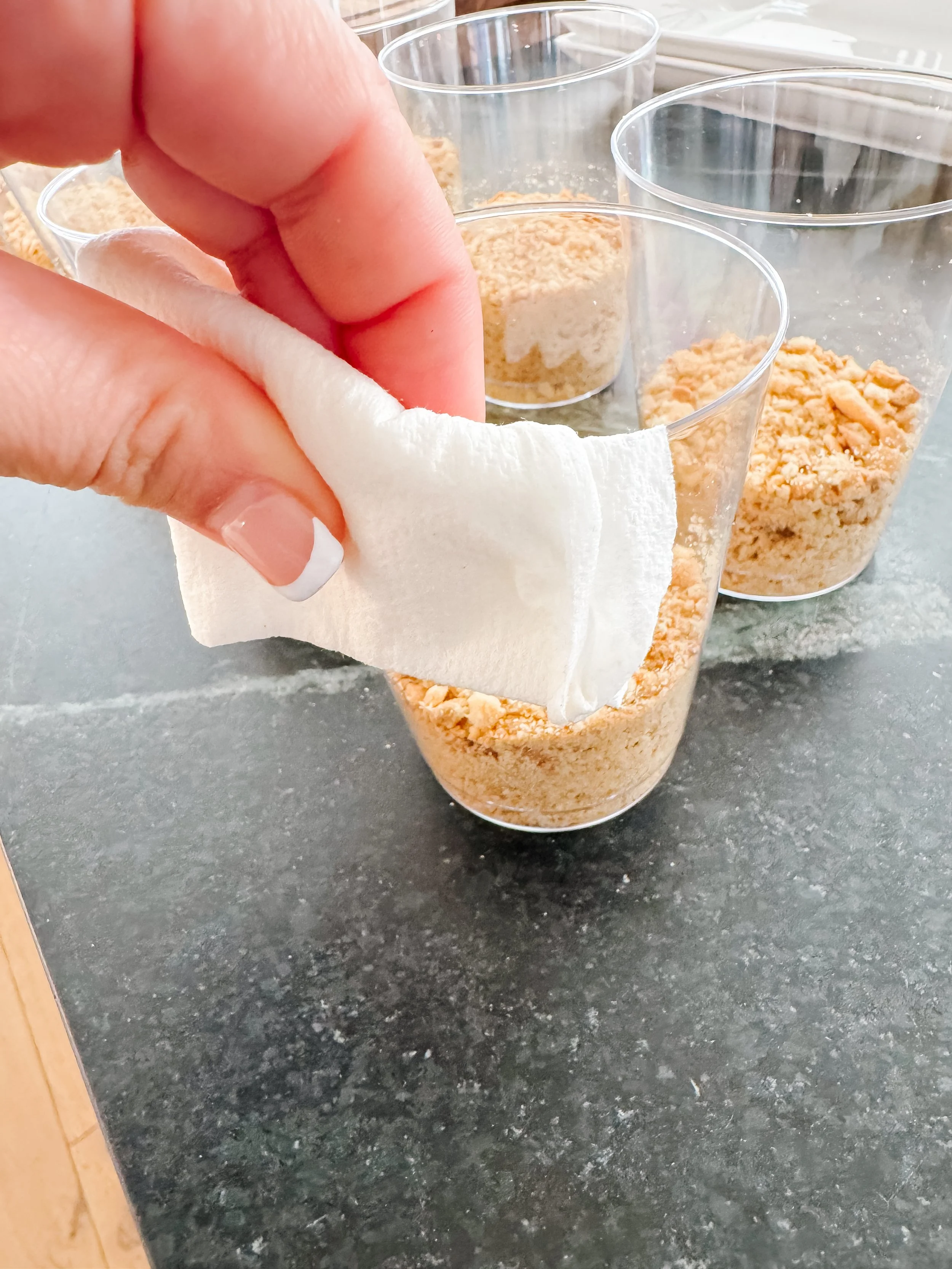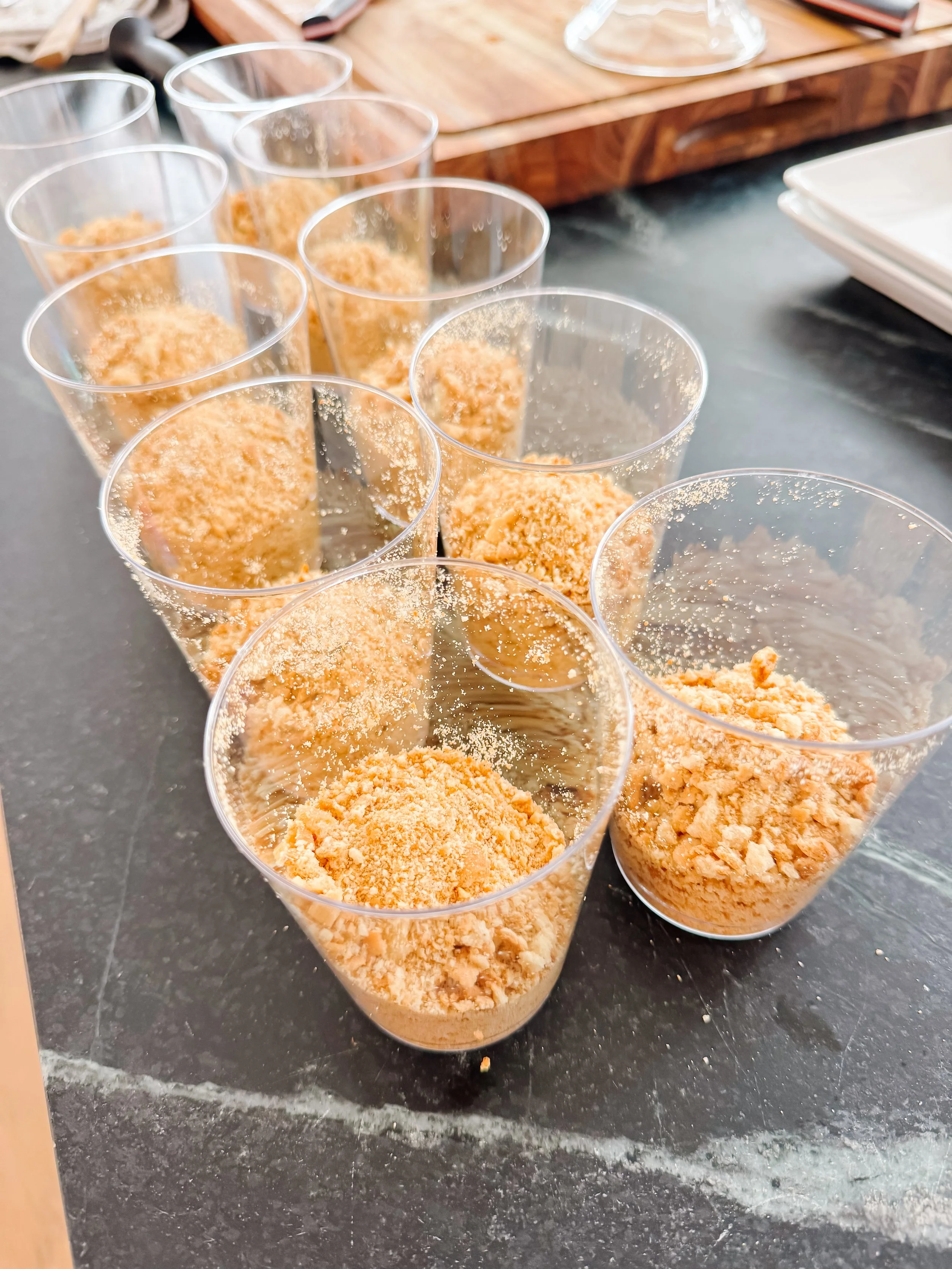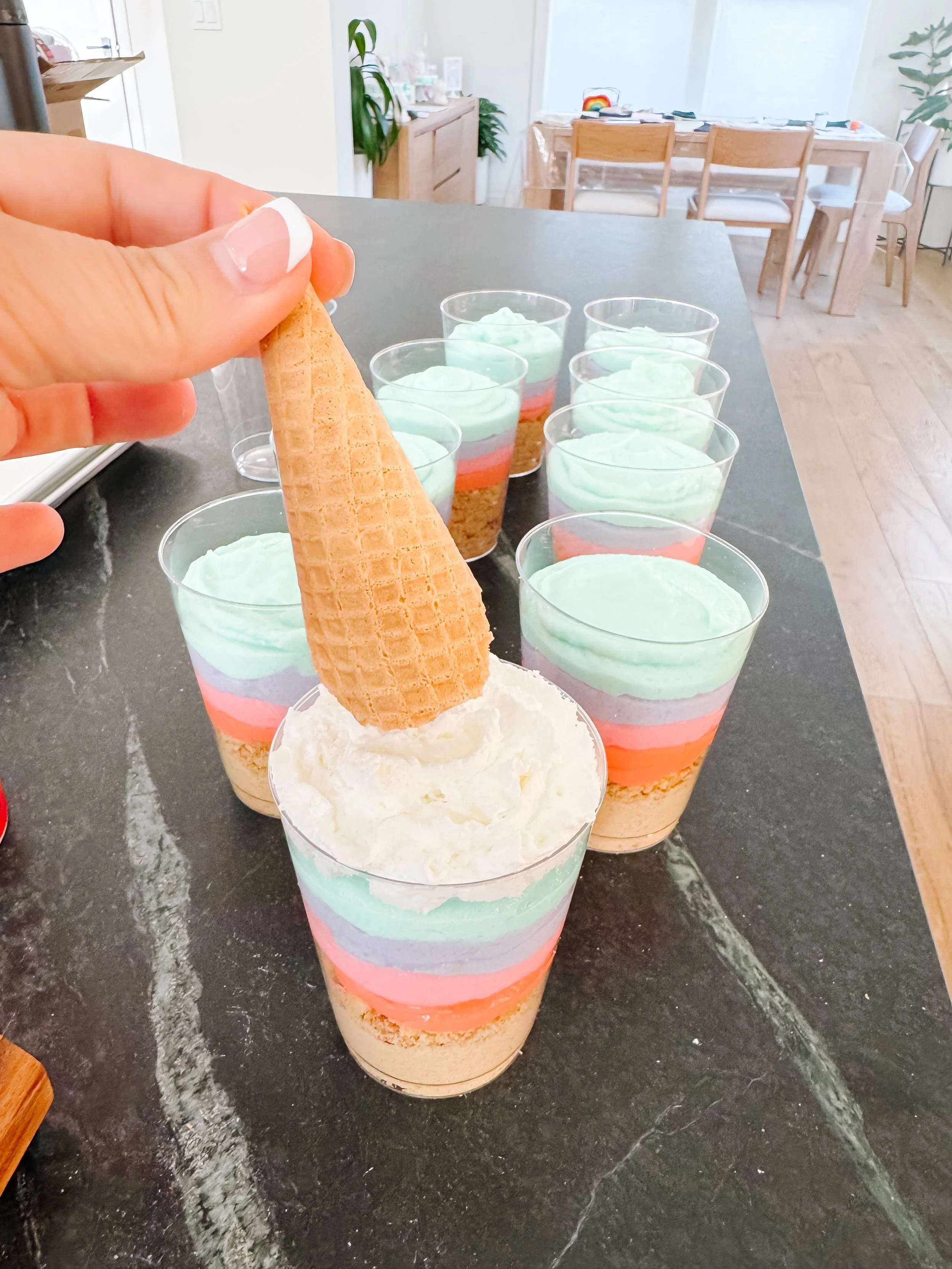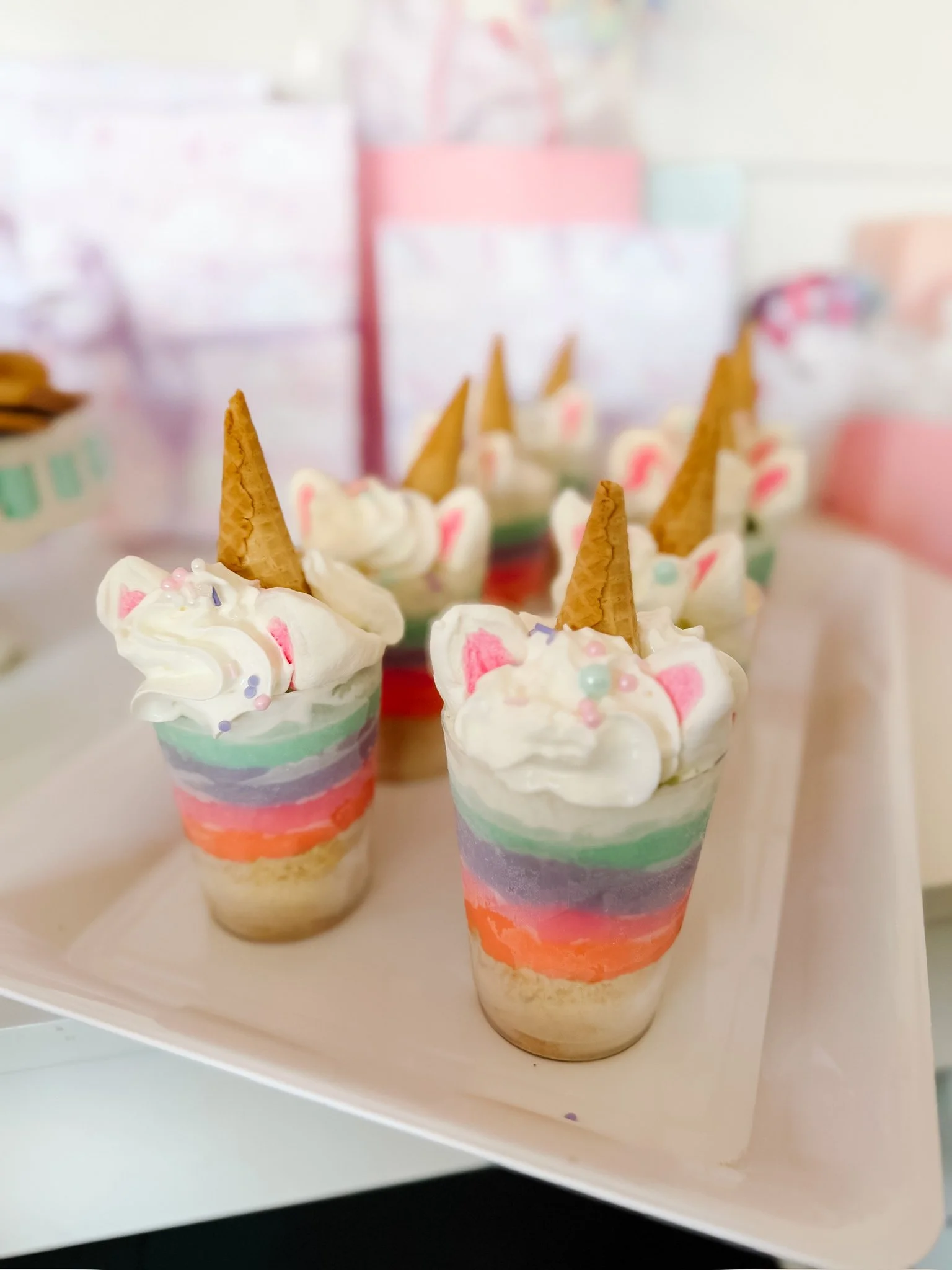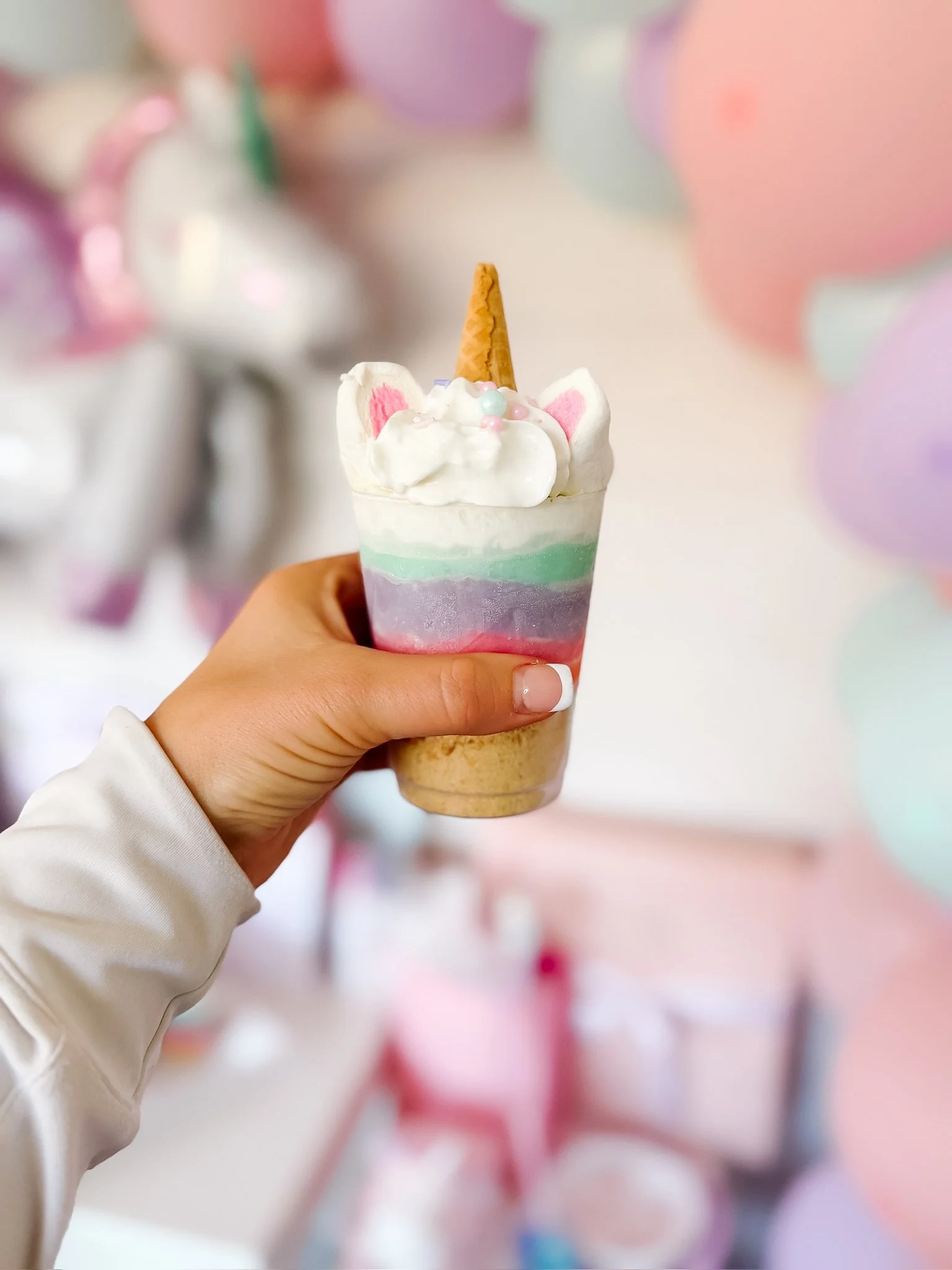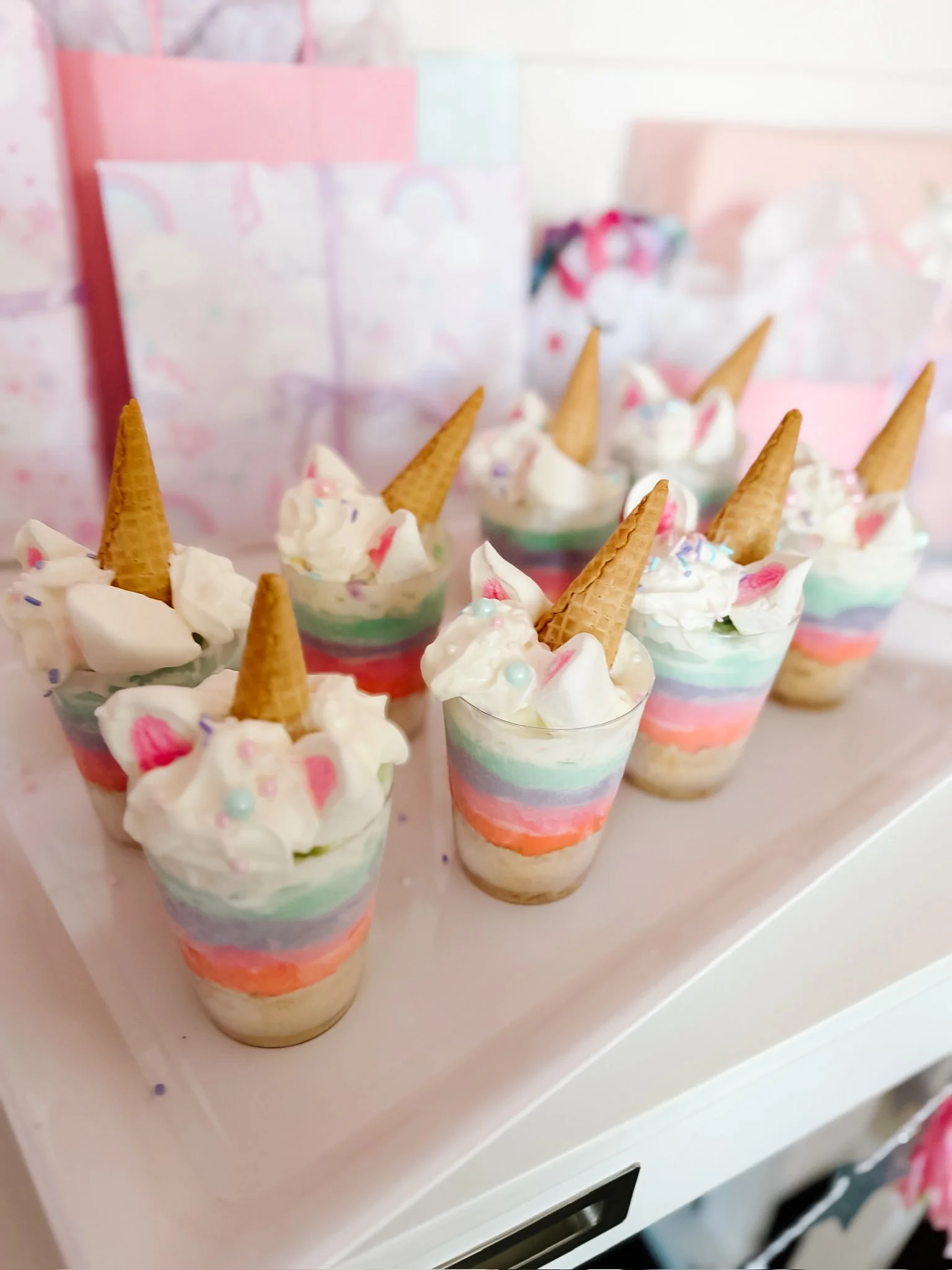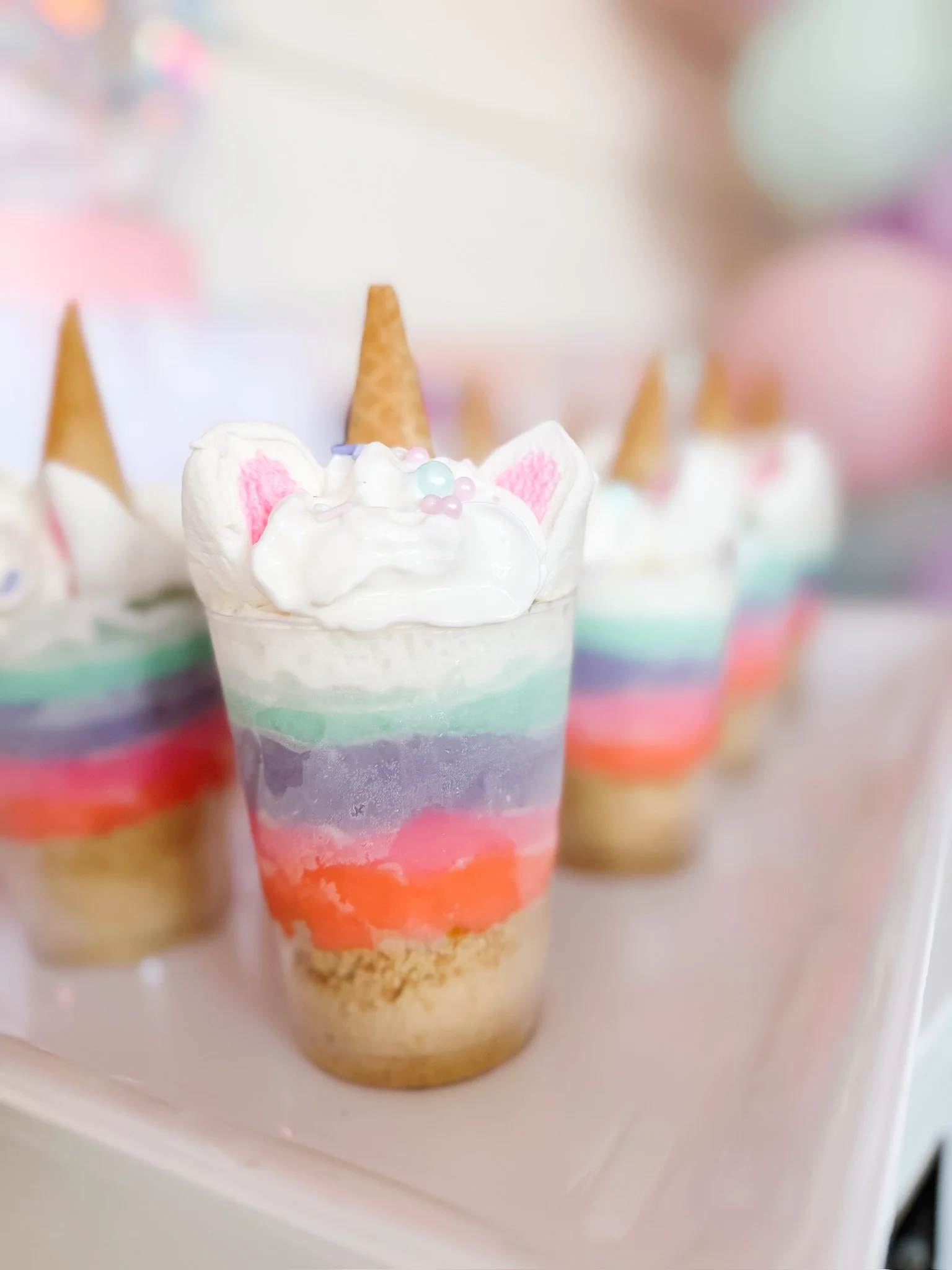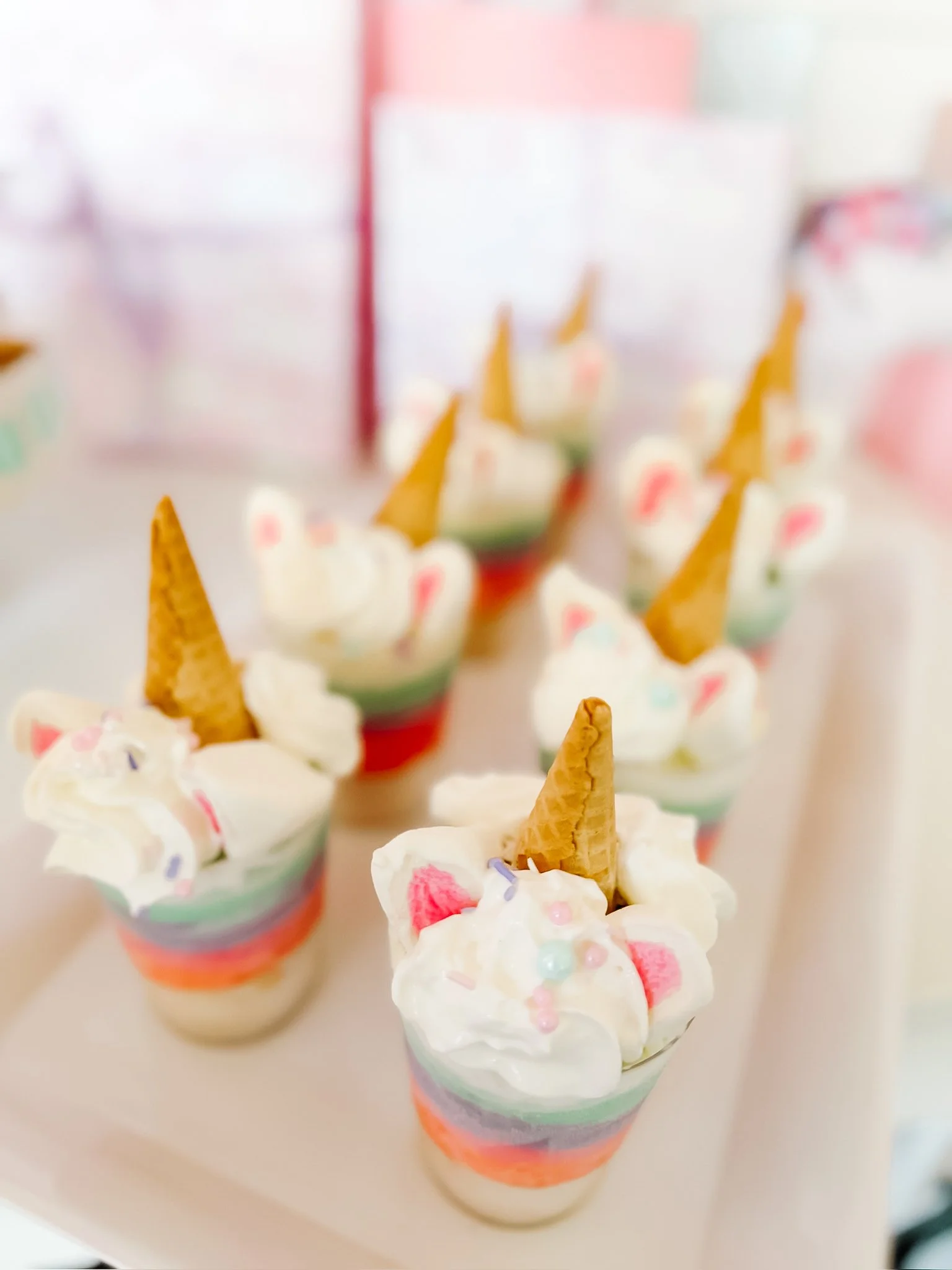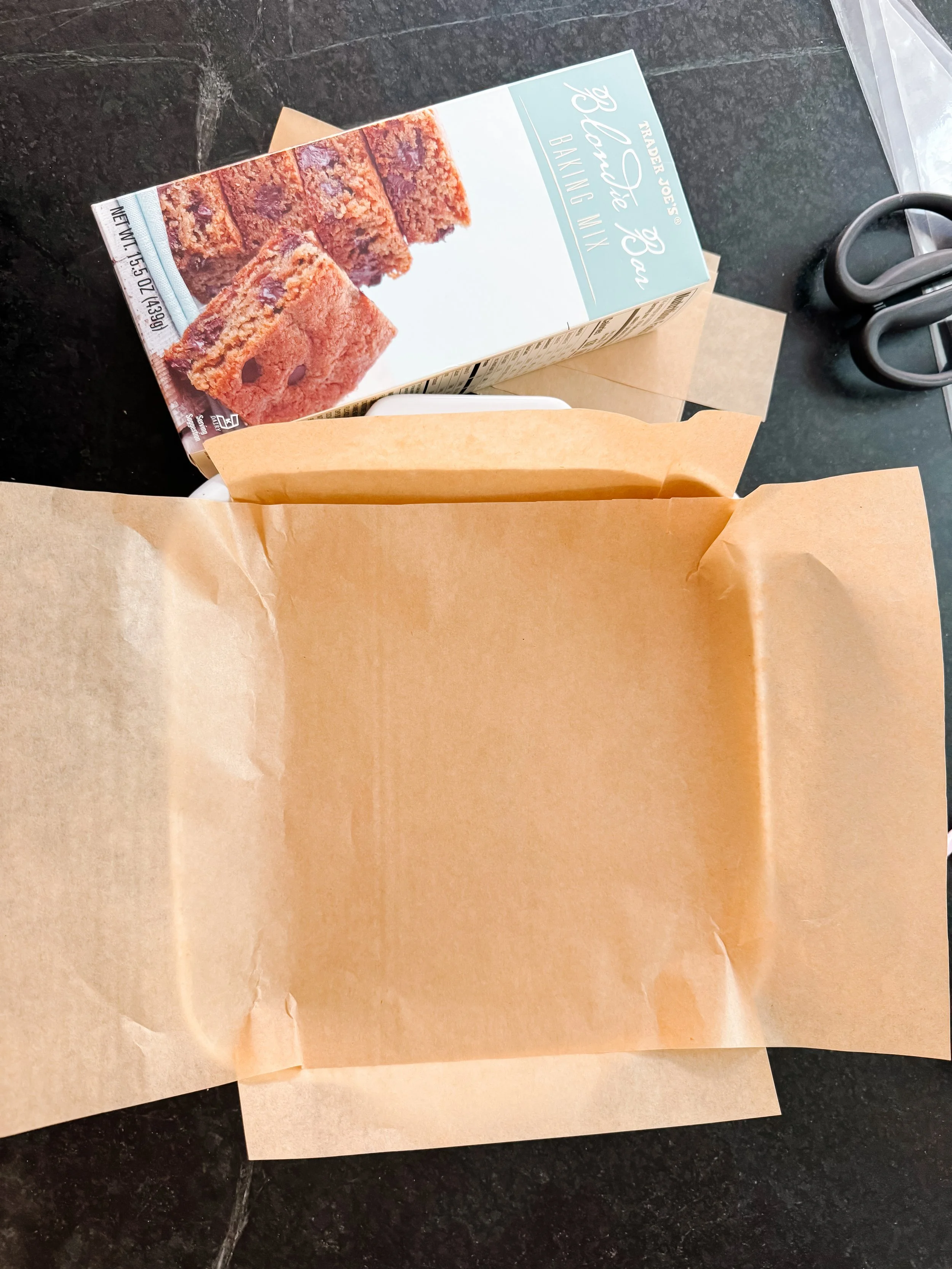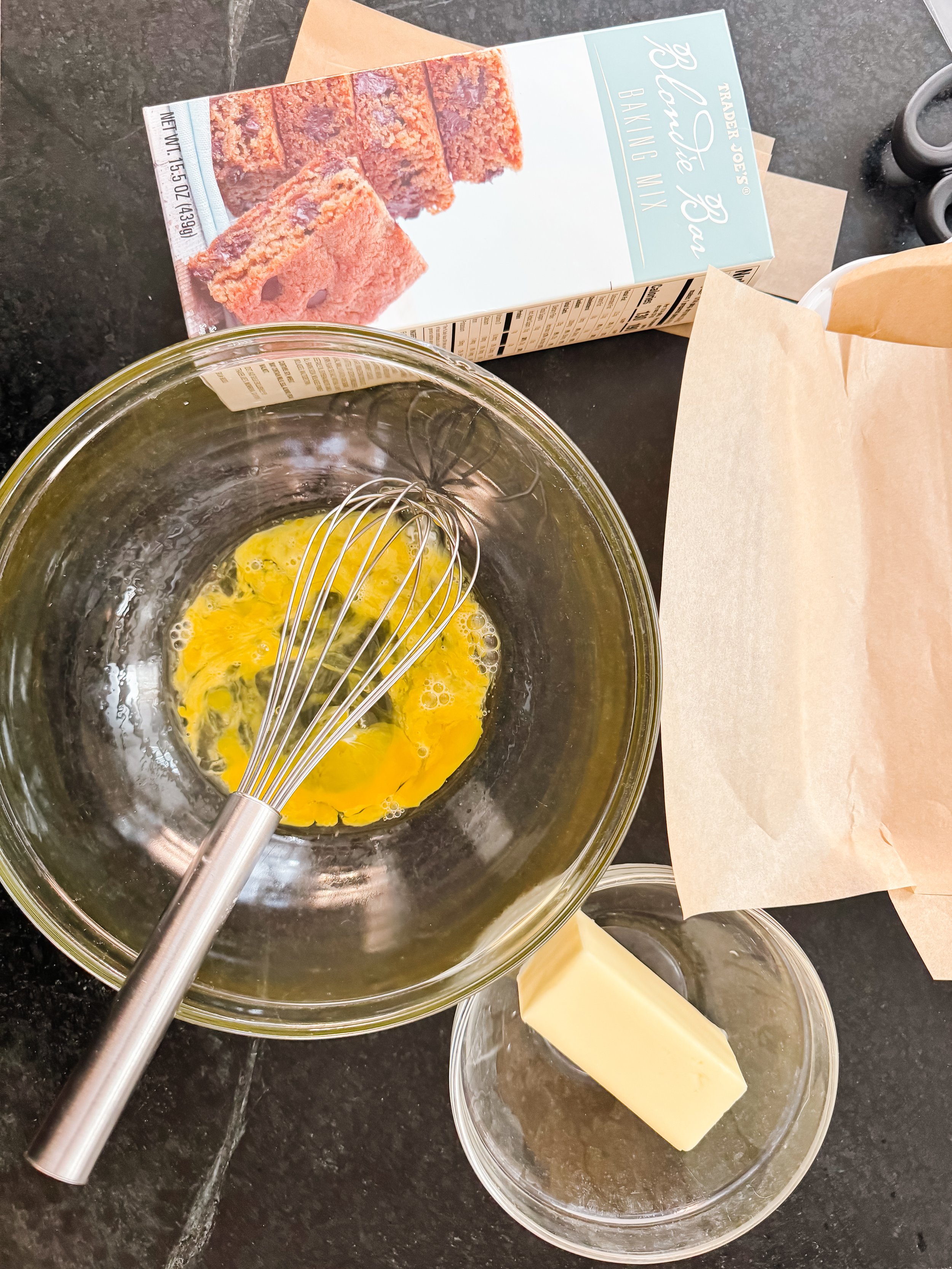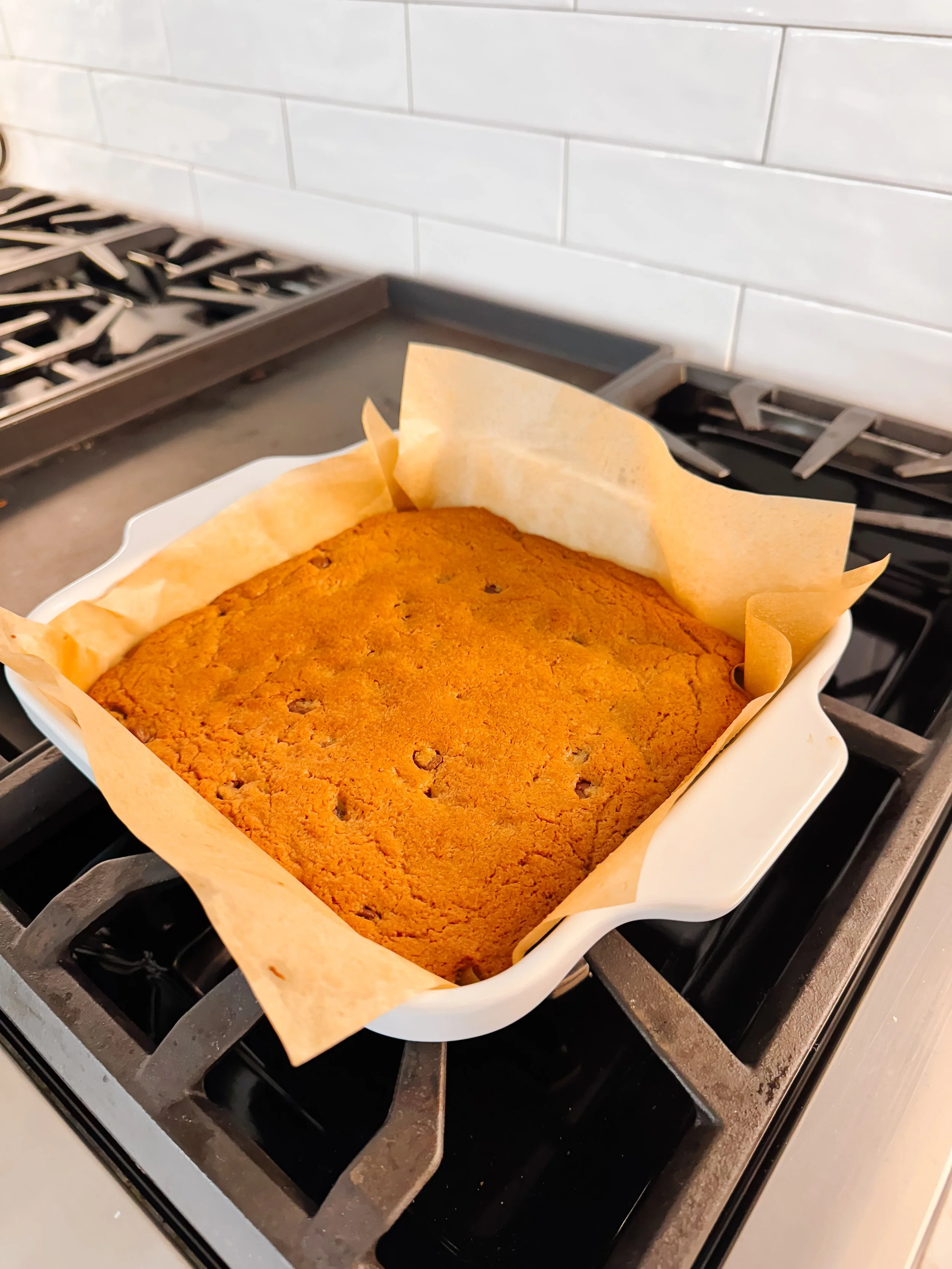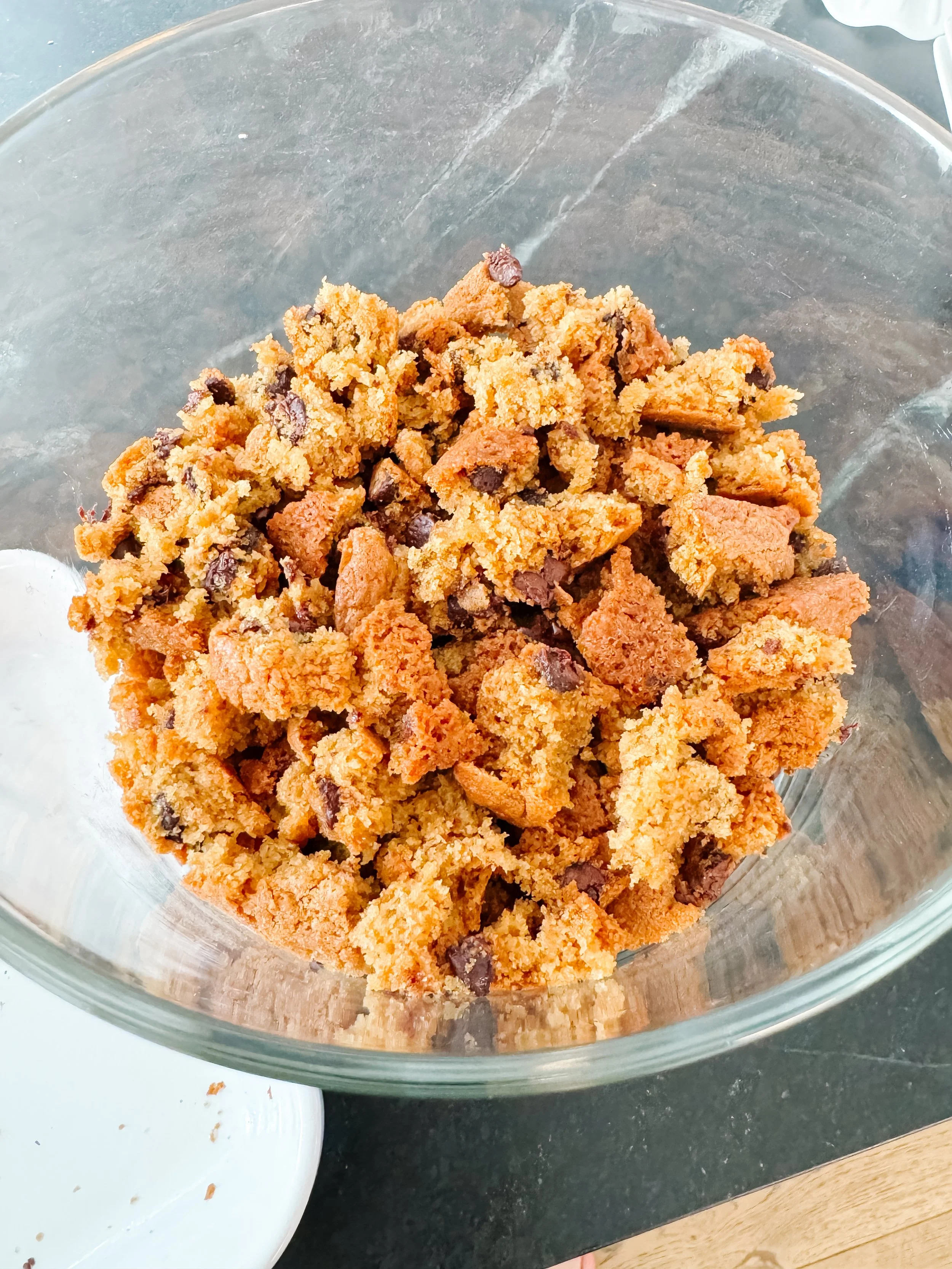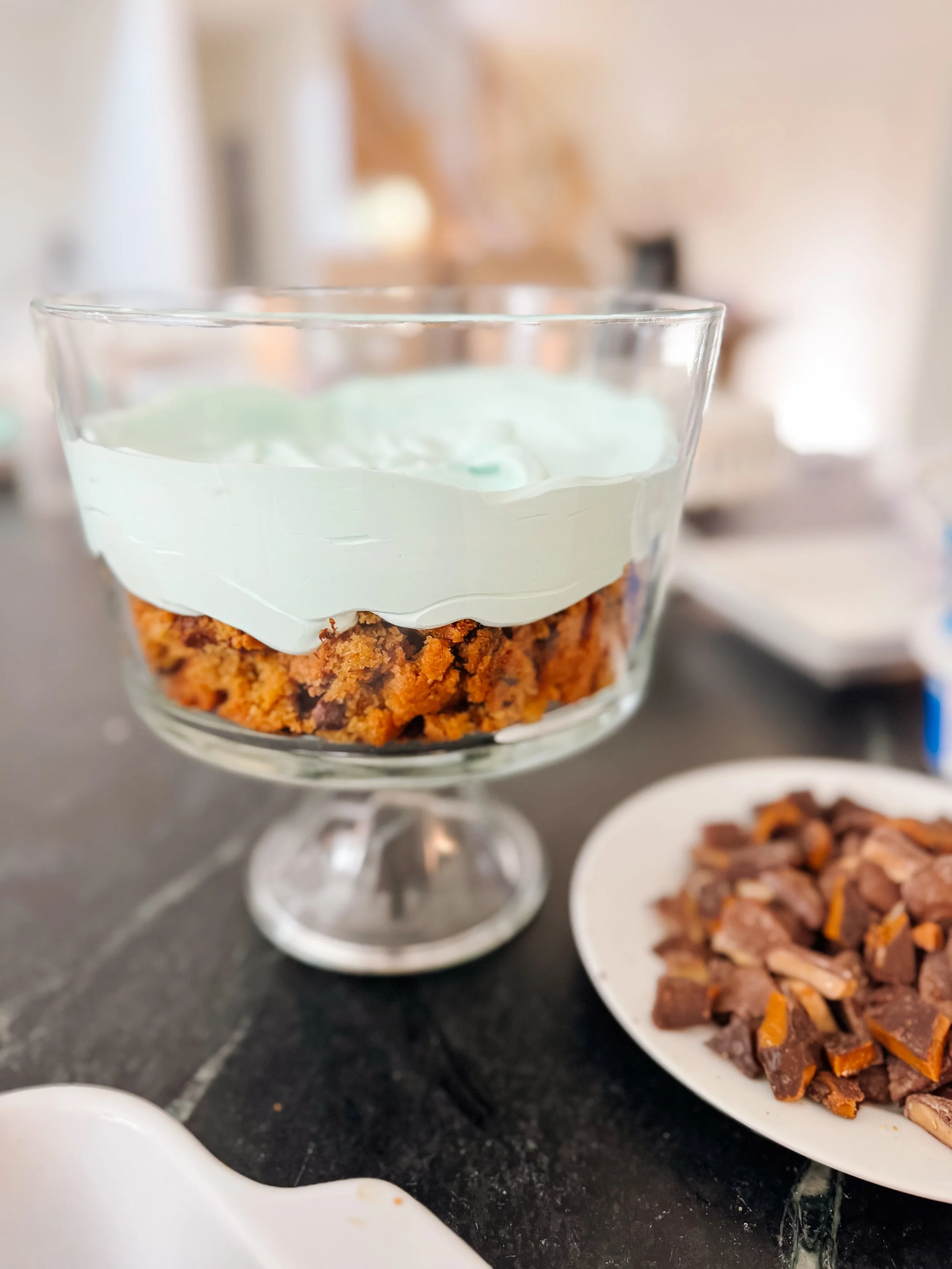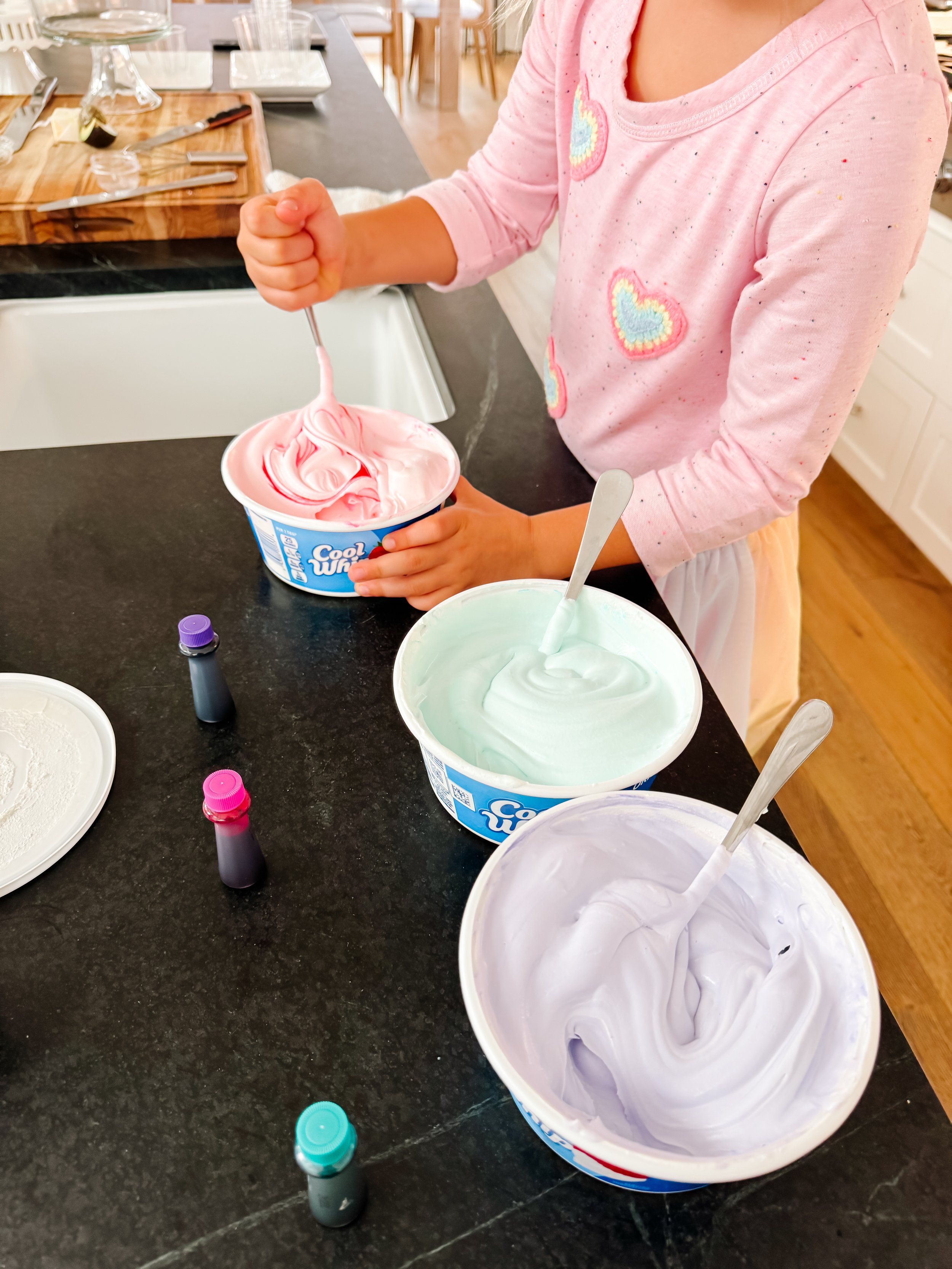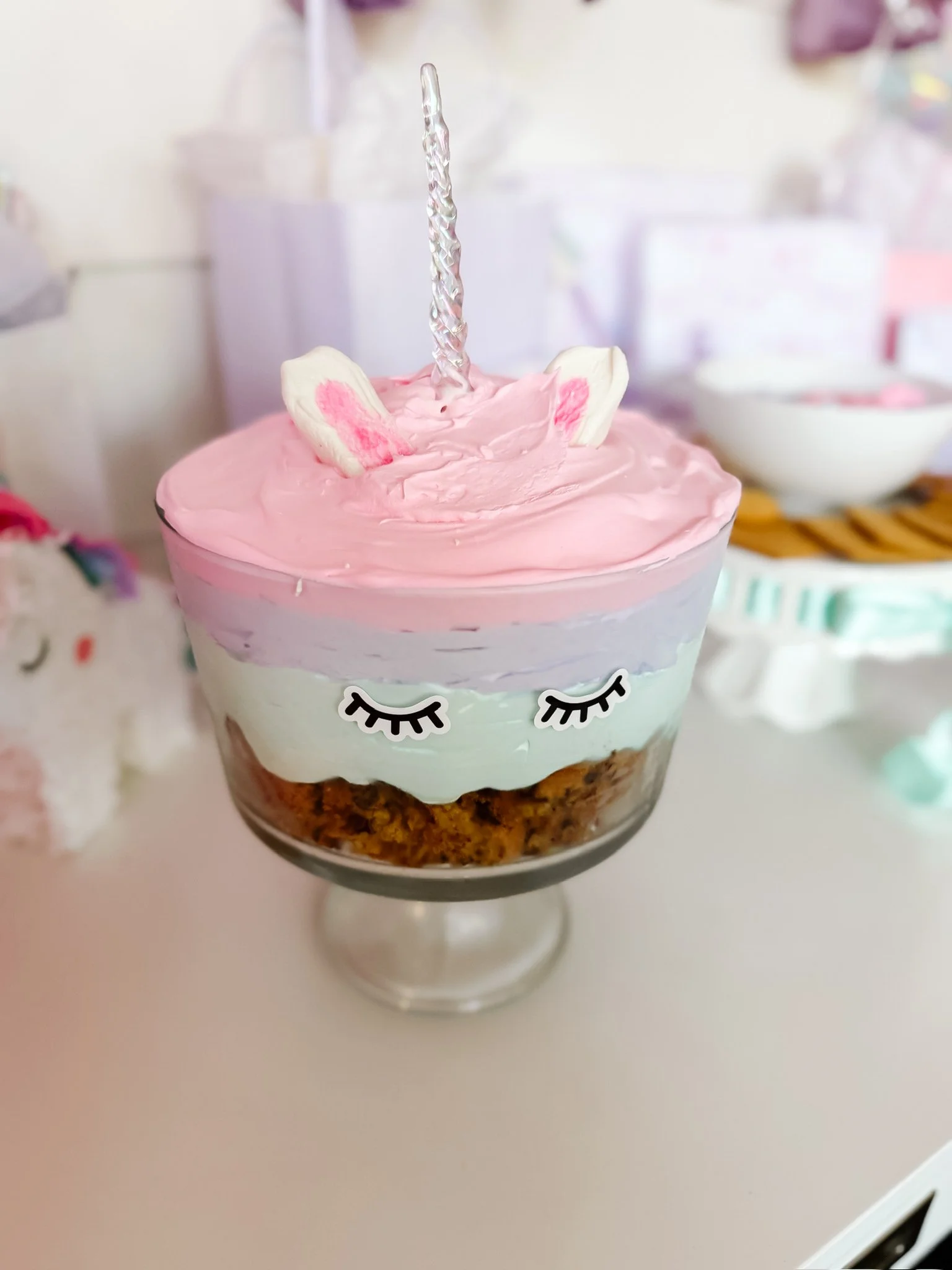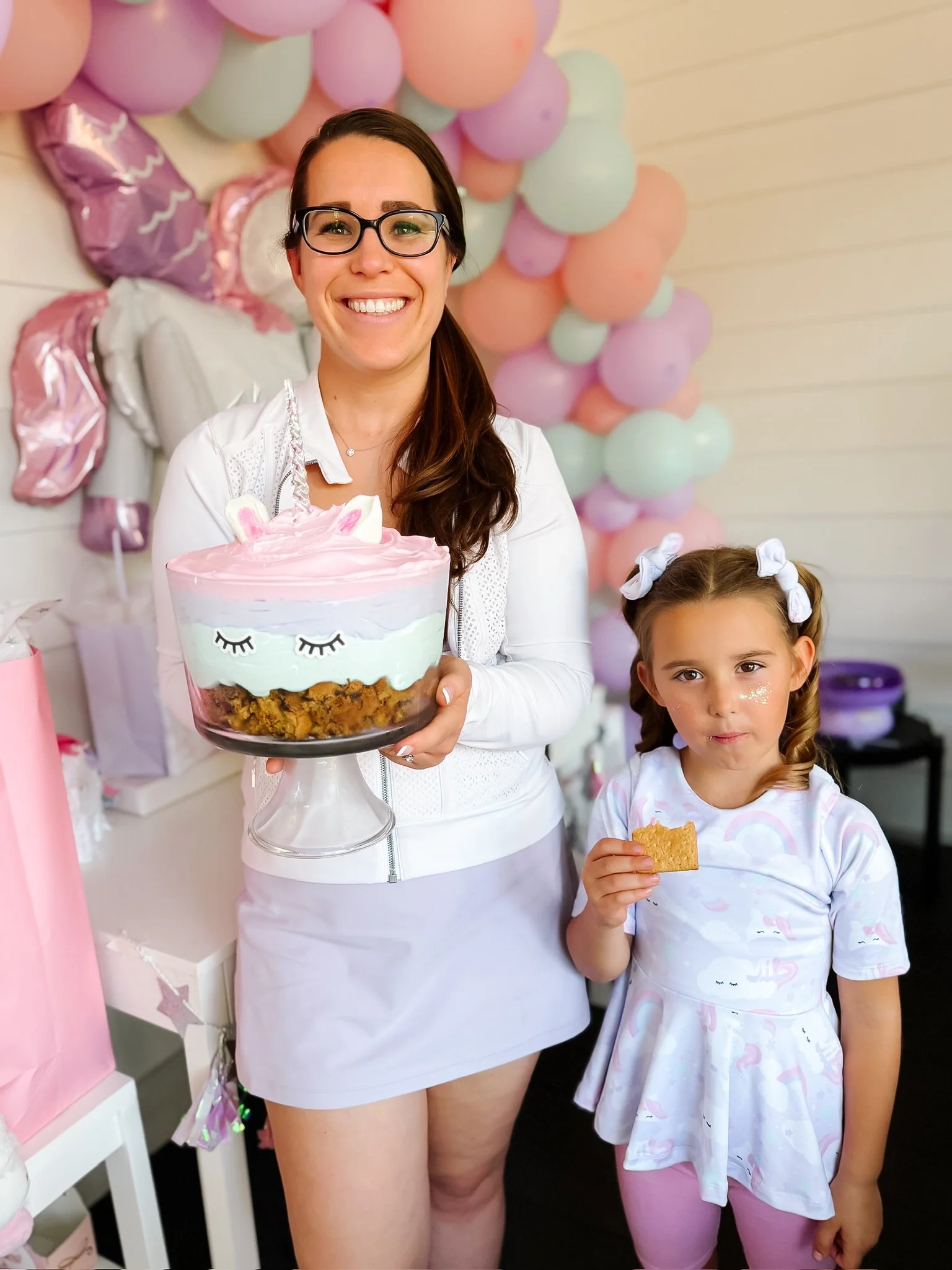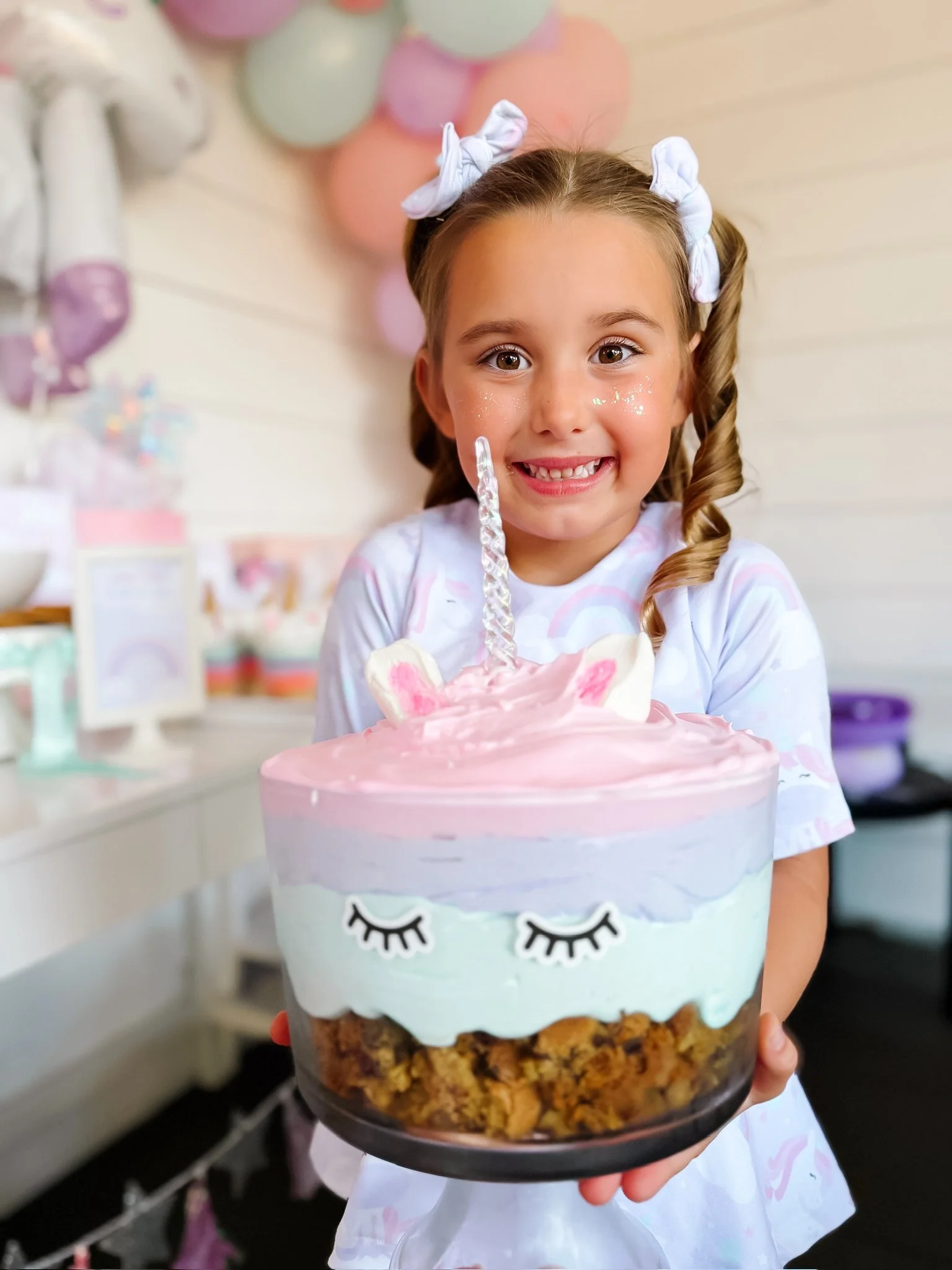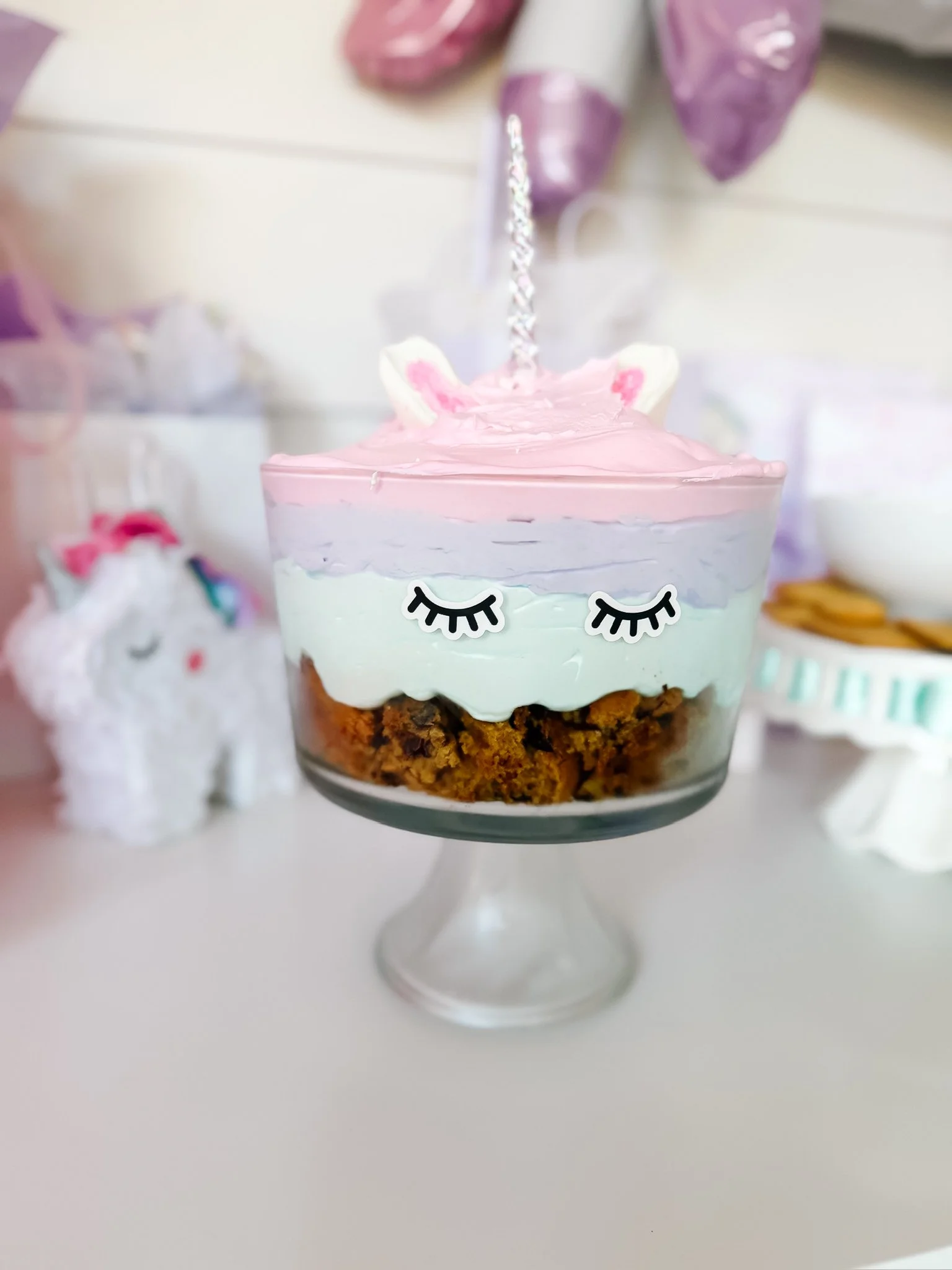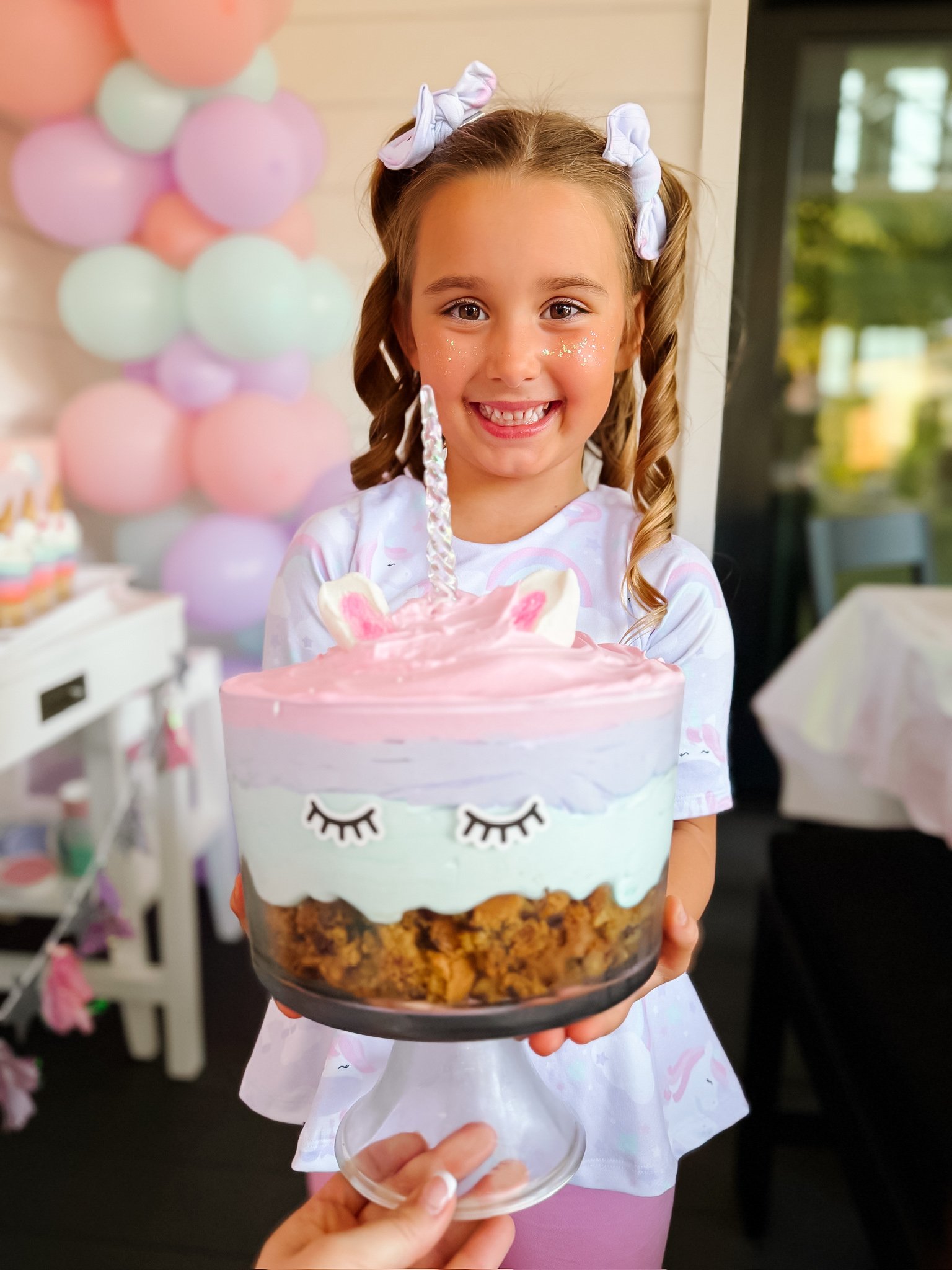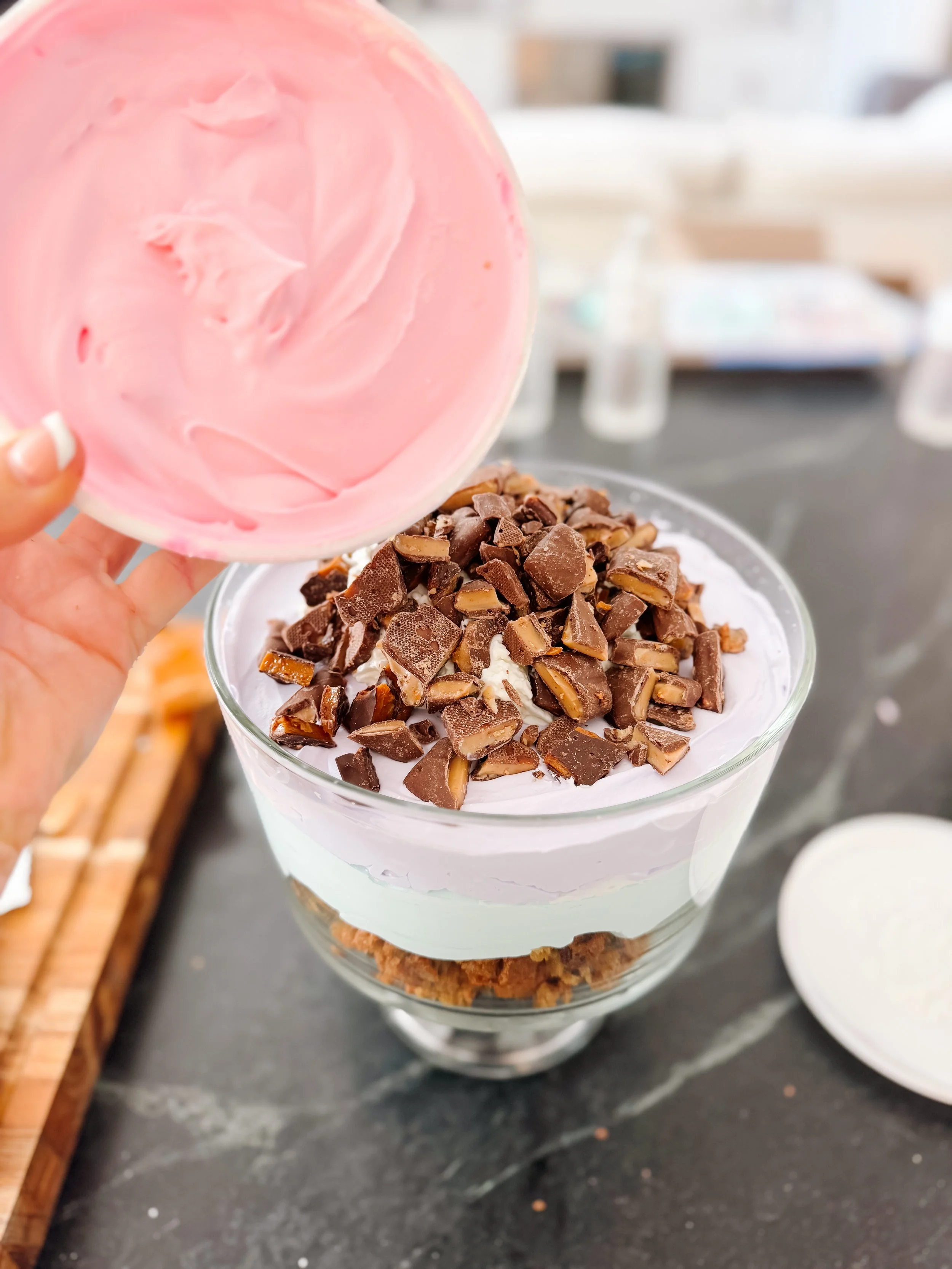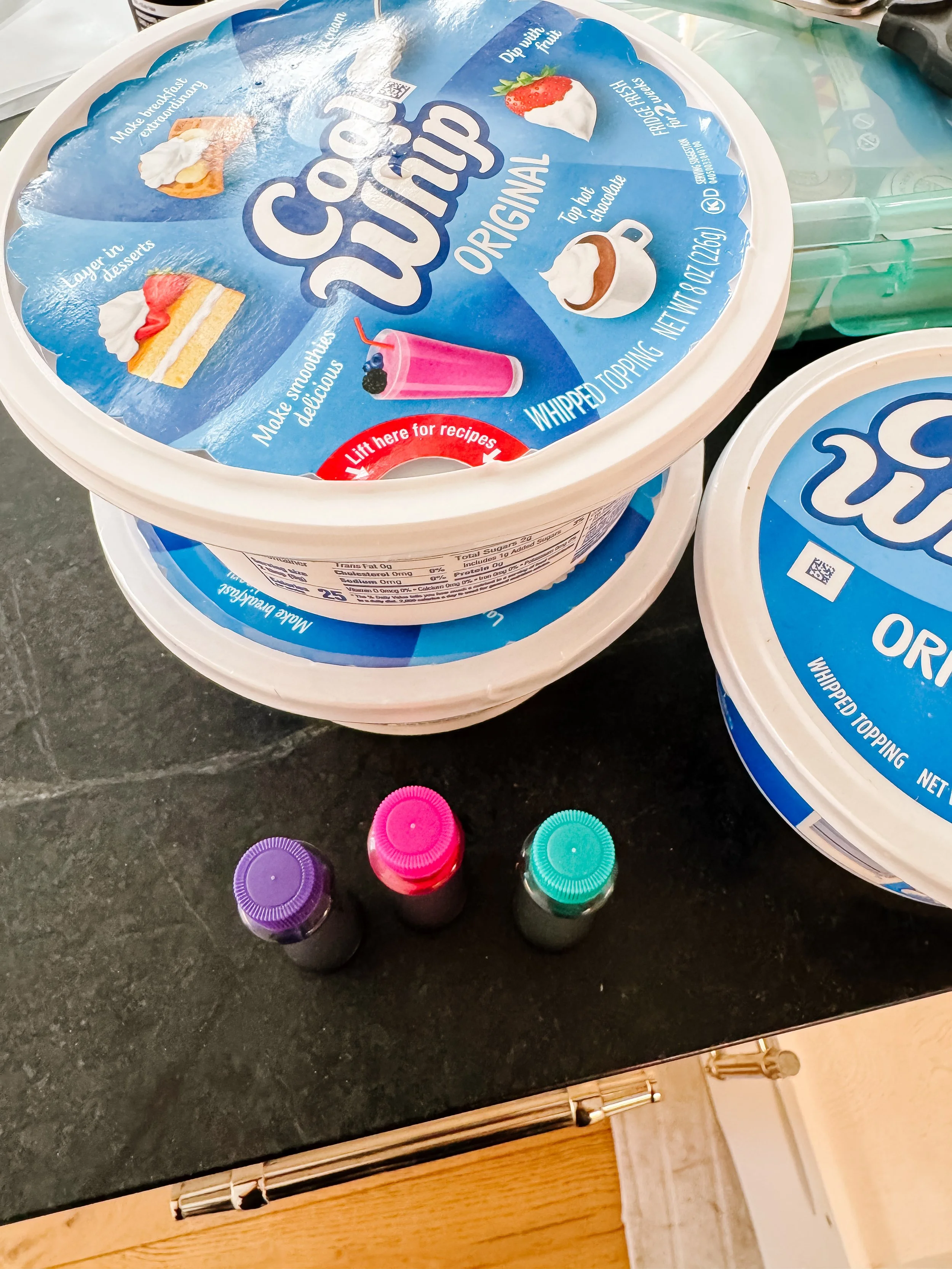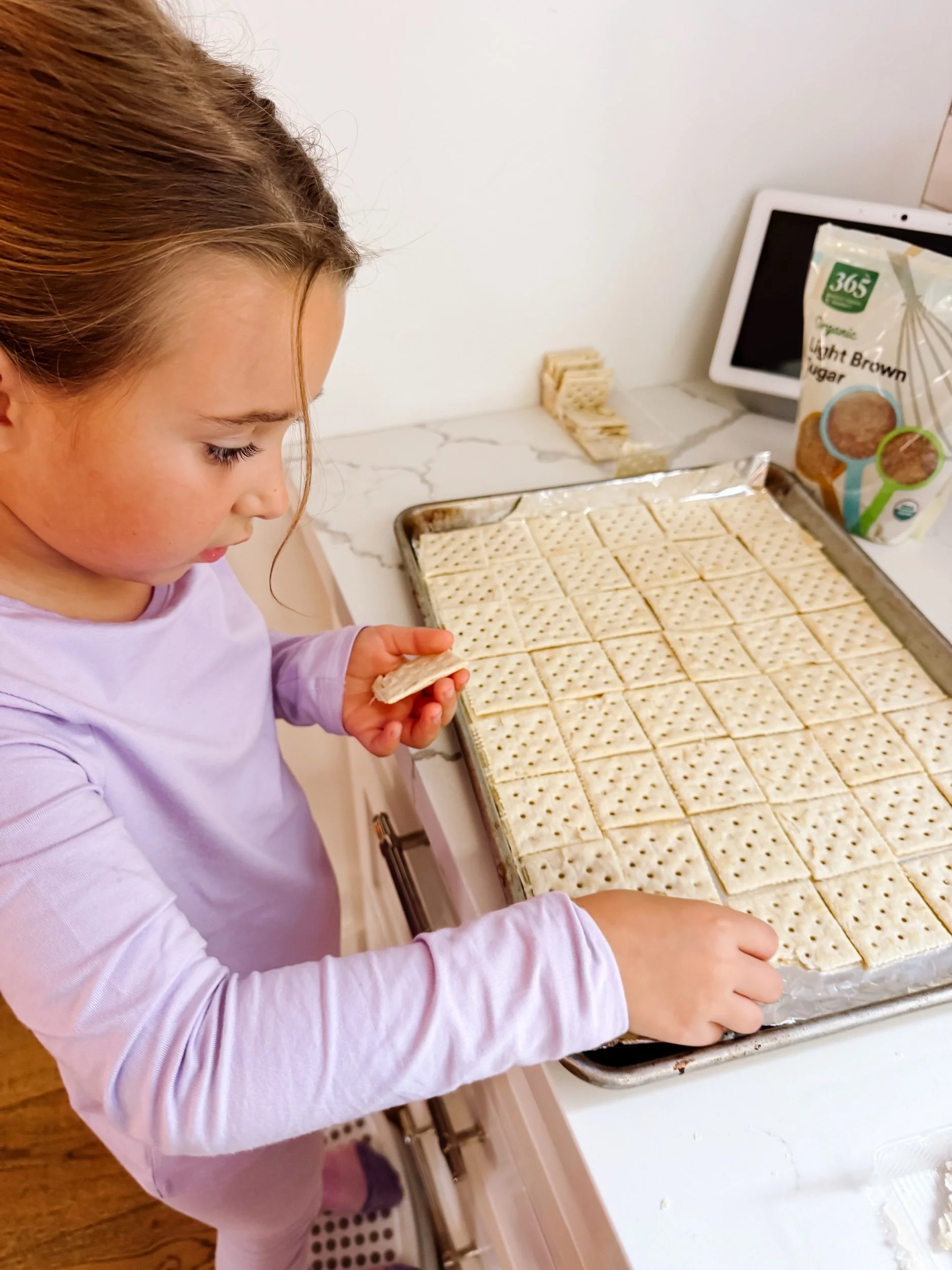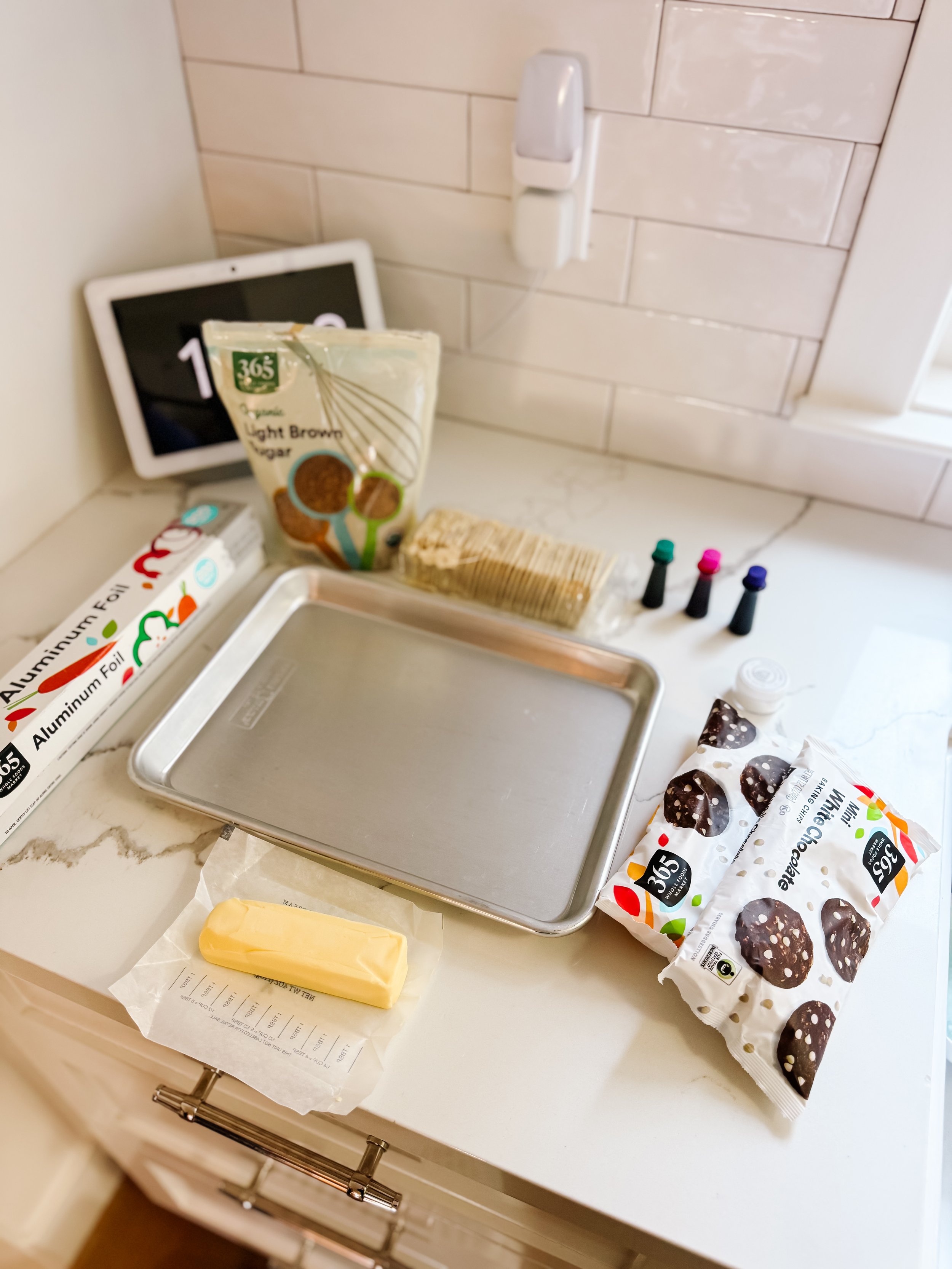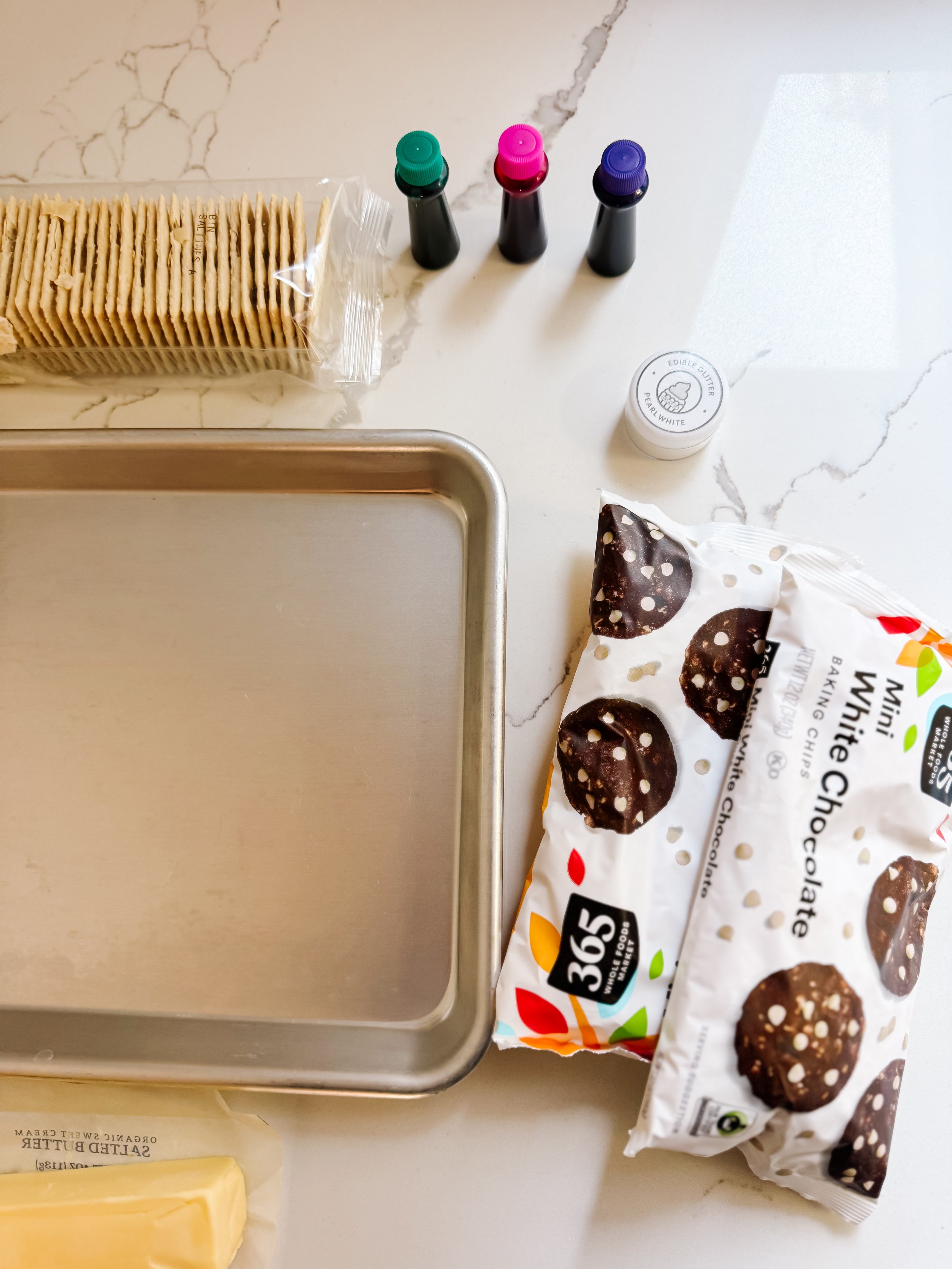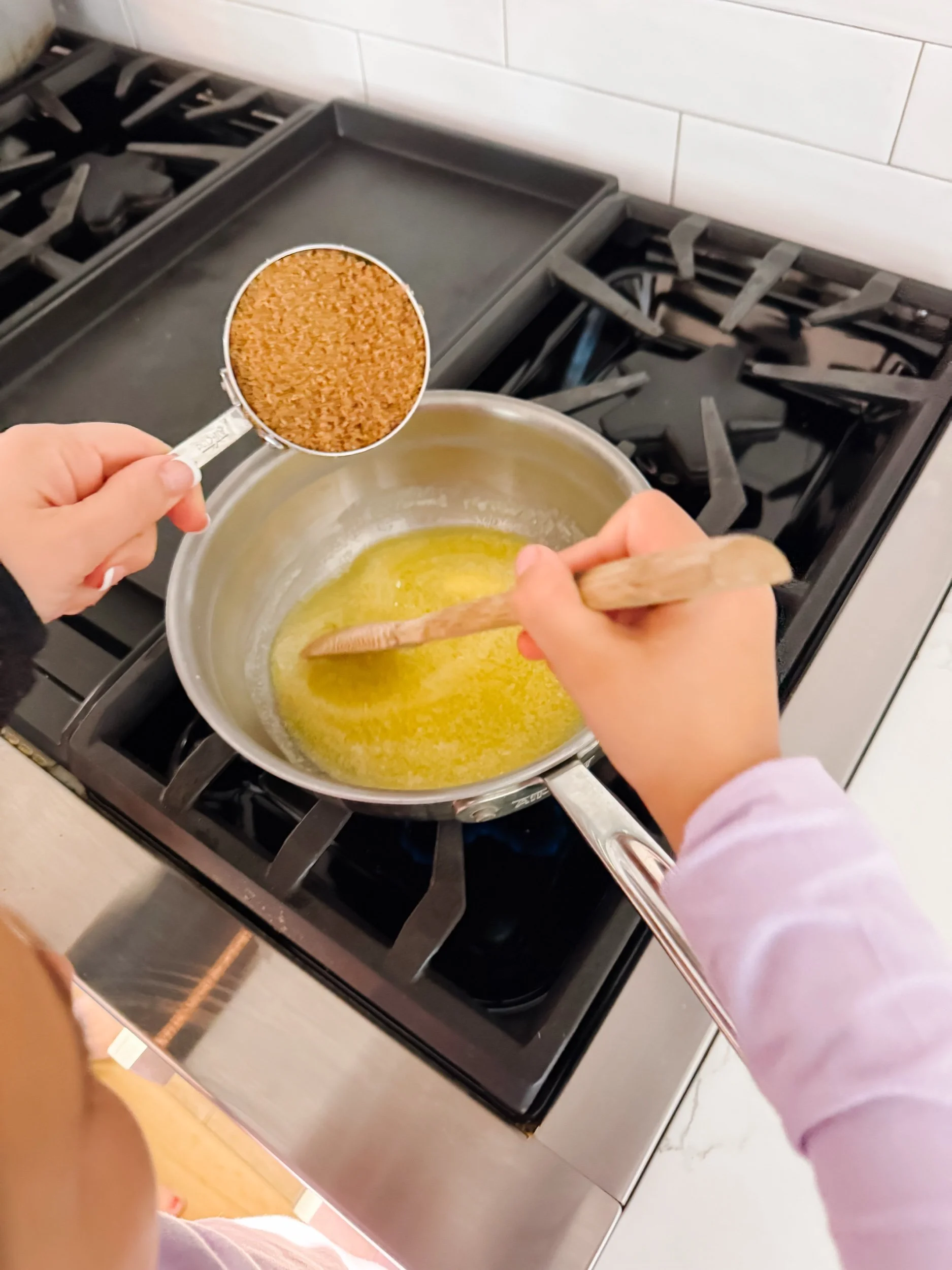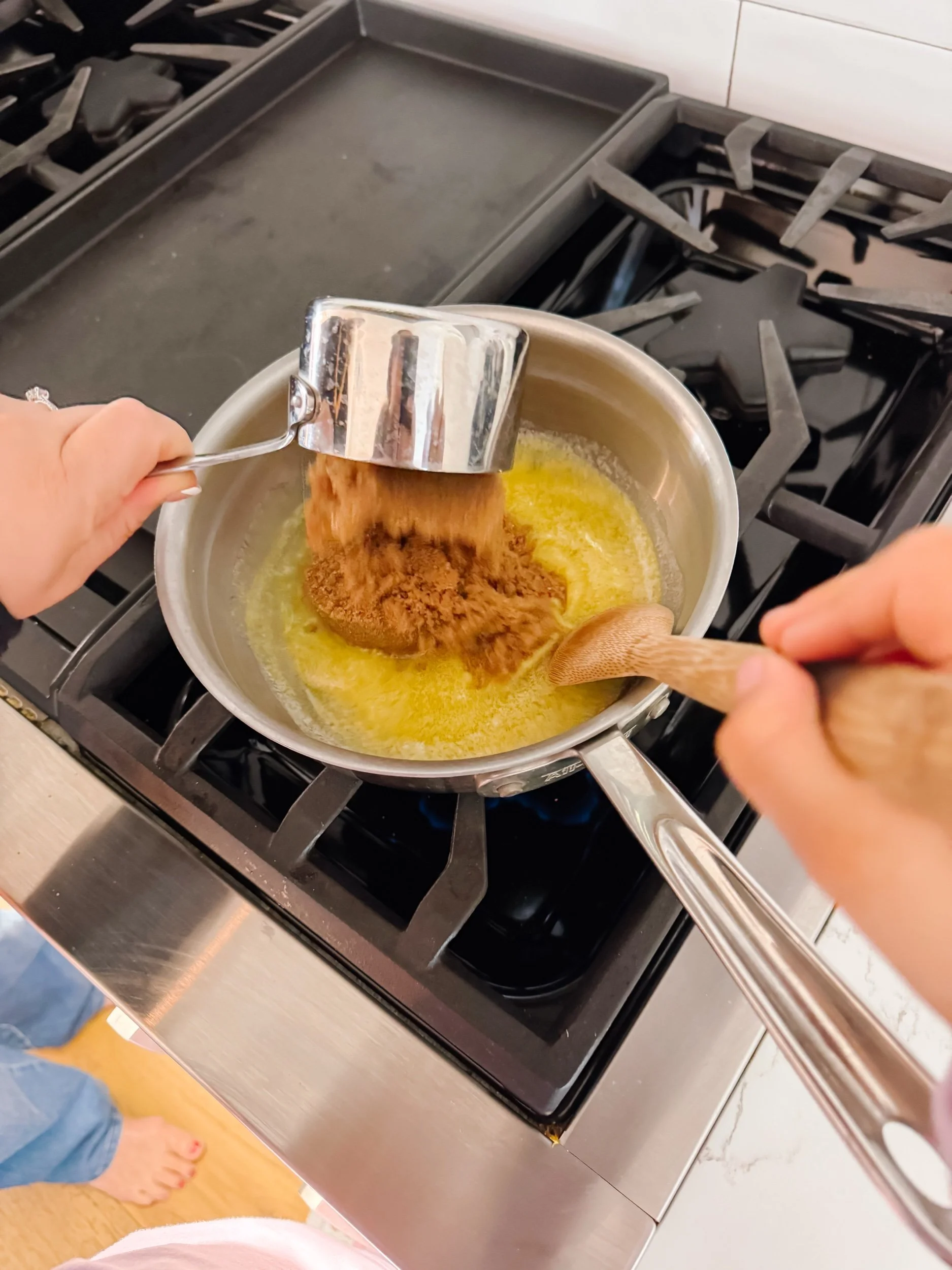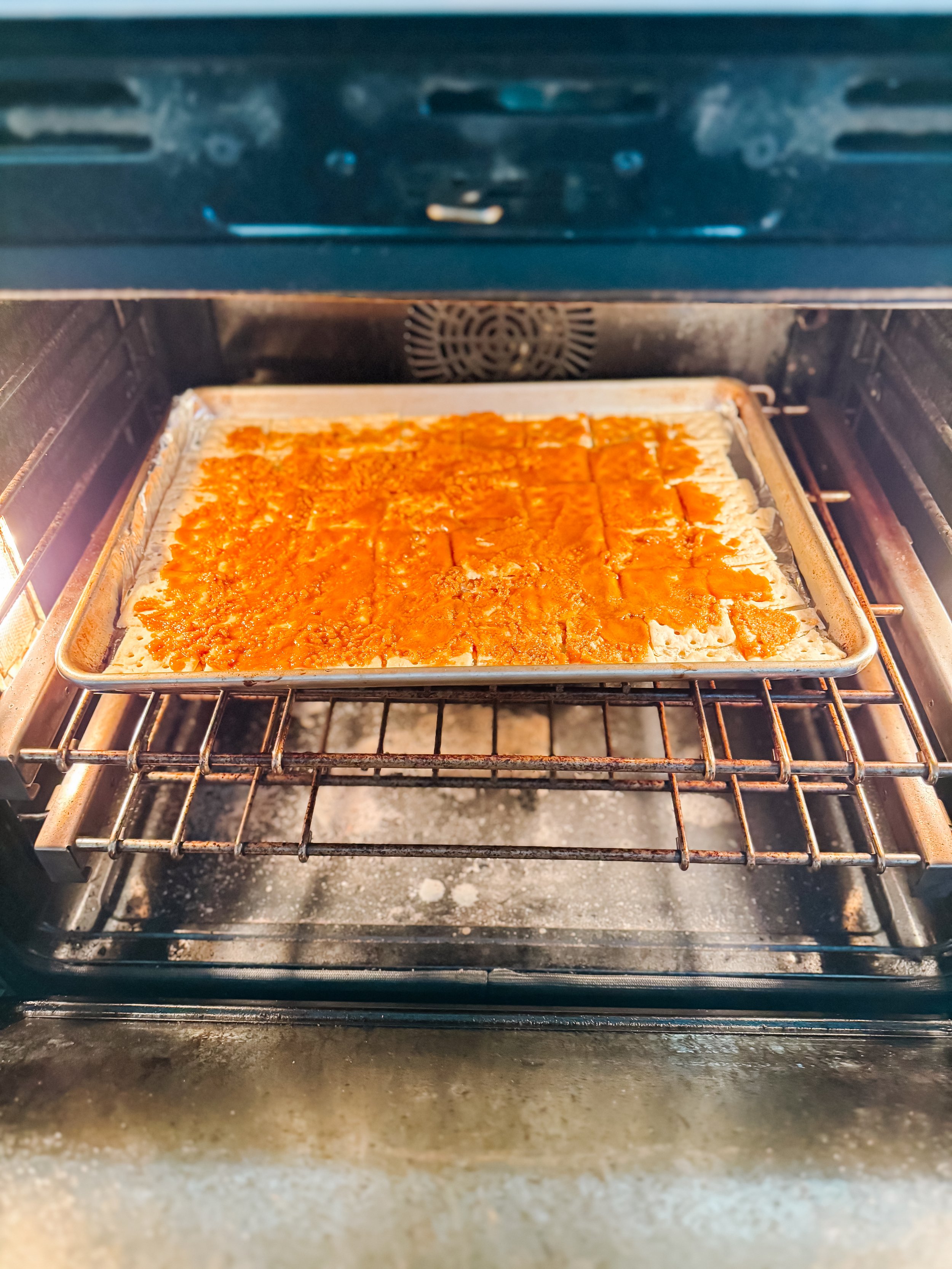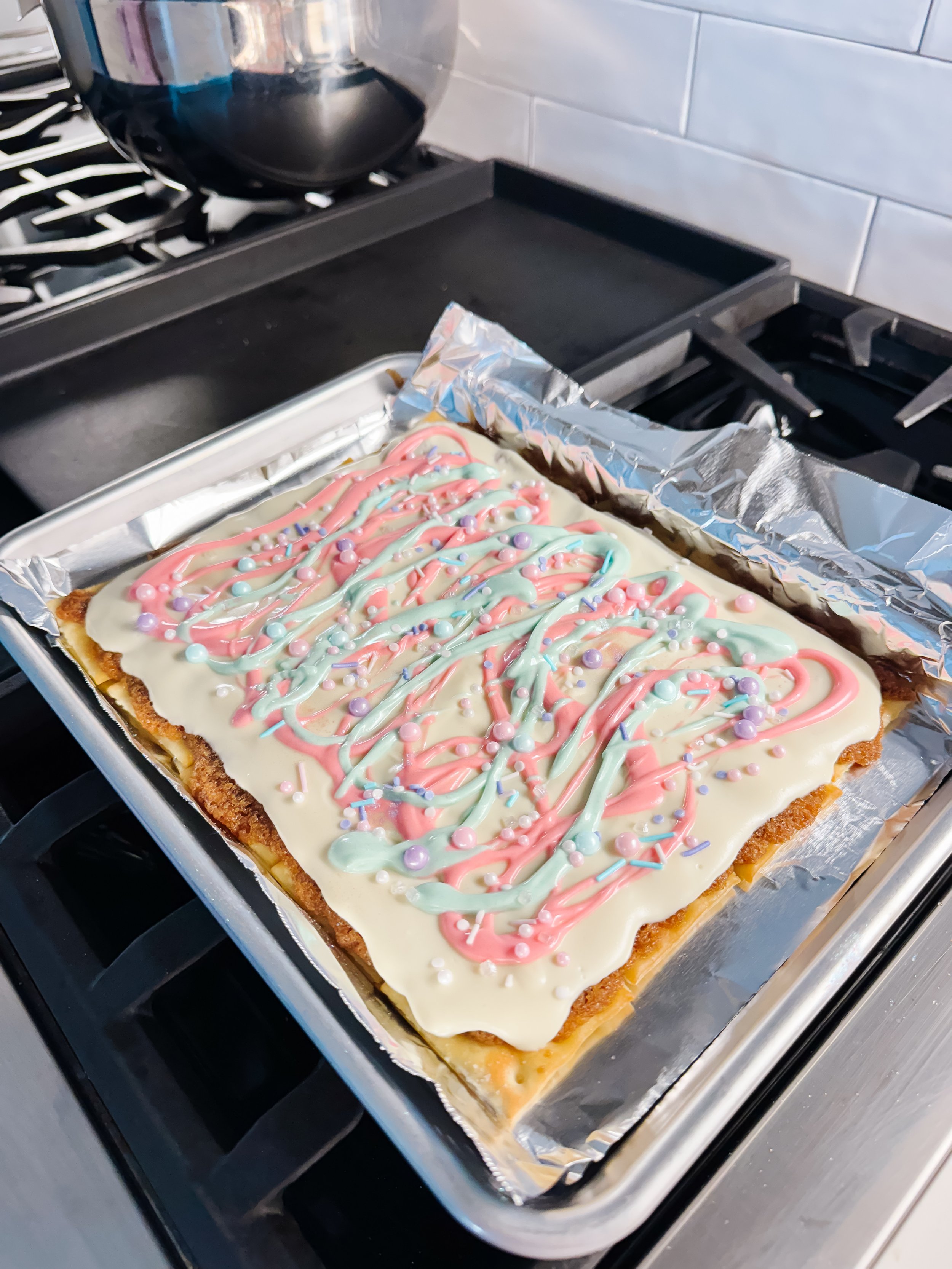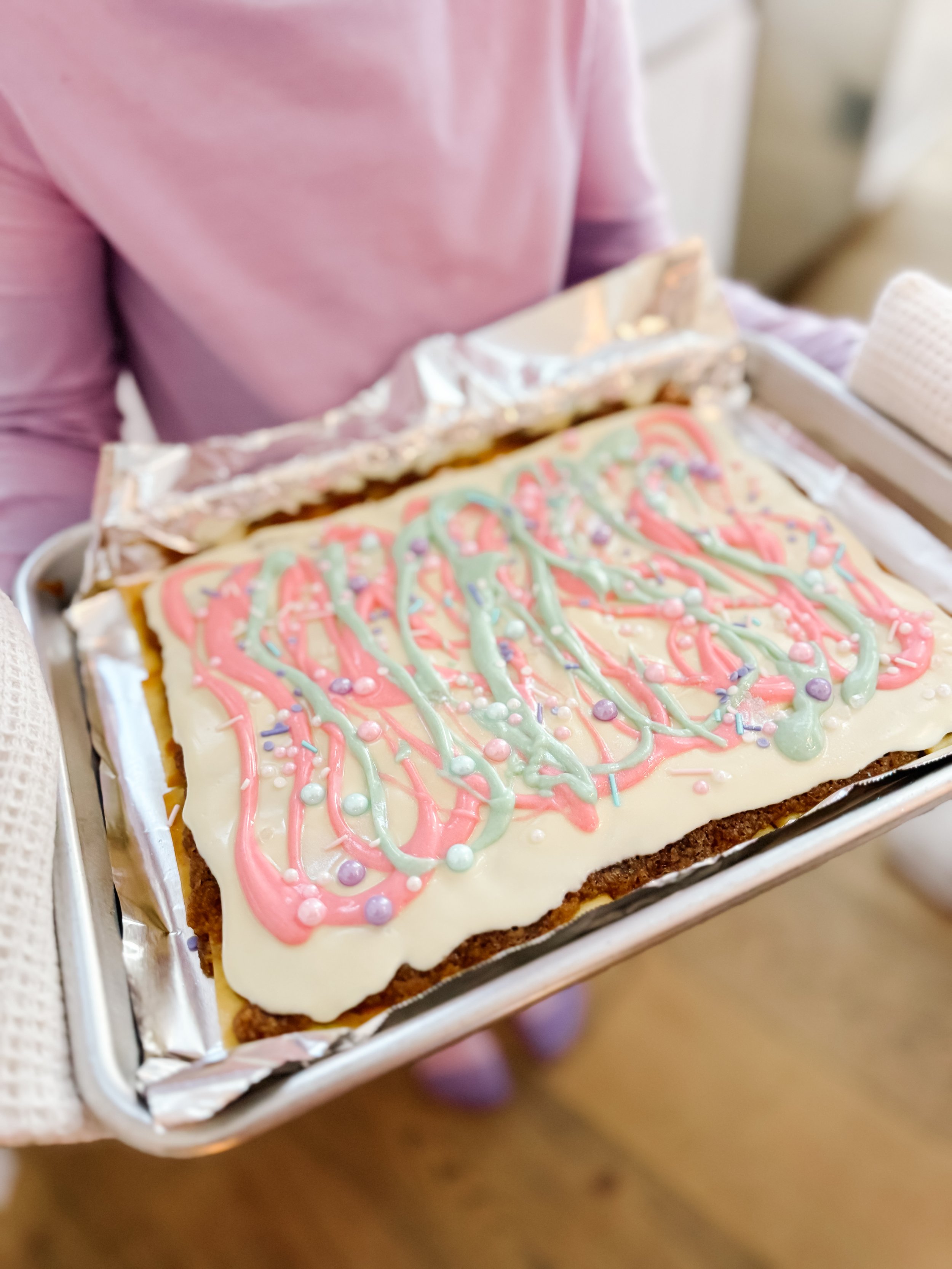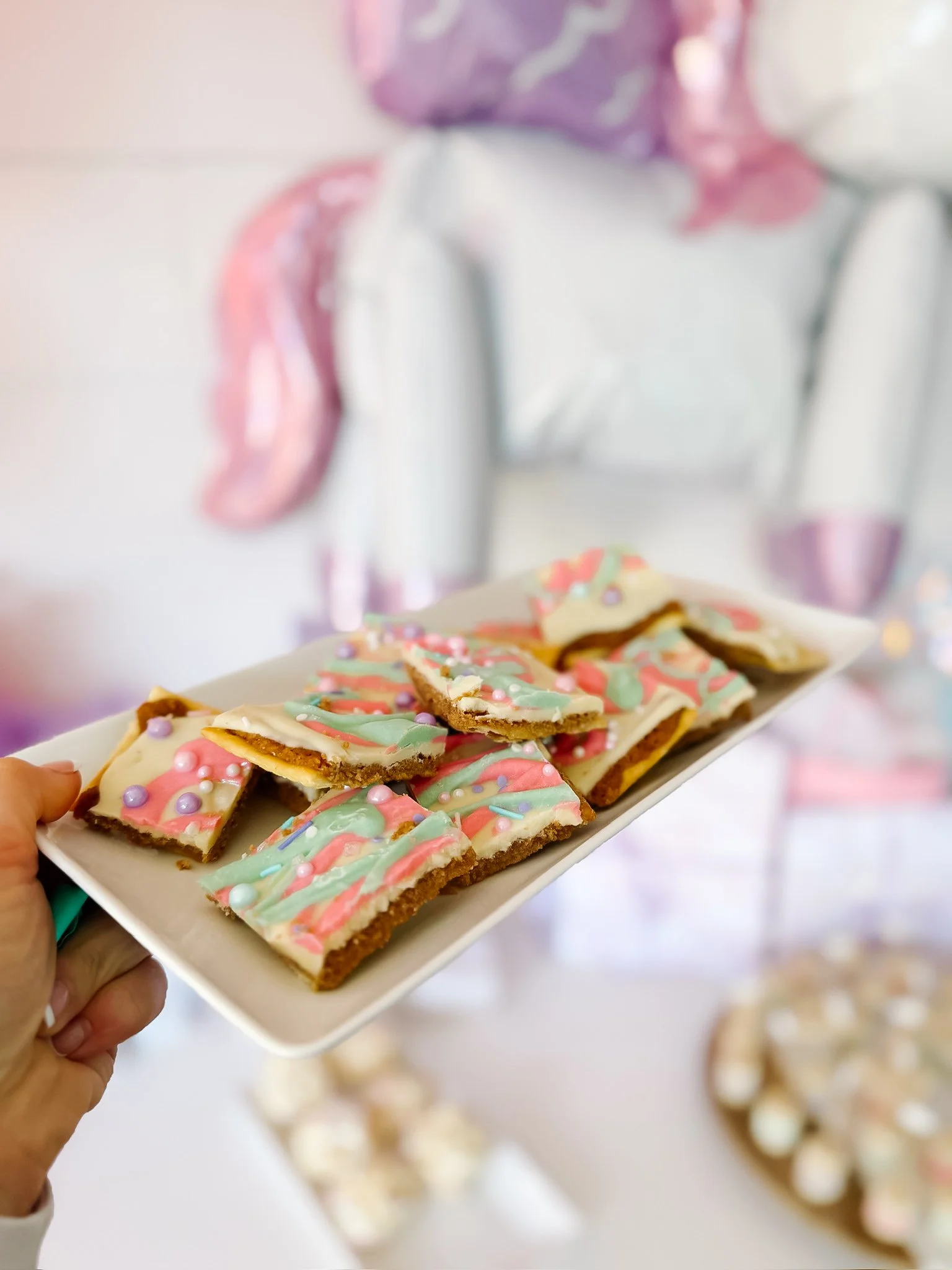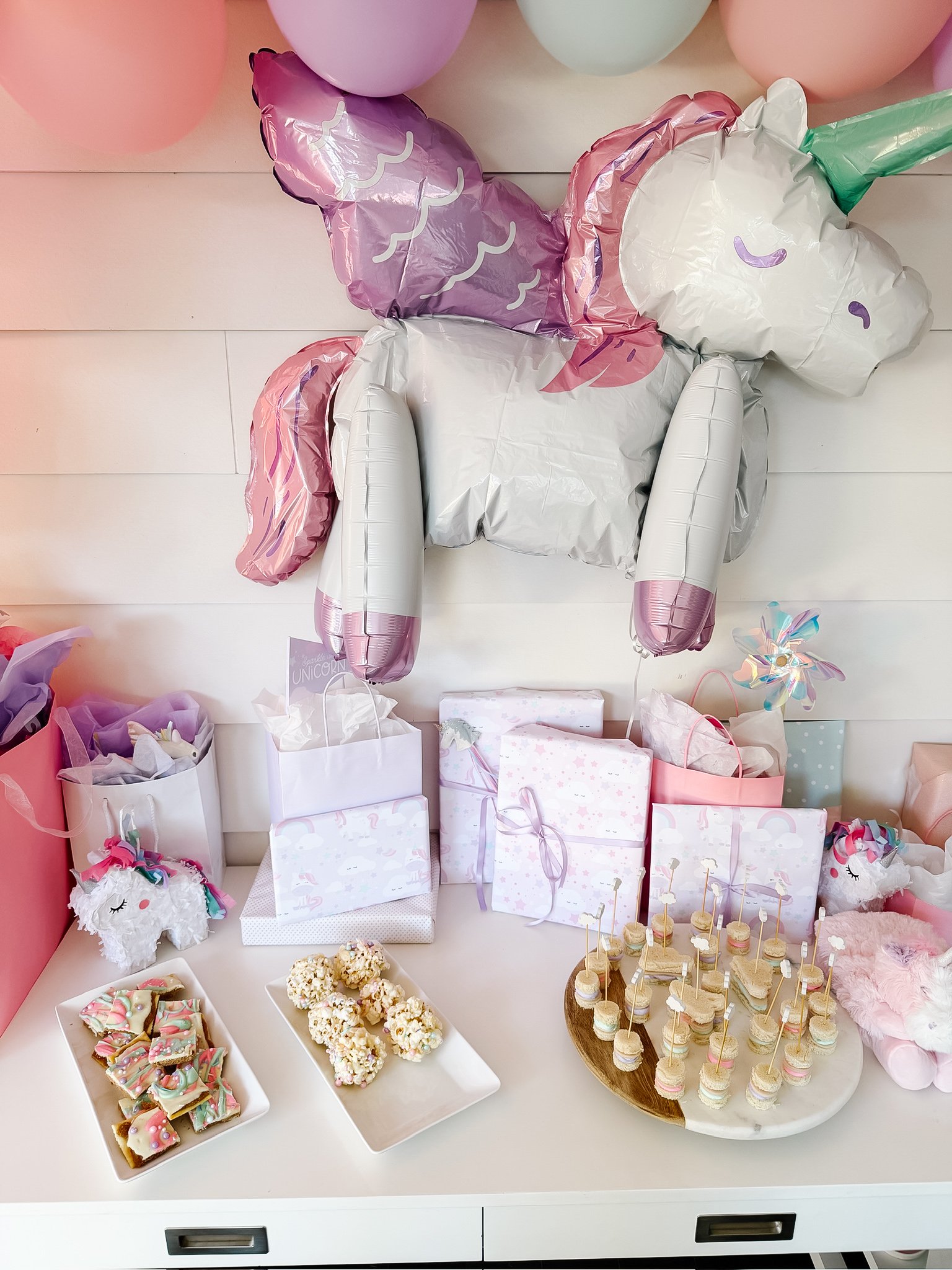A nature walk becomes magic when kids discover they can turn leaves, petals, and flowers into beautiful outfits for little illustrated characters. This hands-on craft combines outdoor exploration, sensory learning, creativity, and fine-motor development—all while giving children a fun way to engage with nature. In this activity, kids collect natural materials during a walk and then use the free GoodnightFox dress-up printable template to design whimsical outfits.
This is a beautiful, low-prep, screen-free project perfect for preschool, kindergarten, and early elementary learners.
Materials
Free GoodnightFox Nature Dress-Up Printable
Cardstock or thick paper
Glue dots or school glue
A small collection bag or basket for the nature walk
Flowers, leaves, herbs, petals, seed pods, grasses, or other safe natural materials
Optional: crayons, colored pencils, washi tape
How to Guide / Step-By-Step Instructions
1. Go on a Nature Walk
Take a relaxing stroll through the backyard, neighborhood, park, or garden. Encourage your child to look for:
Leaves in different shapes and sizes
Flower petals (fallen or gently picked with permission)
Interesting textures like sage leaves, mint sprigs, pine needles, or soft grasses
2. Collect Your “Fashion Materials”
Give kids their own nature bag or basket. Let them collect anything safe, non-toxic, and not protected. Try to focus on items found on the ground to keep the activity eco-friendly.
3. Print the Free Dress-Up Templates
Your free GoodnightFox Dress-Up Dolls Printable features simple character outlines ready for kids to decorate. Print on cardstock for best results.
4. Create Your Natural Outfits
Spread out your nature treasures and invite kids to start arranging them on top of the character templates:
Use large leaves as skirts
Overlap colorful petals to create ball gowns
Use tiny herbs or buds as hair accessories
Long grasses make great scarves or belts
5. Glue Everything in Place
For young children, glue dots make this easy and mess-free. Older kids may enjoy using regular glue to create more elaborate designs.
6. Add Details
Let kids draw shoes, jewelry, sleeves, or background scenes. This part sparks storytelling and imaginative play.
Opportunities to Make This a Learning Moment
Use this activity for meaningful conversations about nature, observation, and creativity. Here are prompts parents can use:
“What colors did we see the most today?”
“Which leaf feels soft? Which one feels rough?”
“Why do you think the leaves have different shapes?”
“What season do you think these colors remind you of?”
“How does nature inspire fashion?”
“Do petals or leaves make a stronger material?”
This is also a great activity for building early science vocabulary and developing descriptive language skills.
Vocabulary Words to Weave In
texture
petal
leaf vein
stem
season
color palette
detail
symmetrical
pattern
natural materials
arrange
gather
observe
variation
environment
Homeschool Curriculum
This activity pairs perfectly with weeks covering seasons, plants, senses, nature, fine motor skills, and creative arts inside the GoodnightFox Homeschool Curriculum.
Families following the curriculum can use this activity as a hands-on enrichment project on days focused on outdoor learning, observational science, and art exploration.
Learning Extensions
Encourage deeper play and learning with related GoodnightFox resources:
Nature Walk Scavenger Hunt Printable
Seasonal Flashcards
Plant Life Cycle Worksheets
Outdoor Exploration Activity Pack
Fine Motor Cutting Strips (leaf + flower themes)
These add structure and educational depth to your themed weeks.
Download Your Free Nature Dress-Up Printable
Turn your next walk into a magical kids’ craft!
➡️ Download the FREE template at GoodnightFox.com
This printable is perfect for classrooms, playdates, parkschools, and homeschool families looking for a simple, creative, screen-free project that children love.




